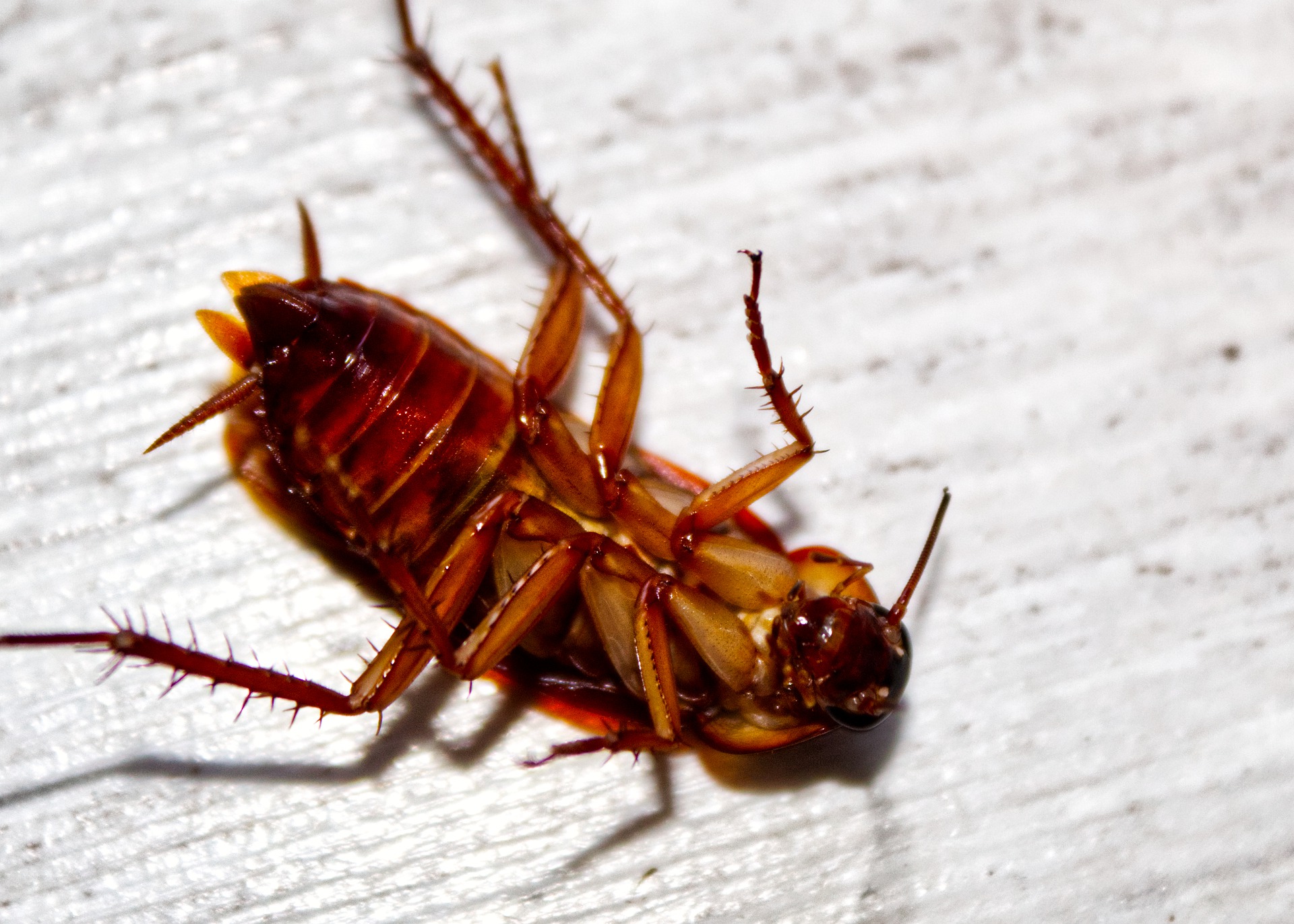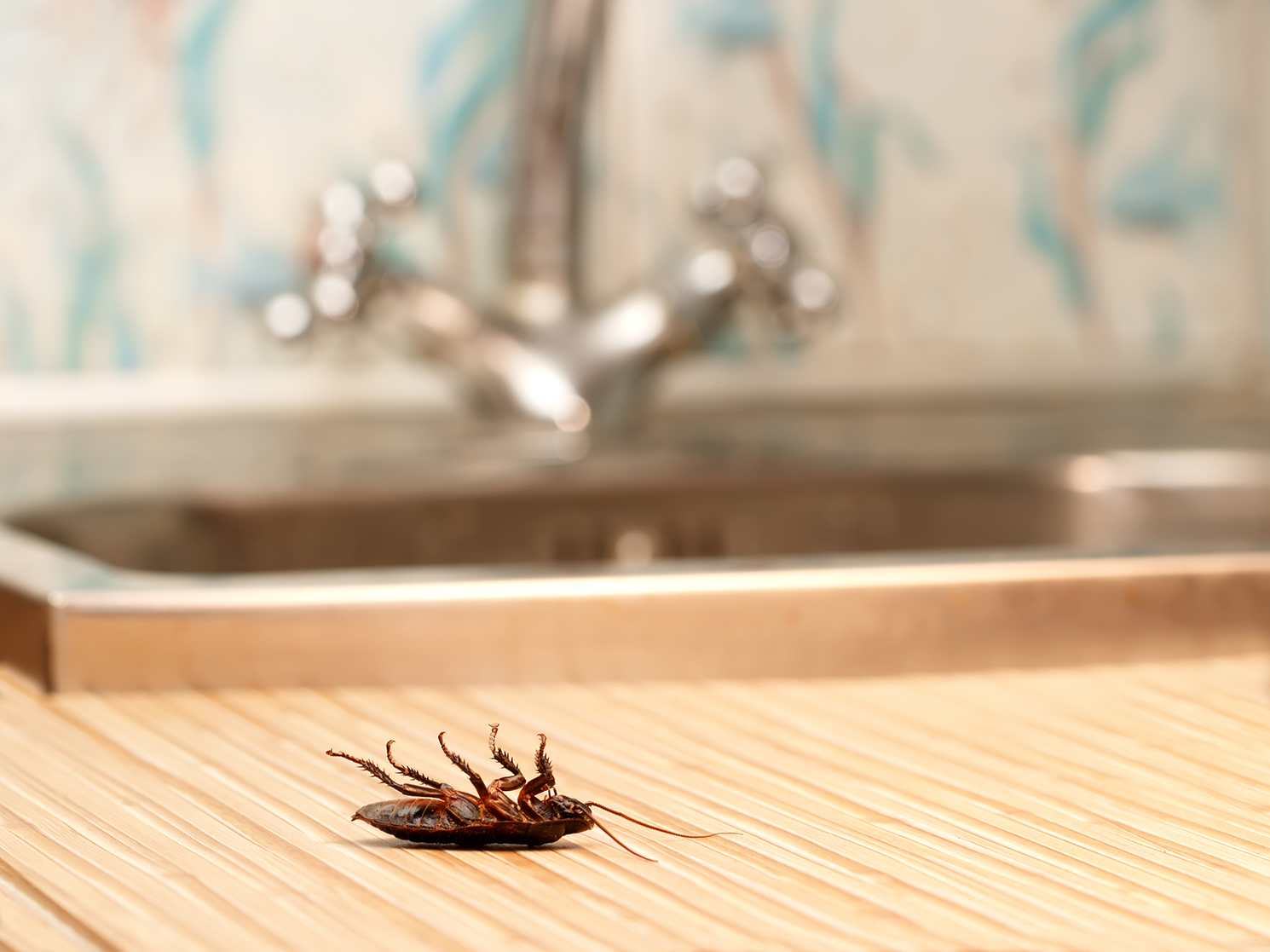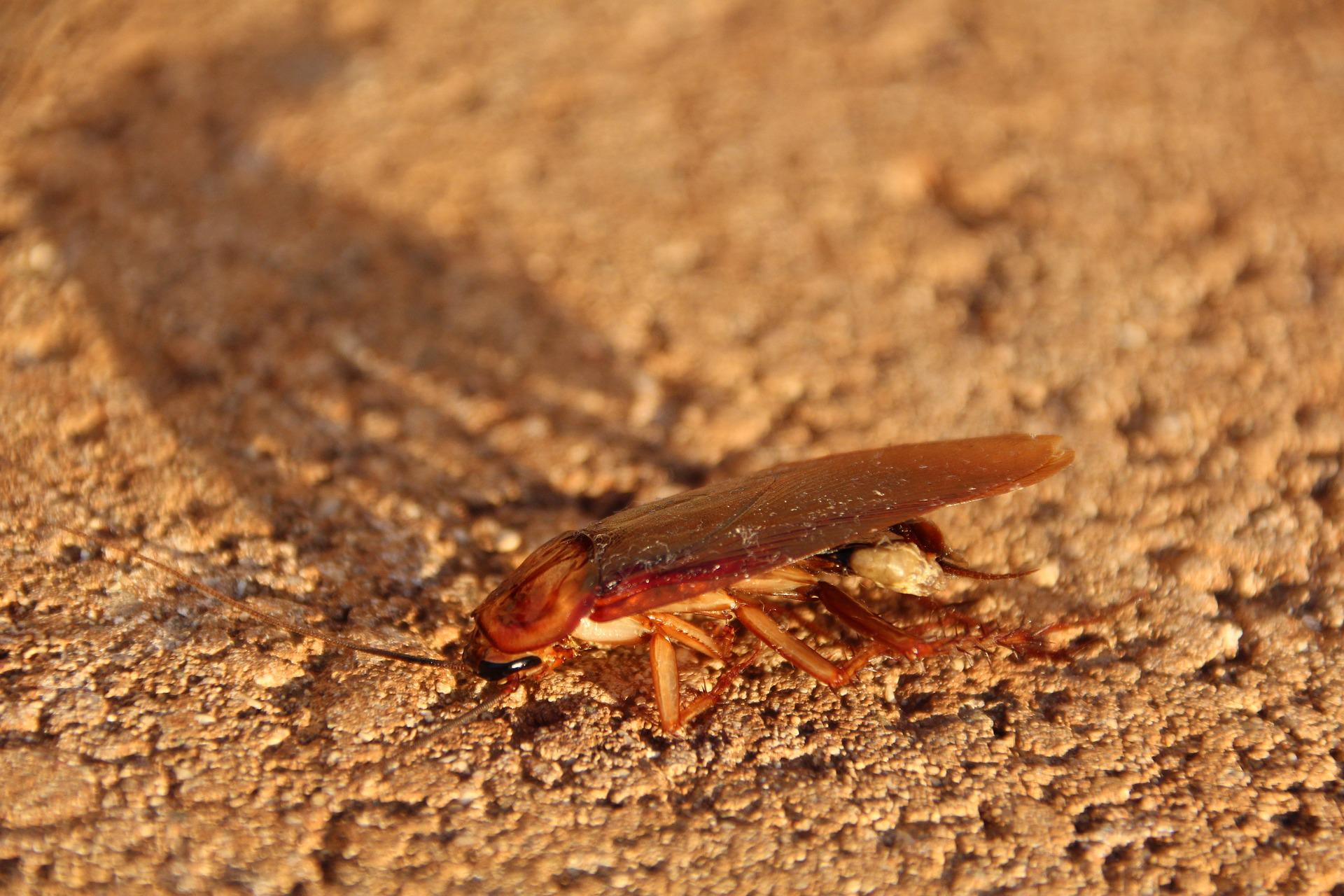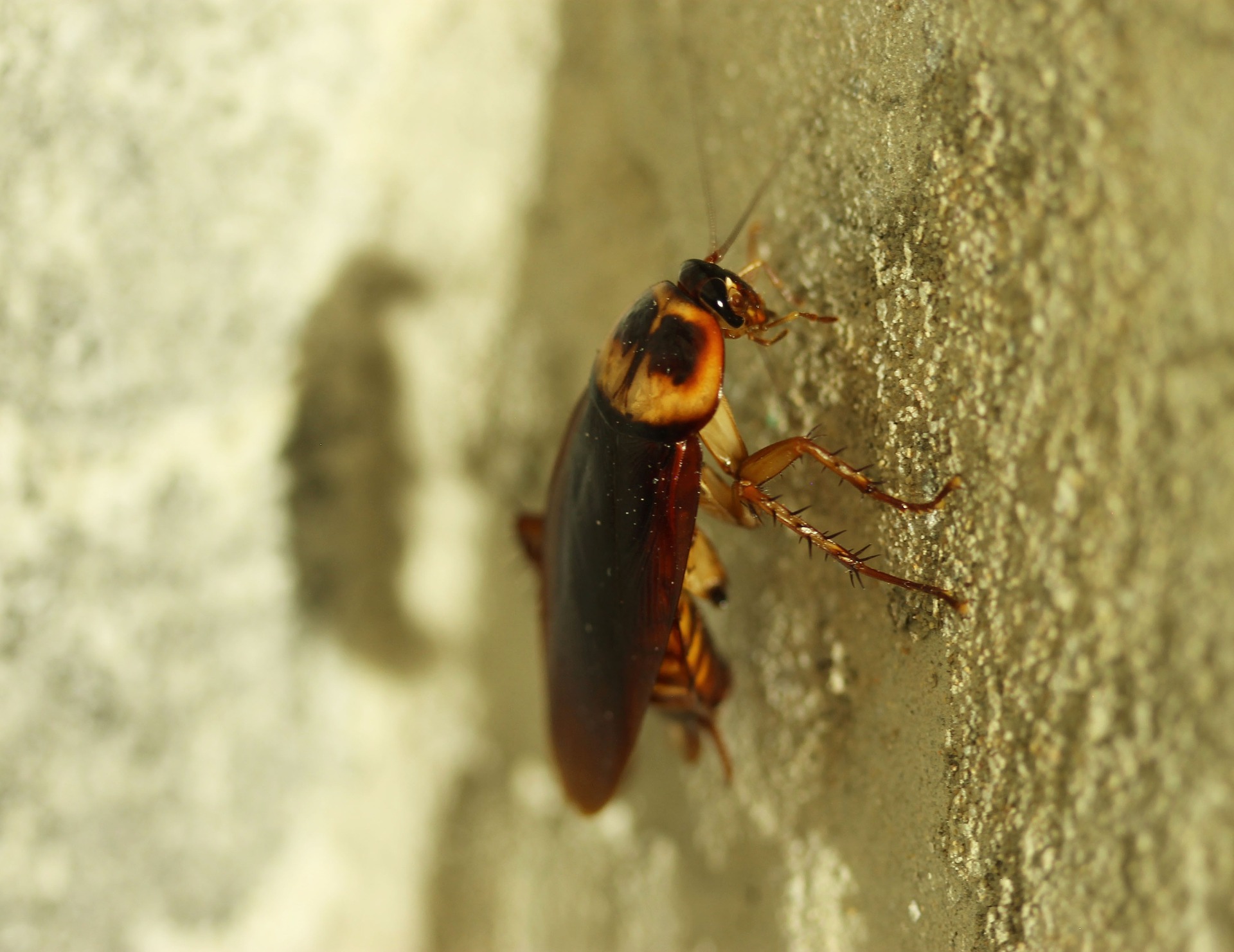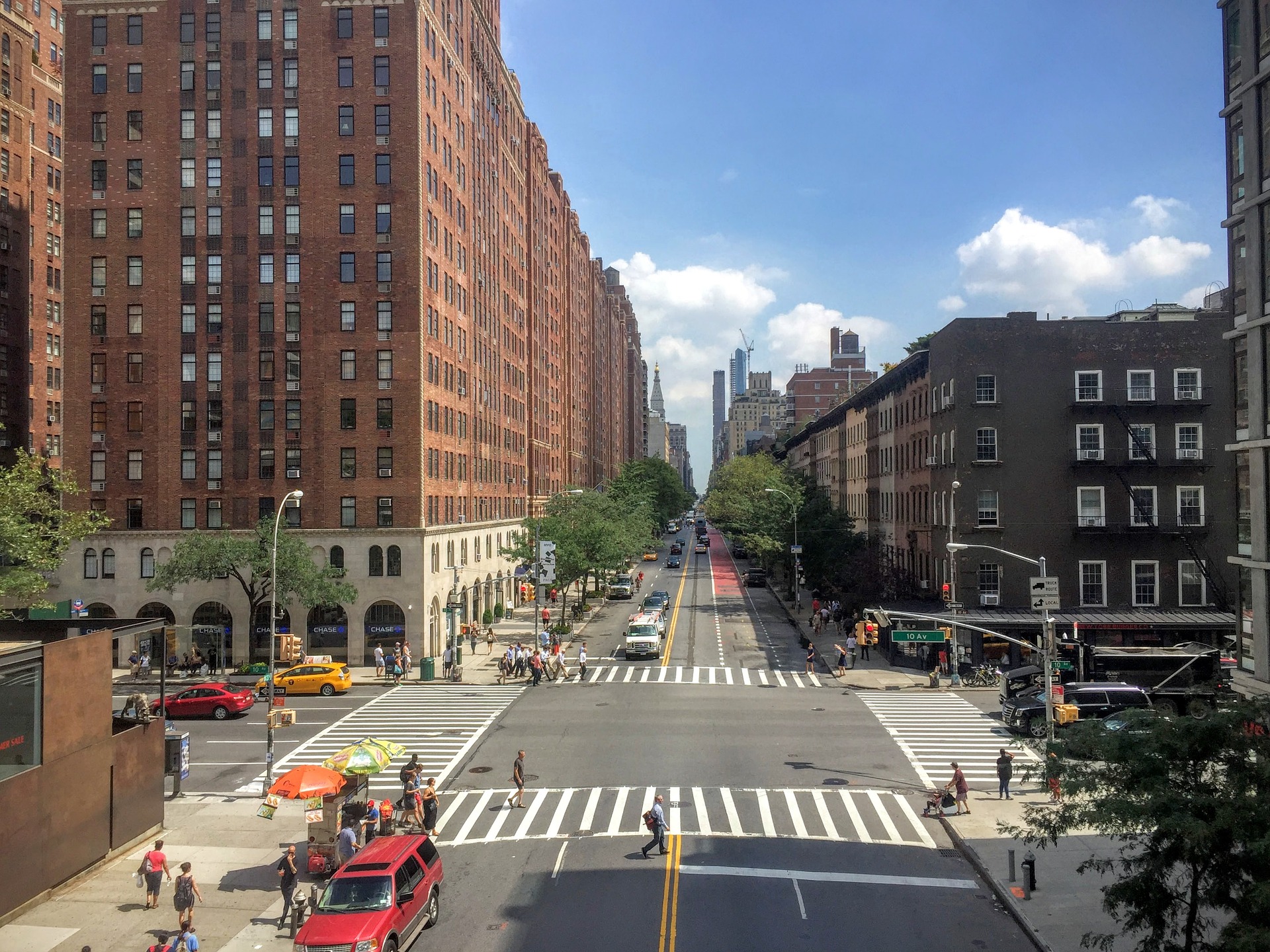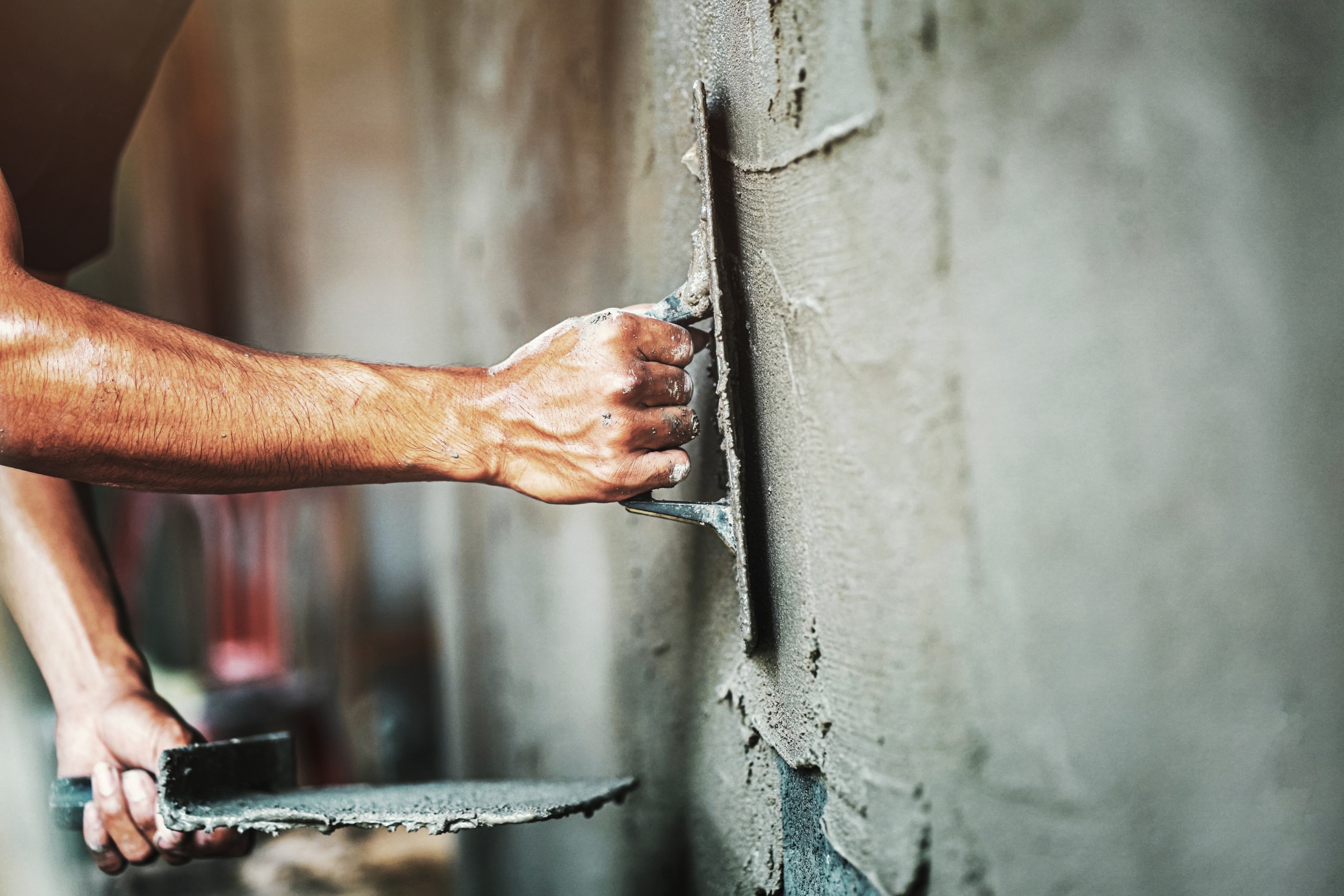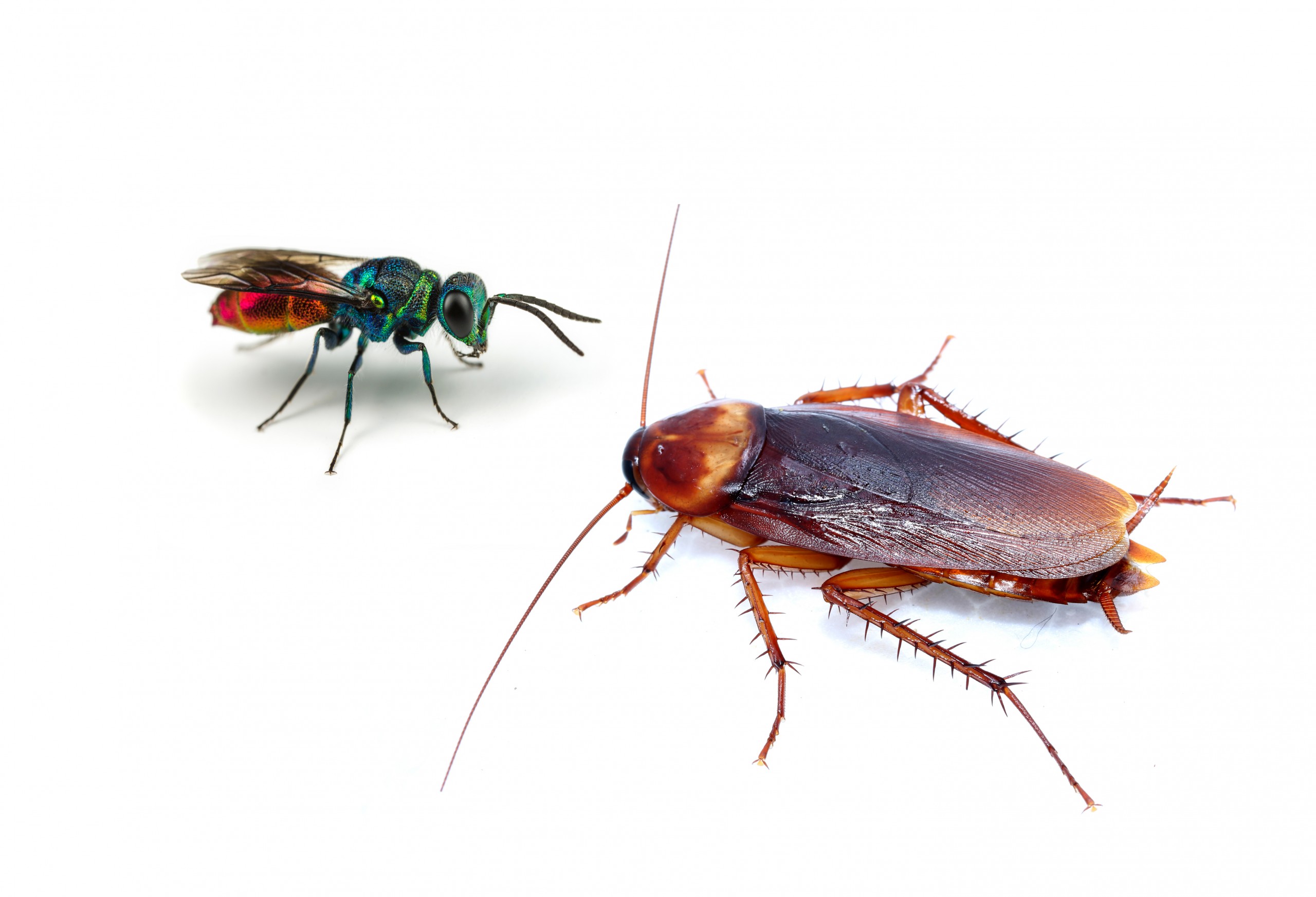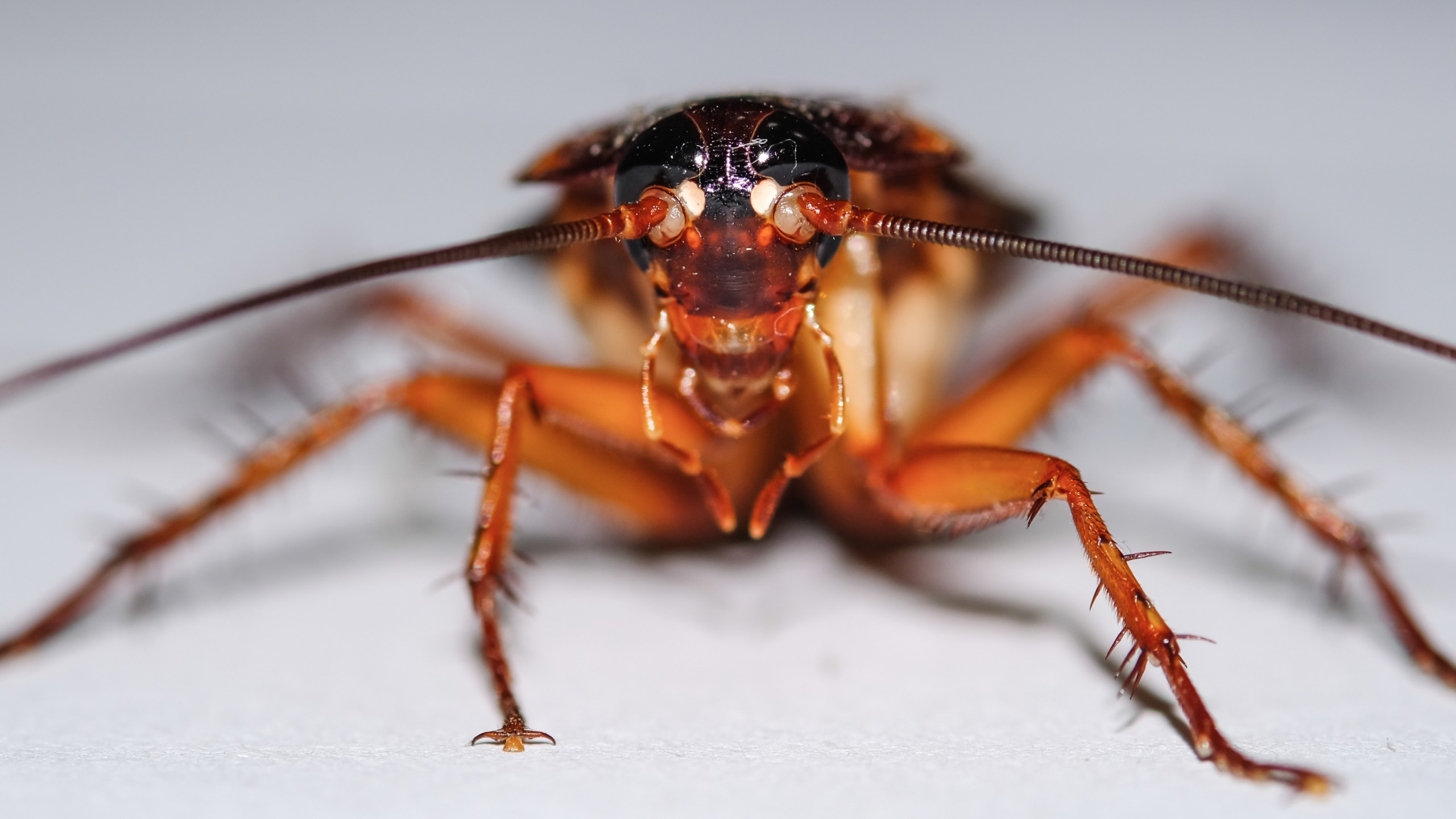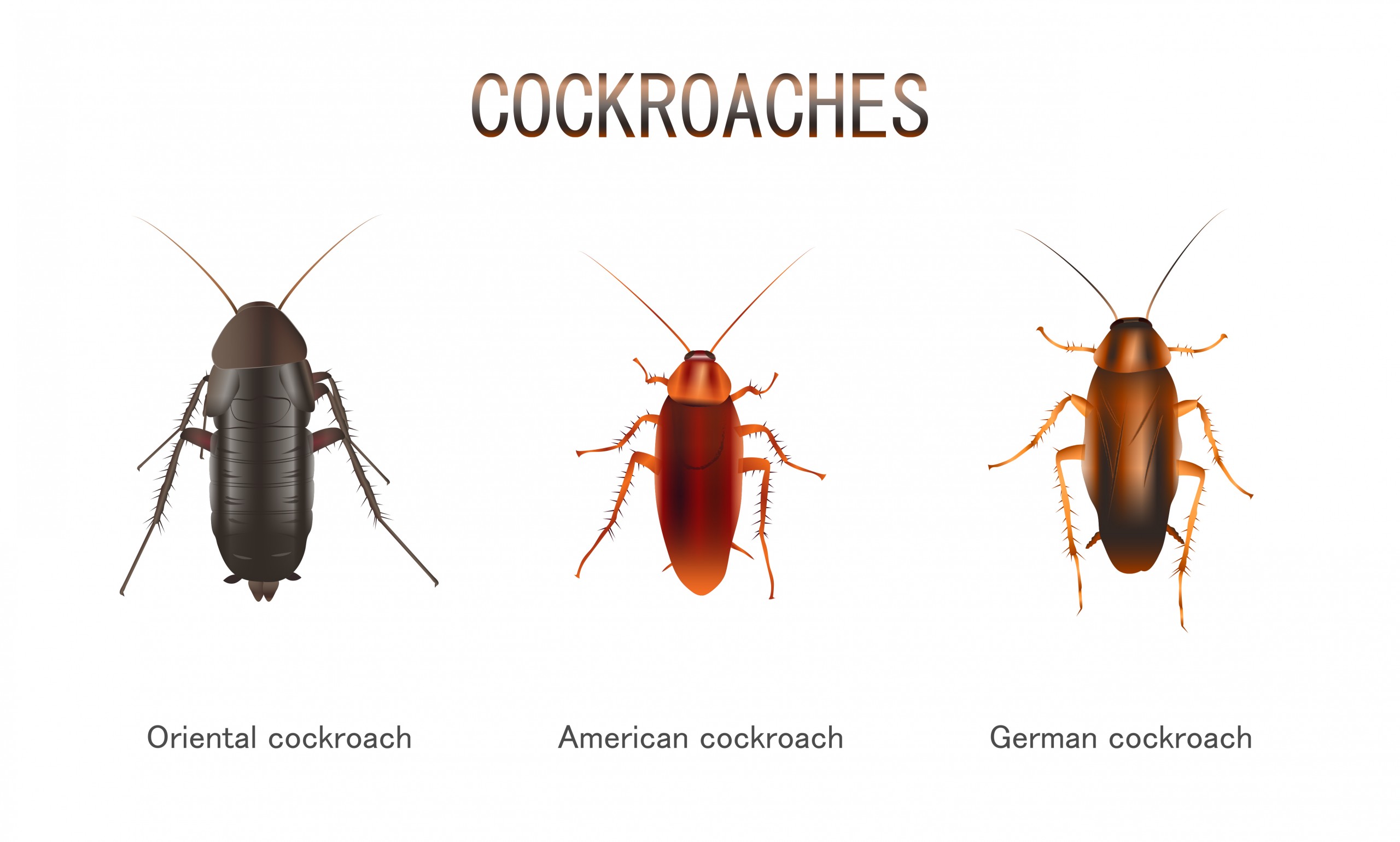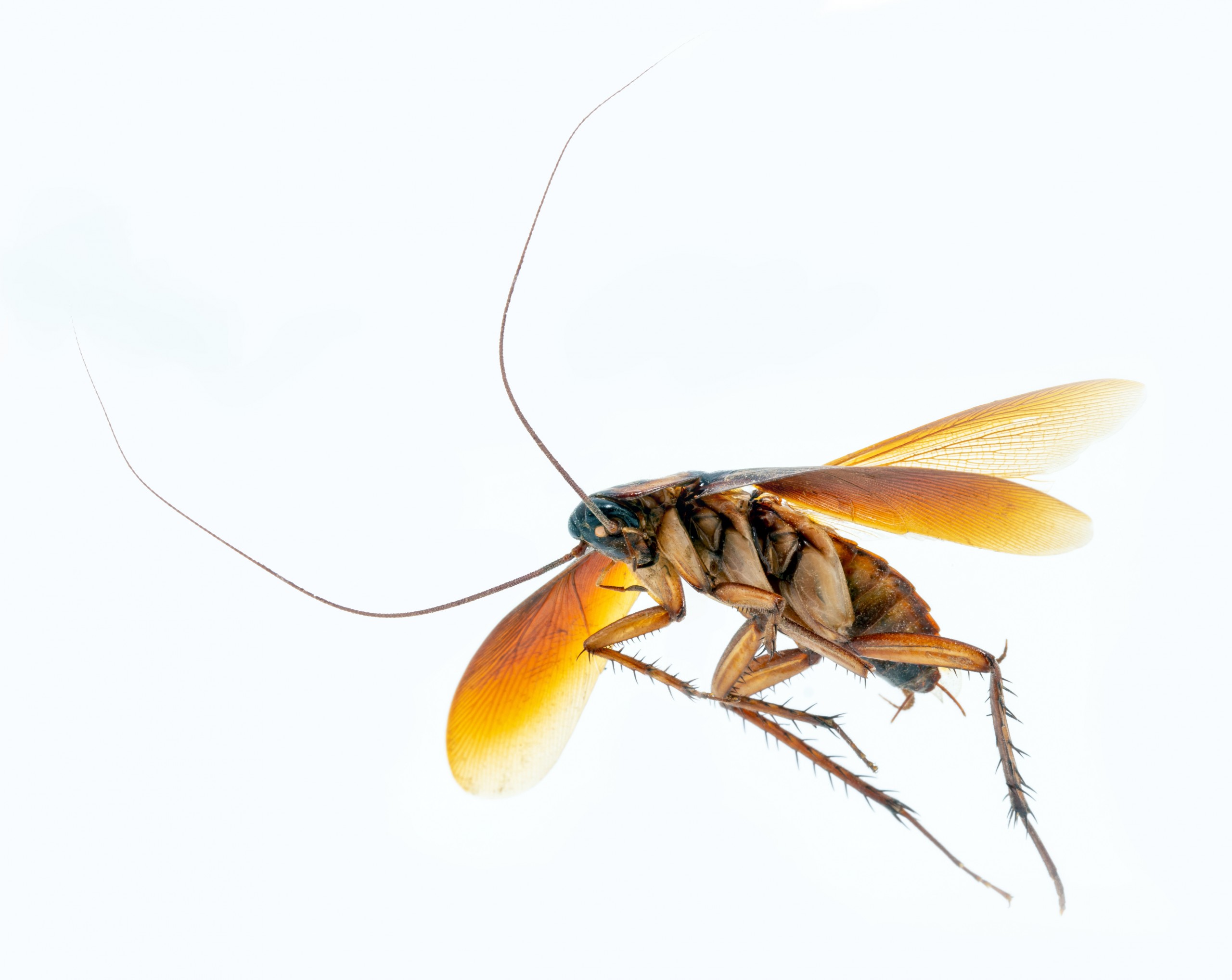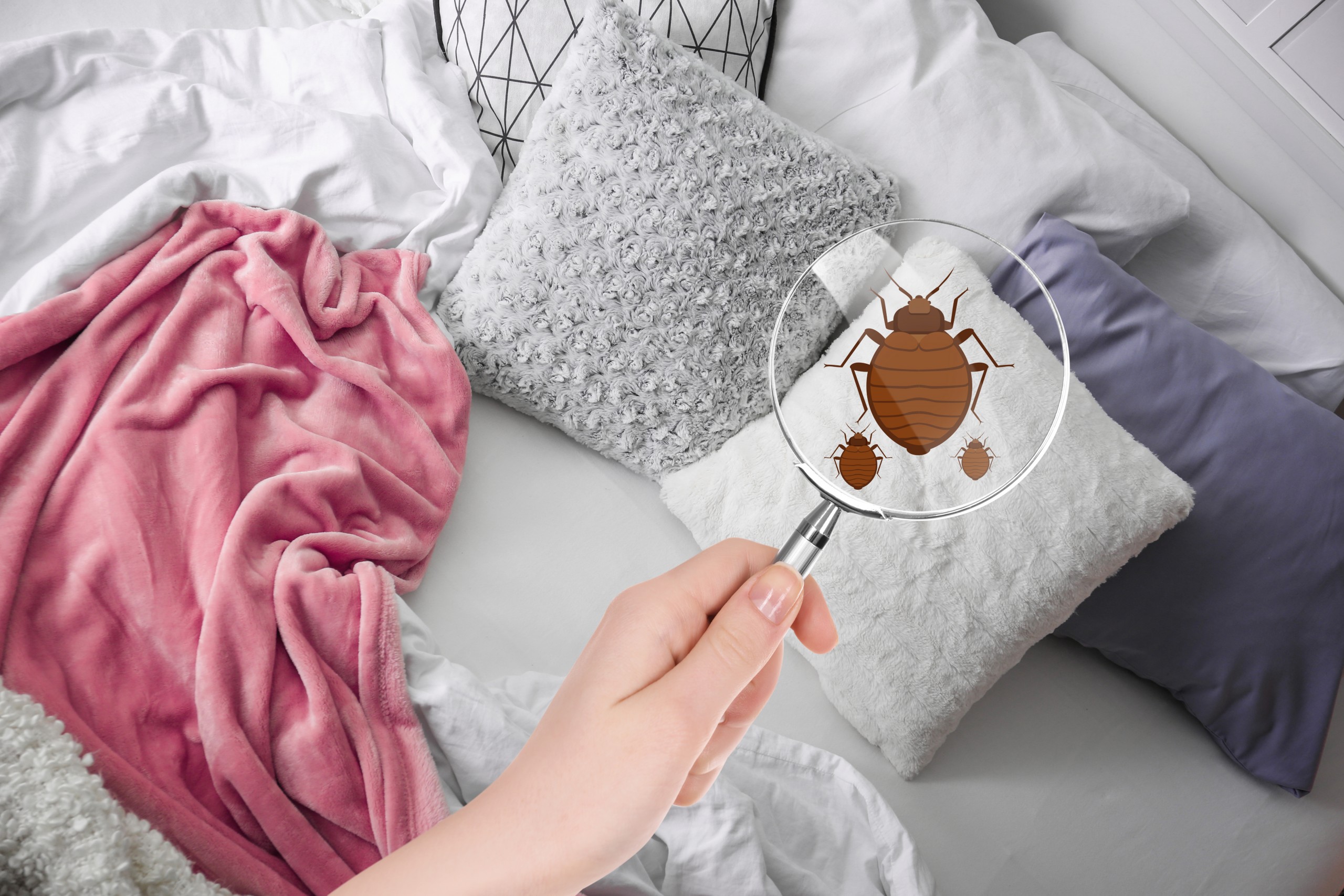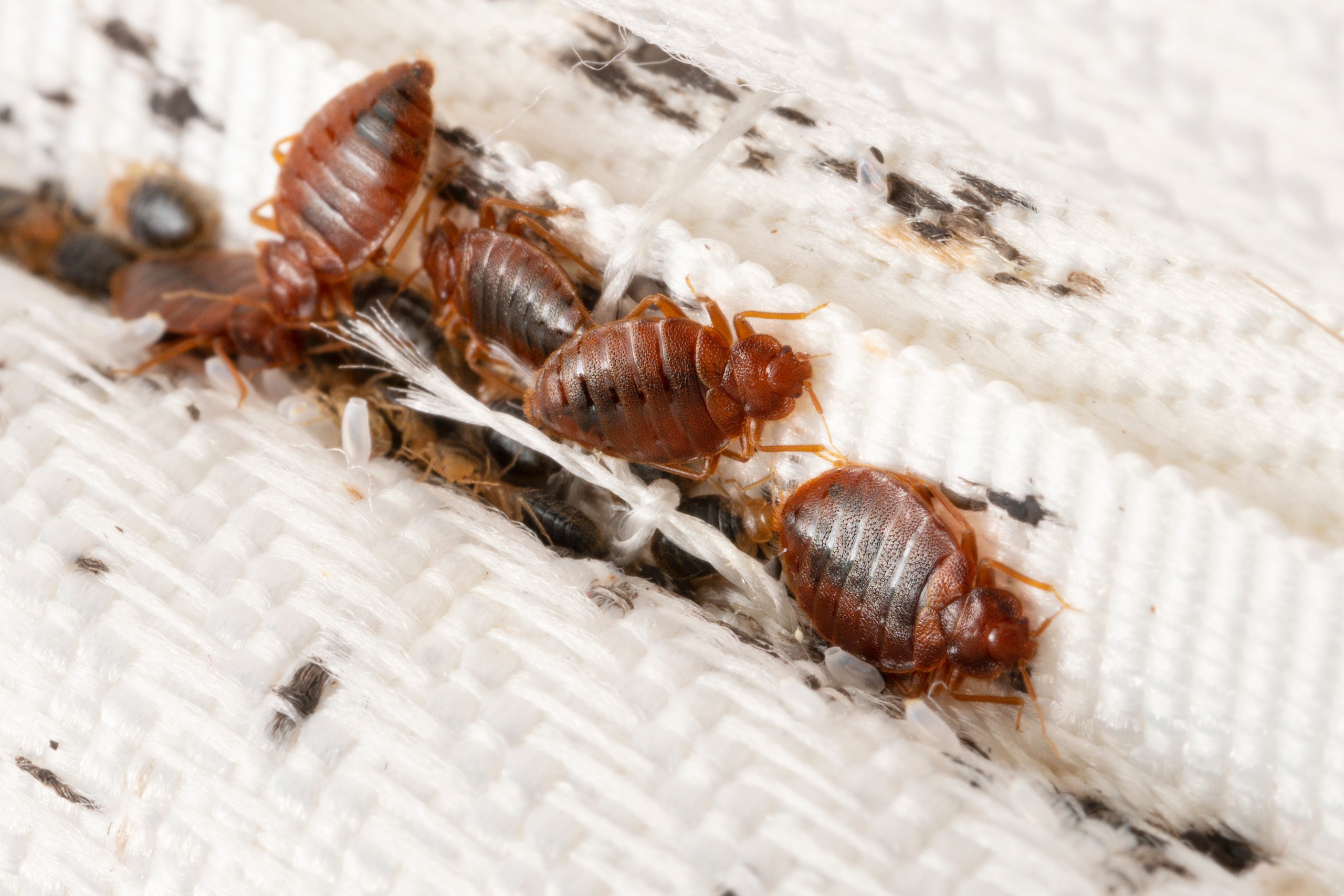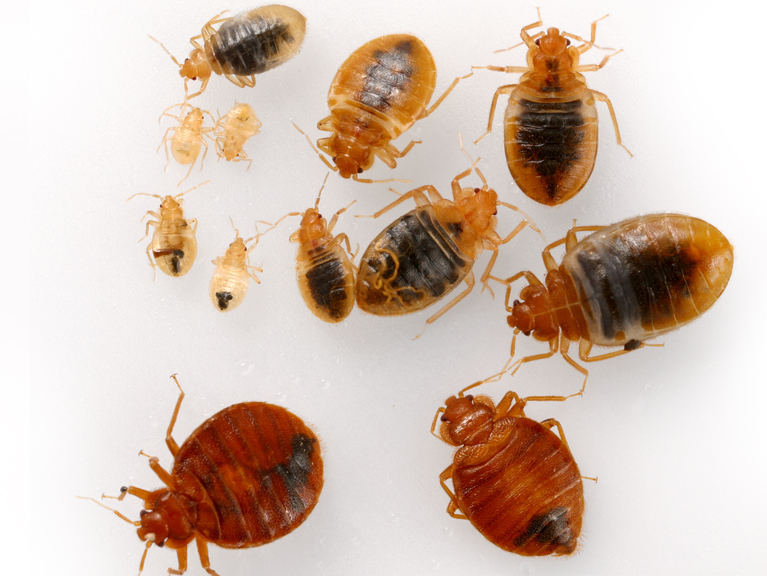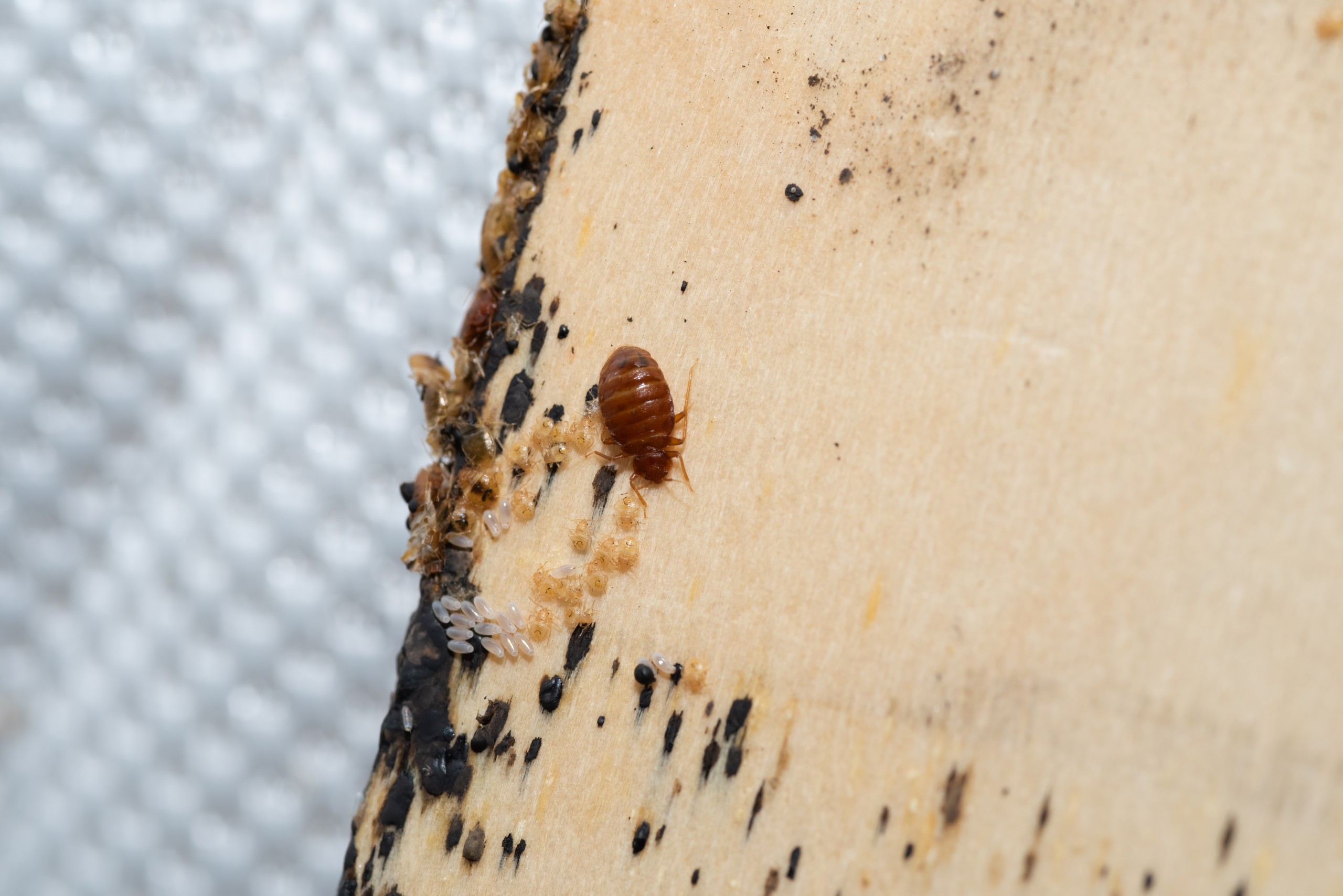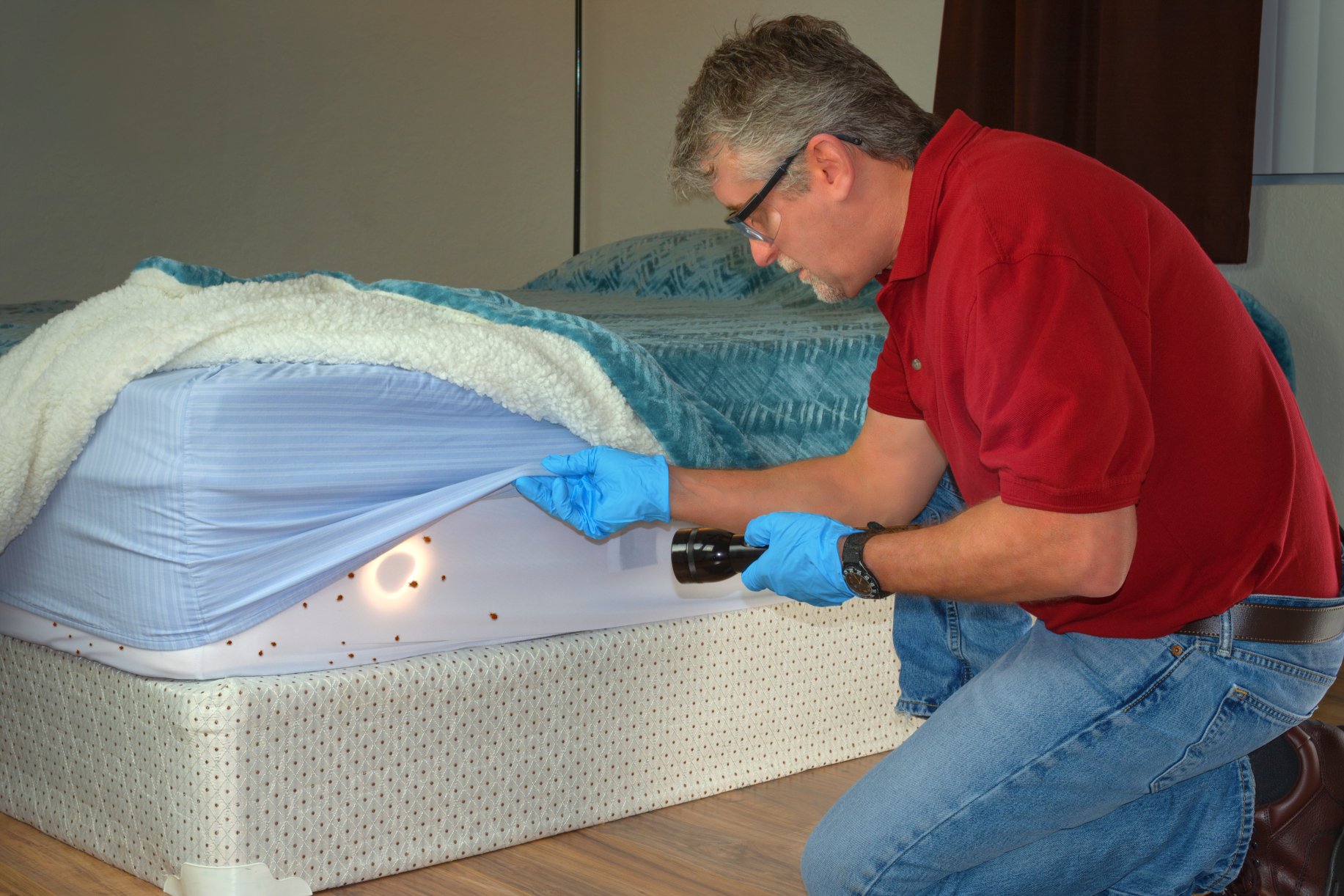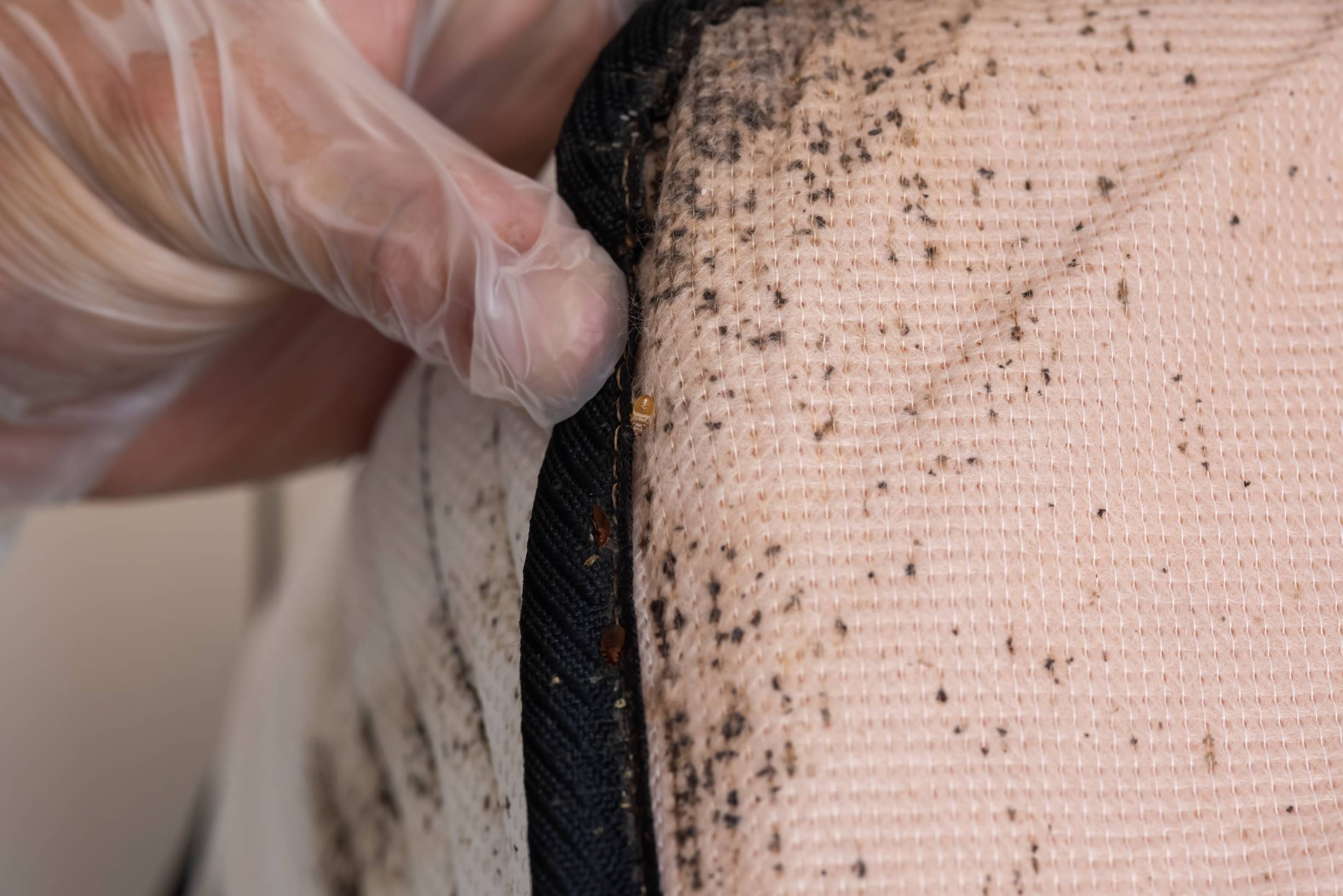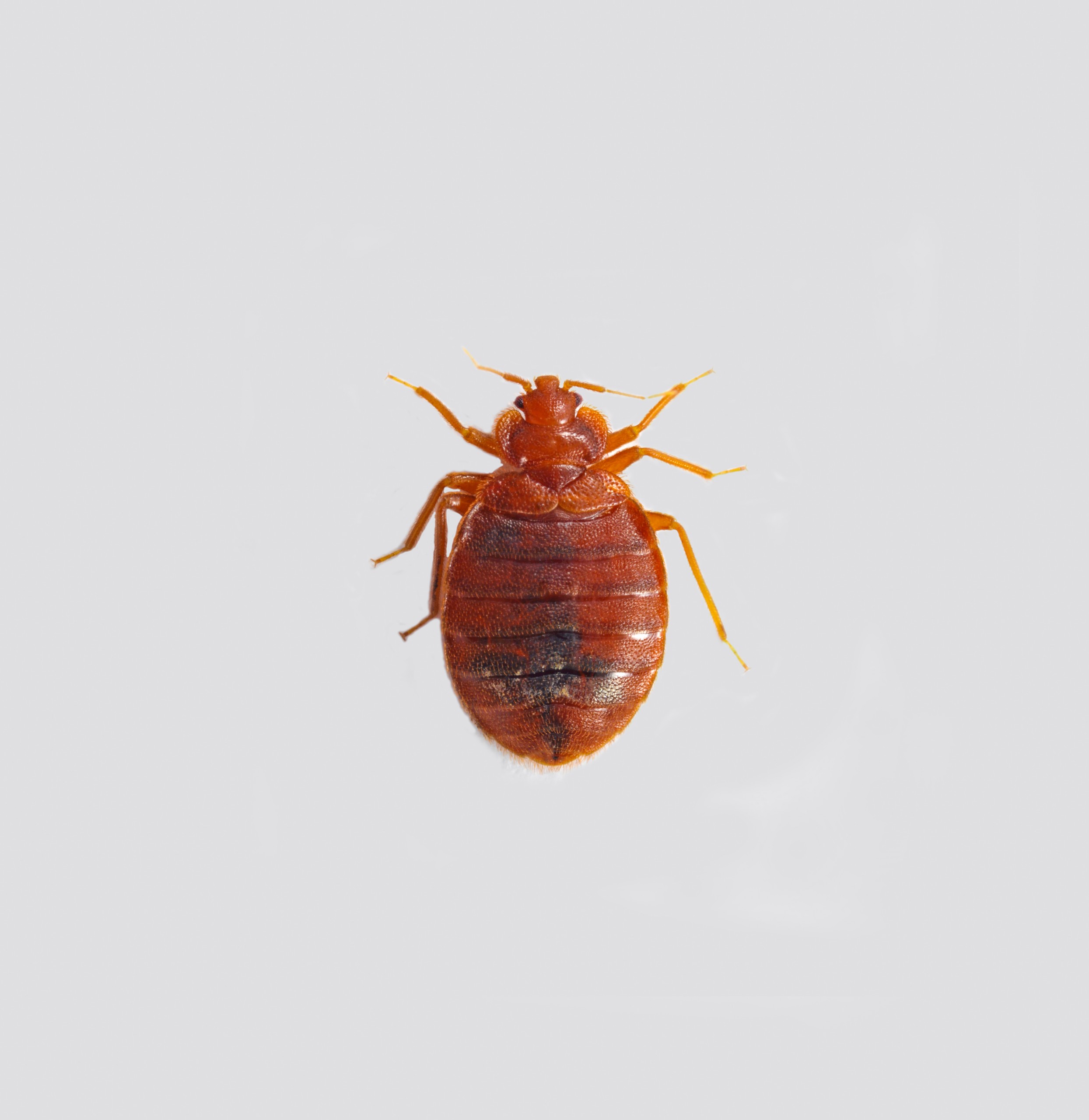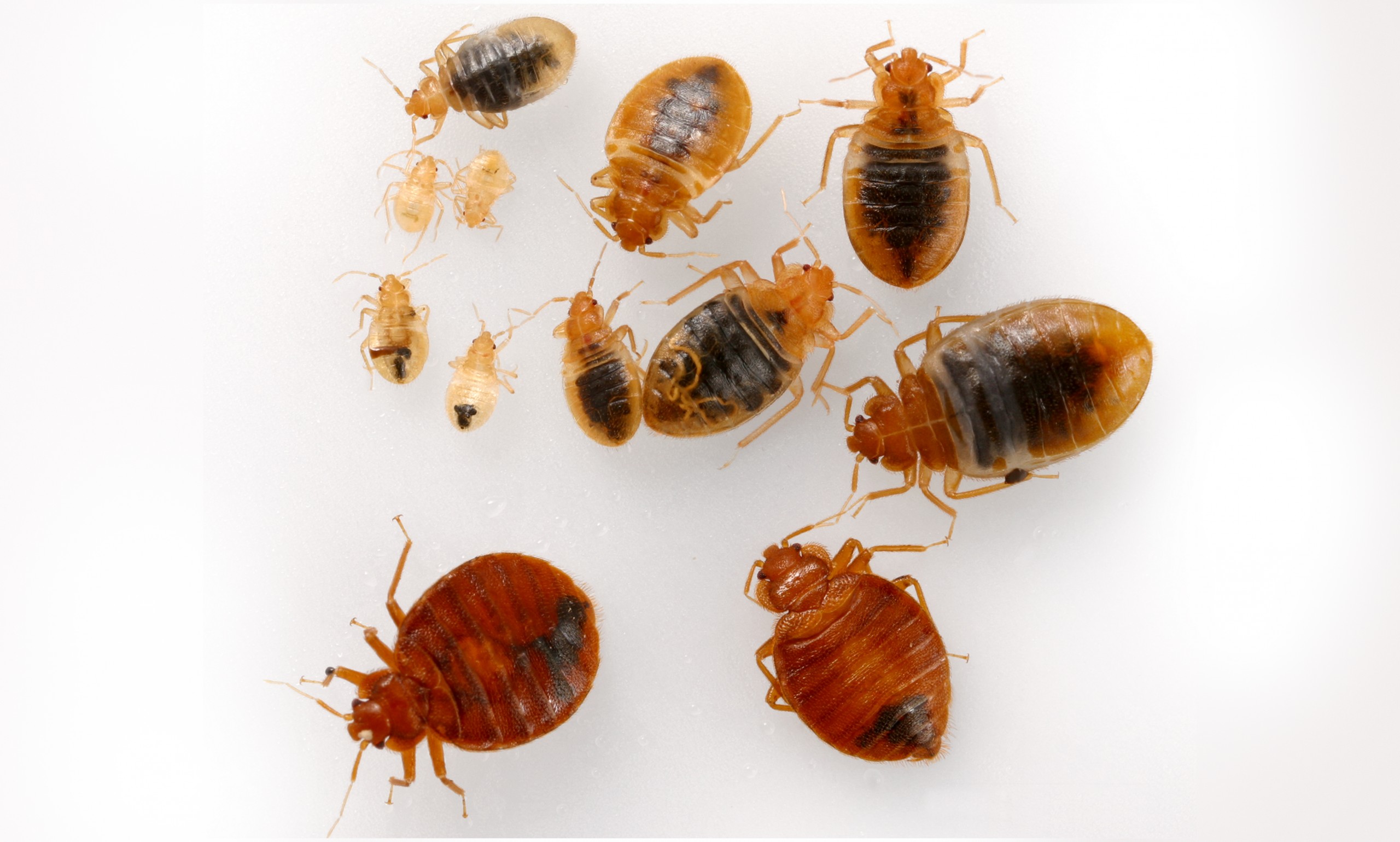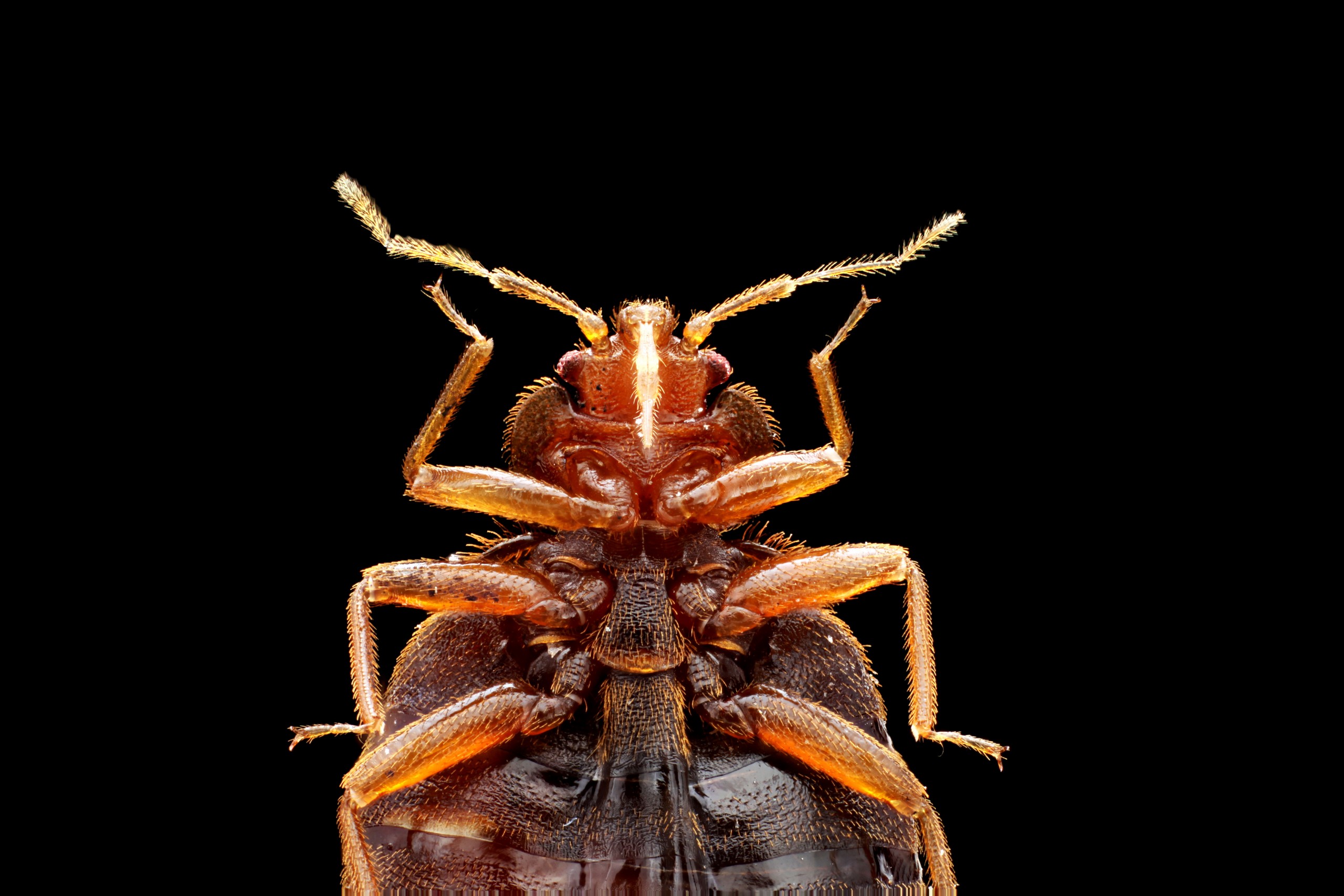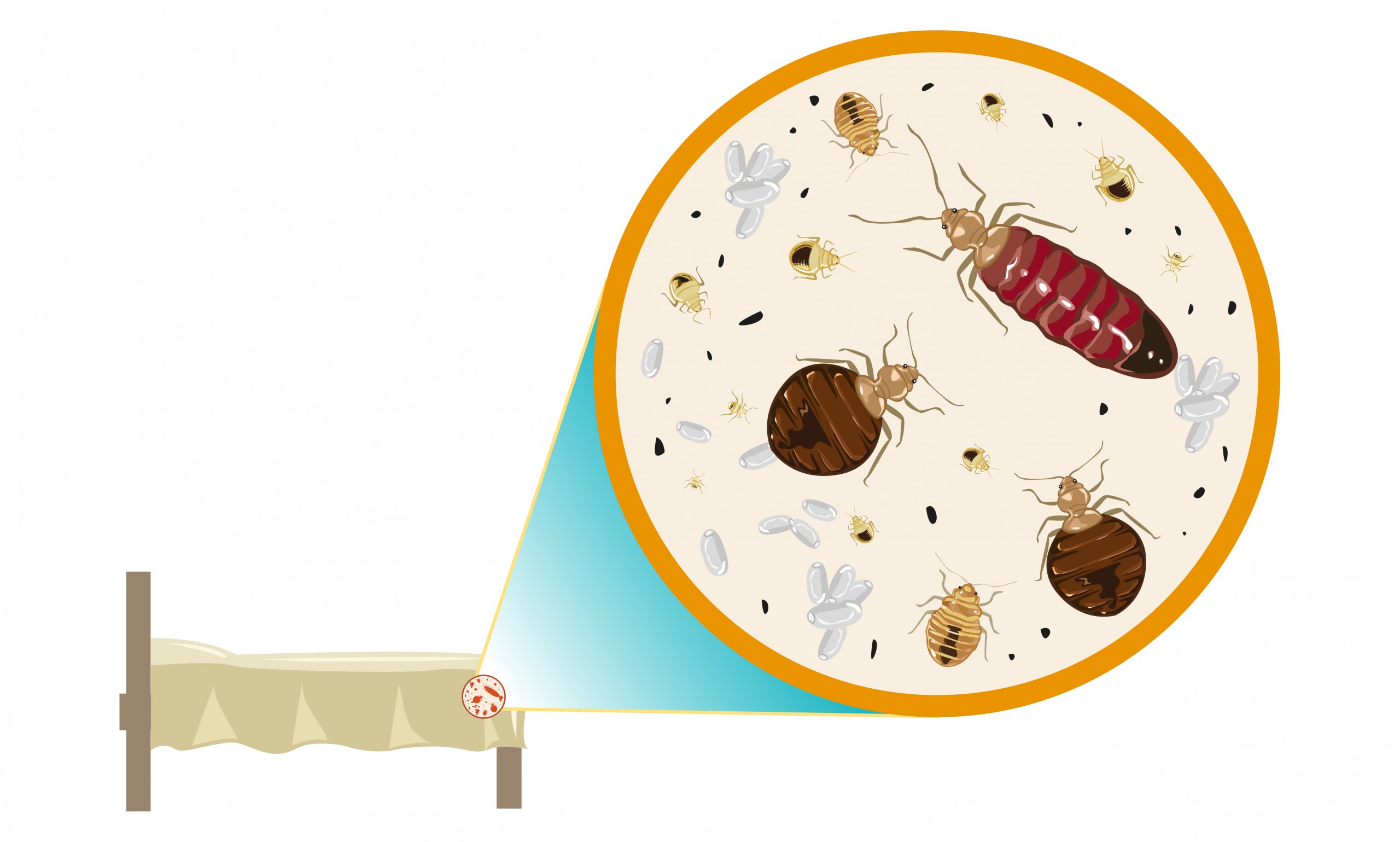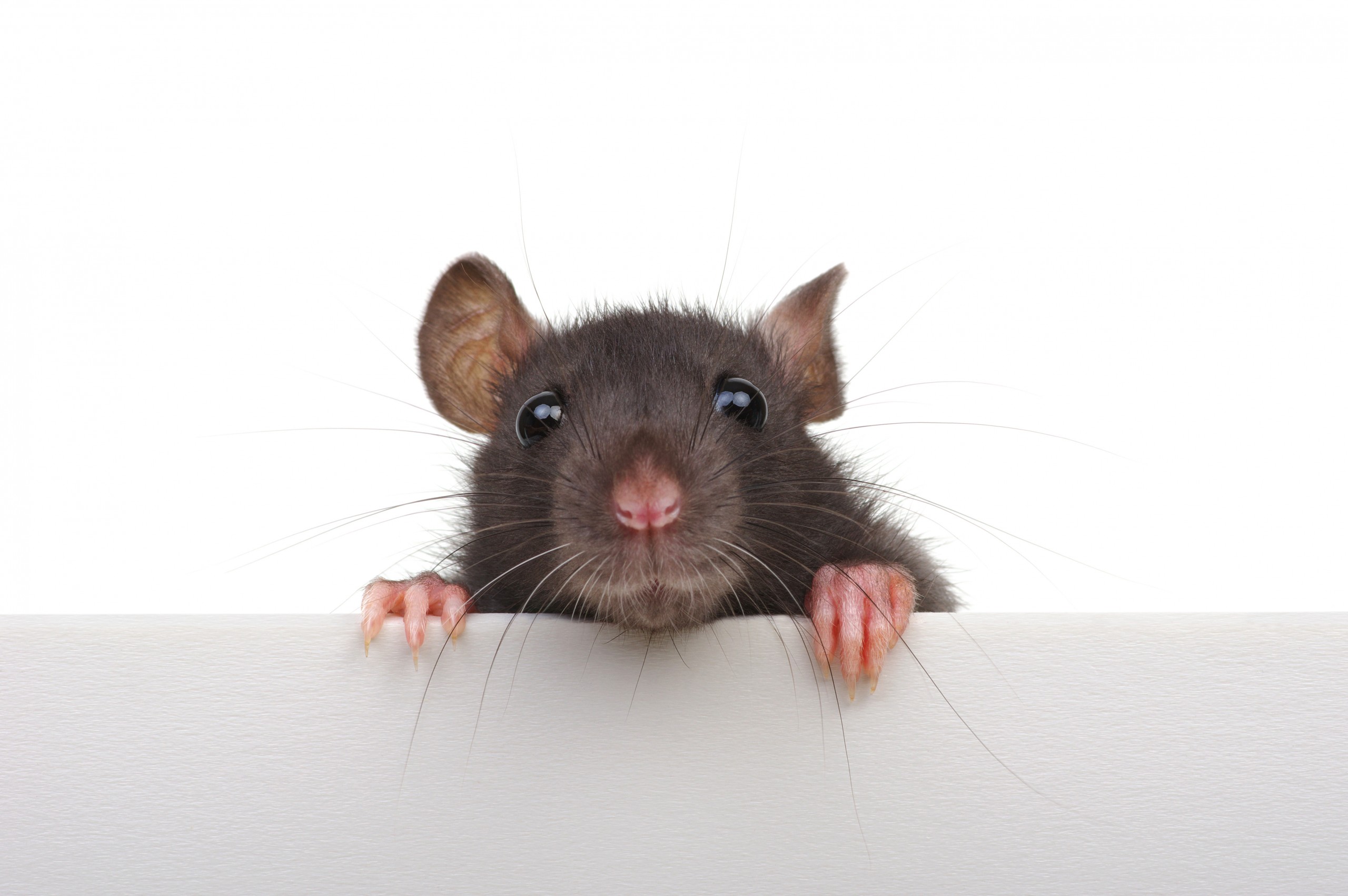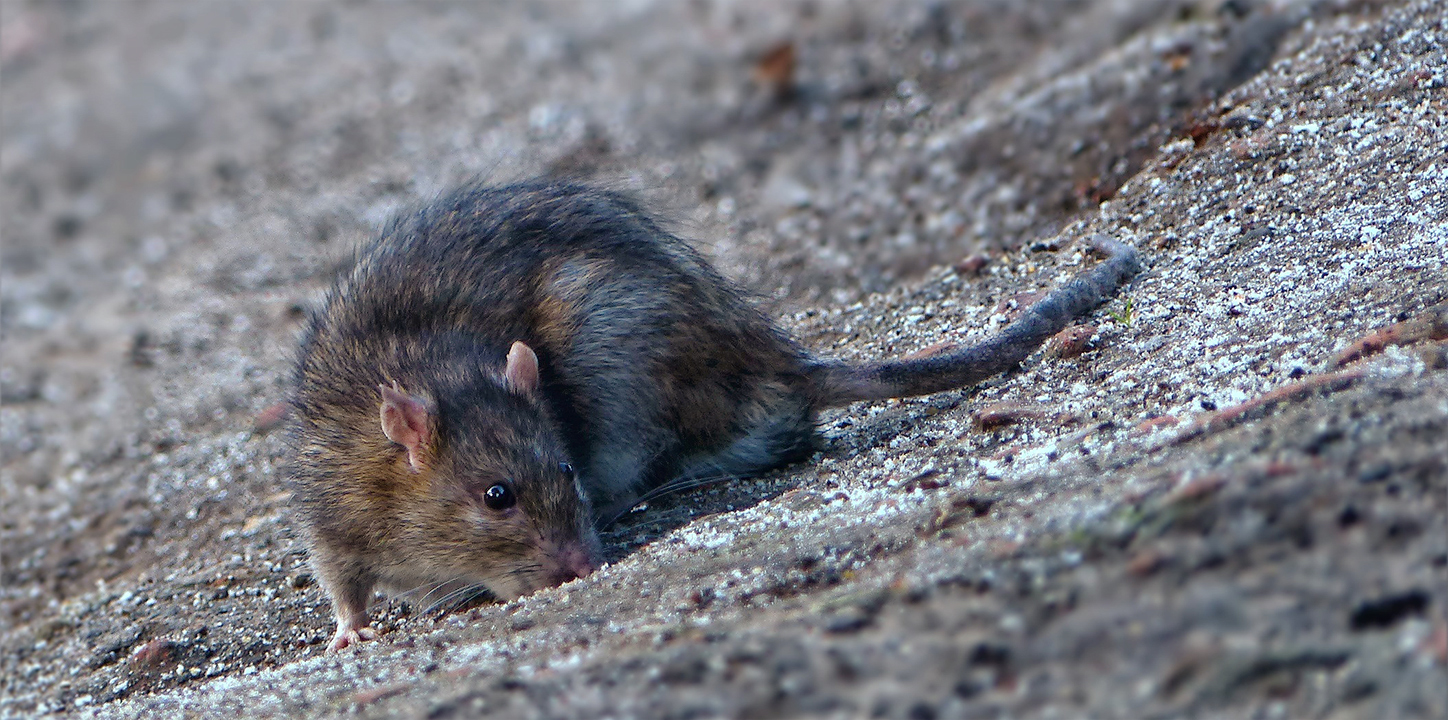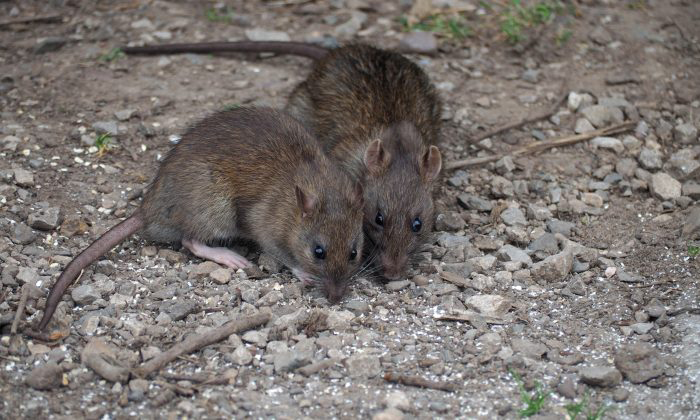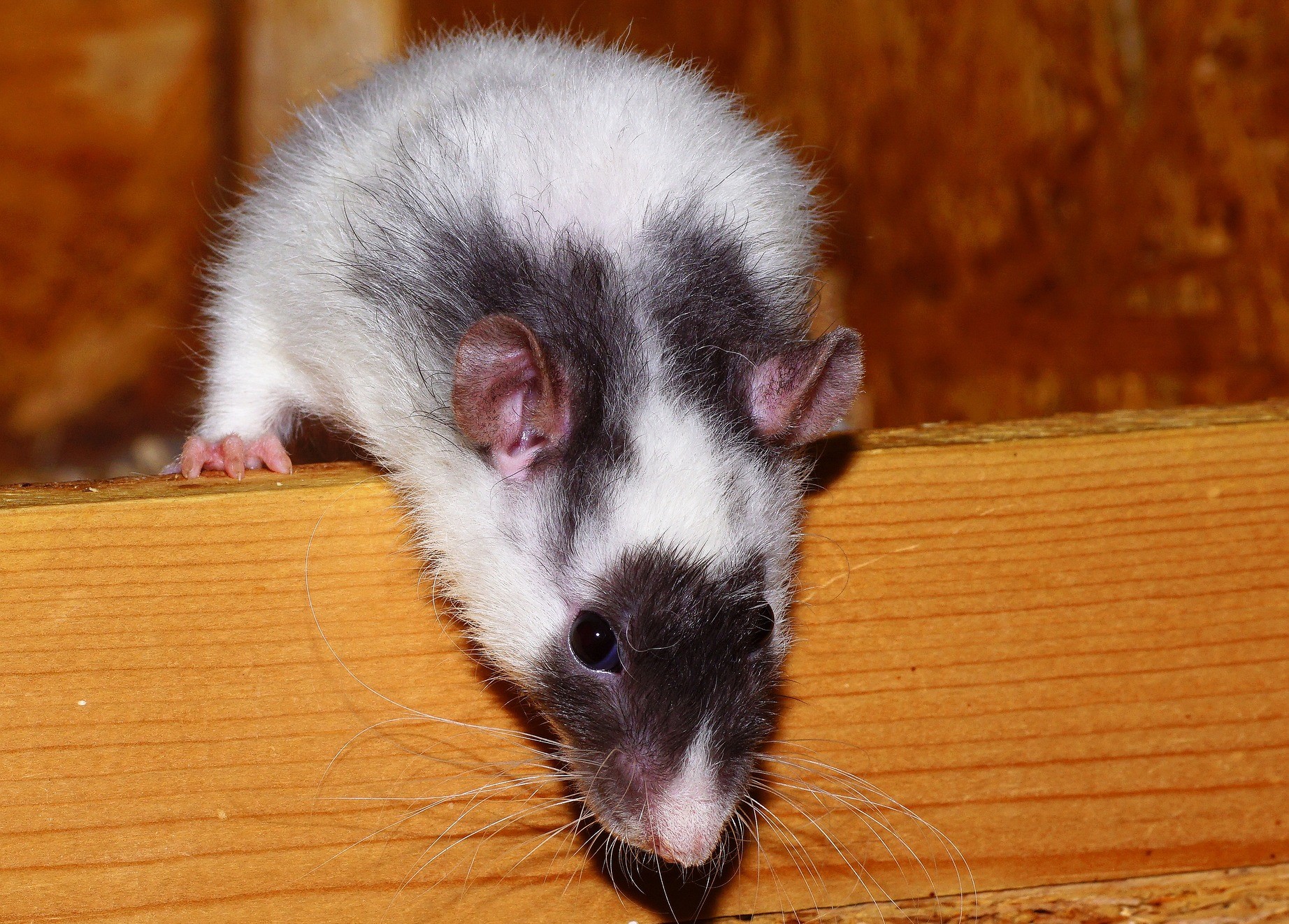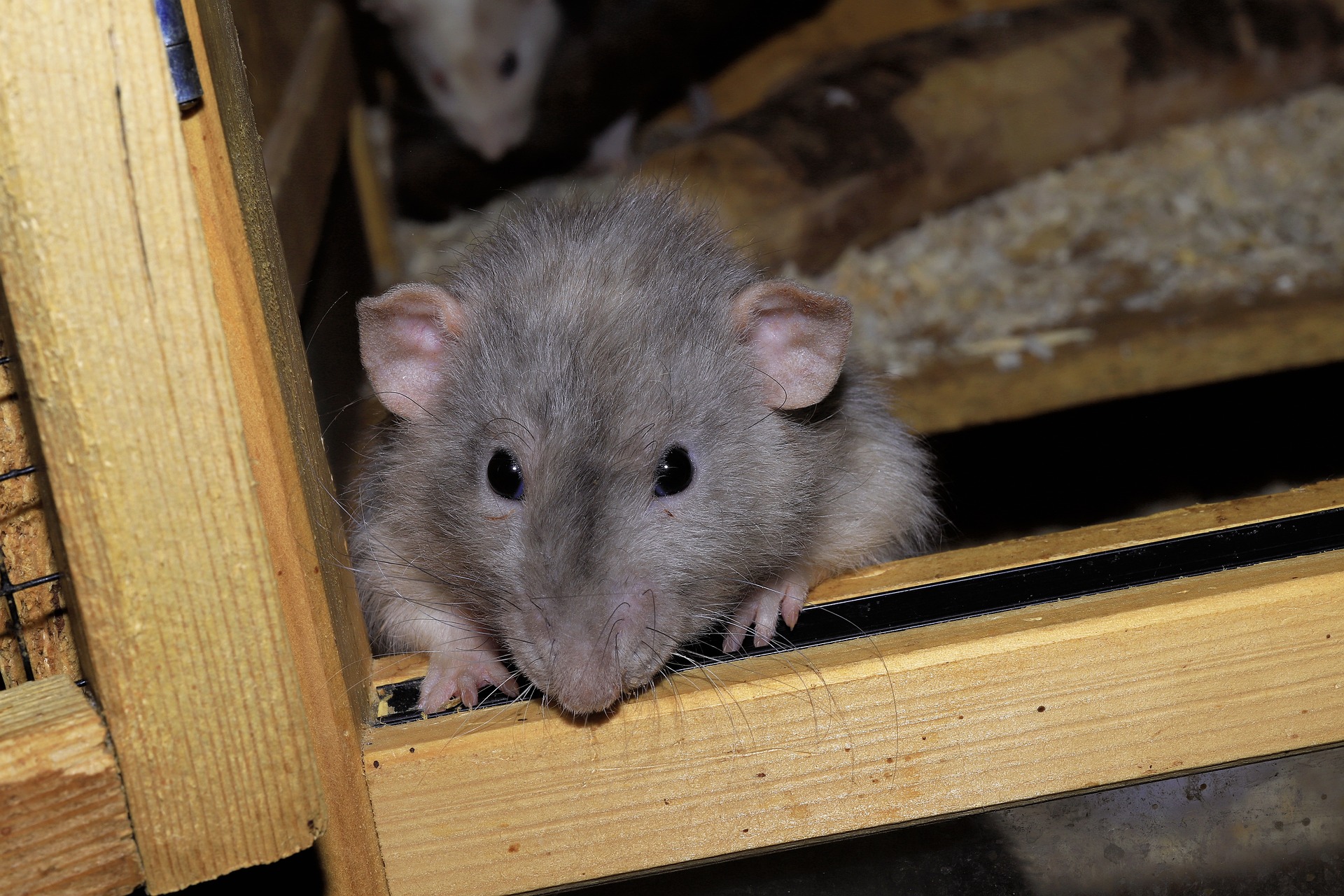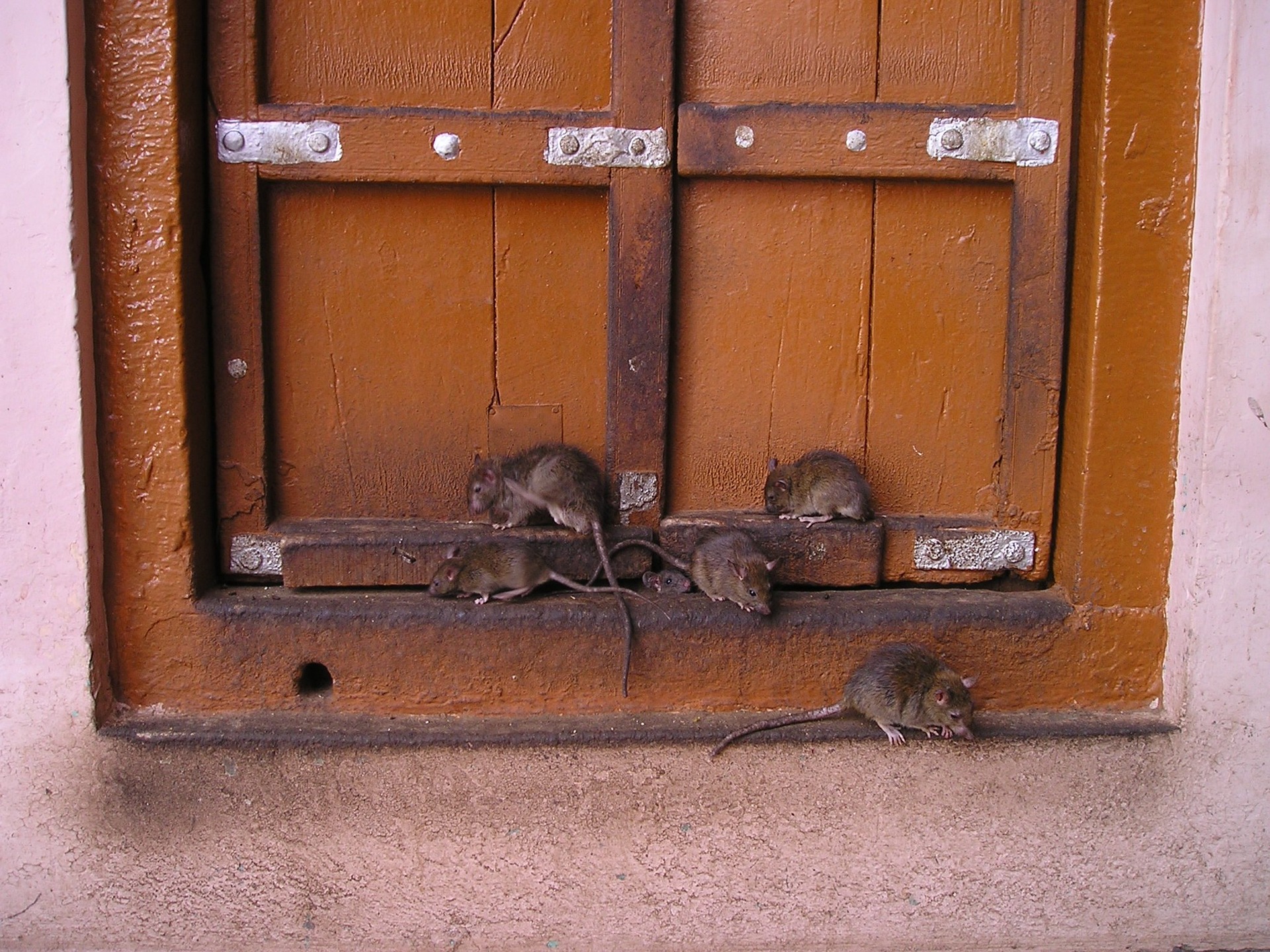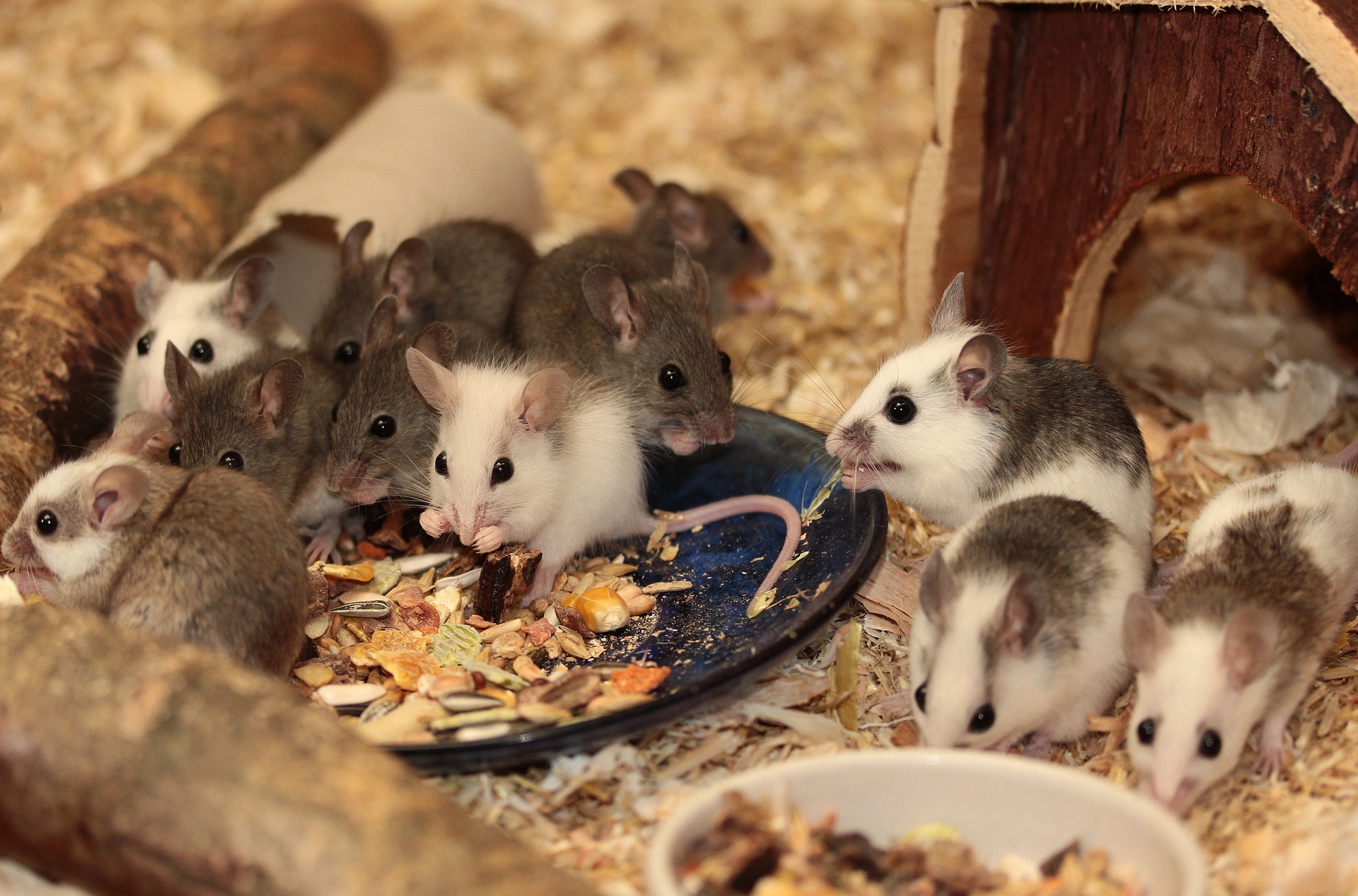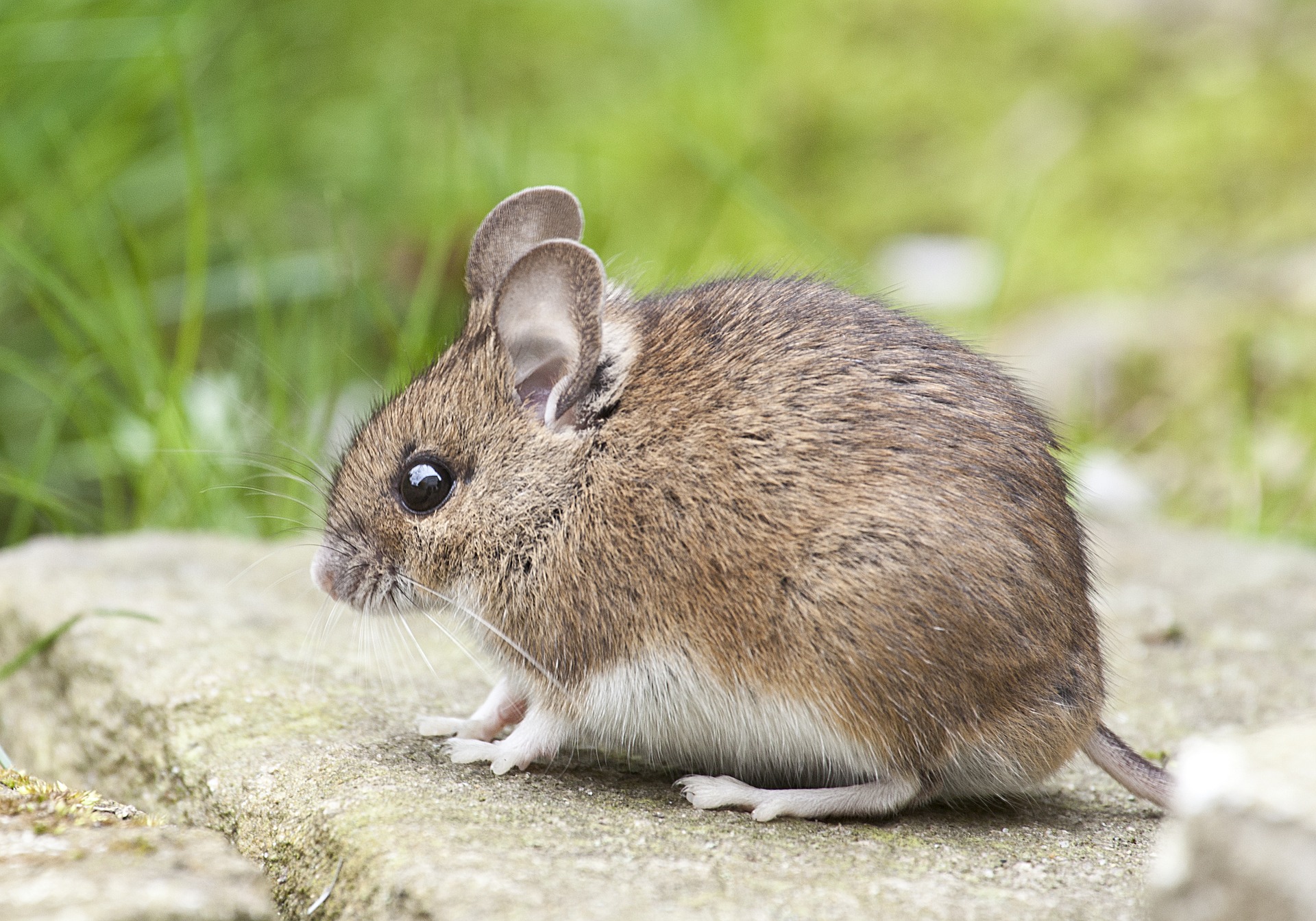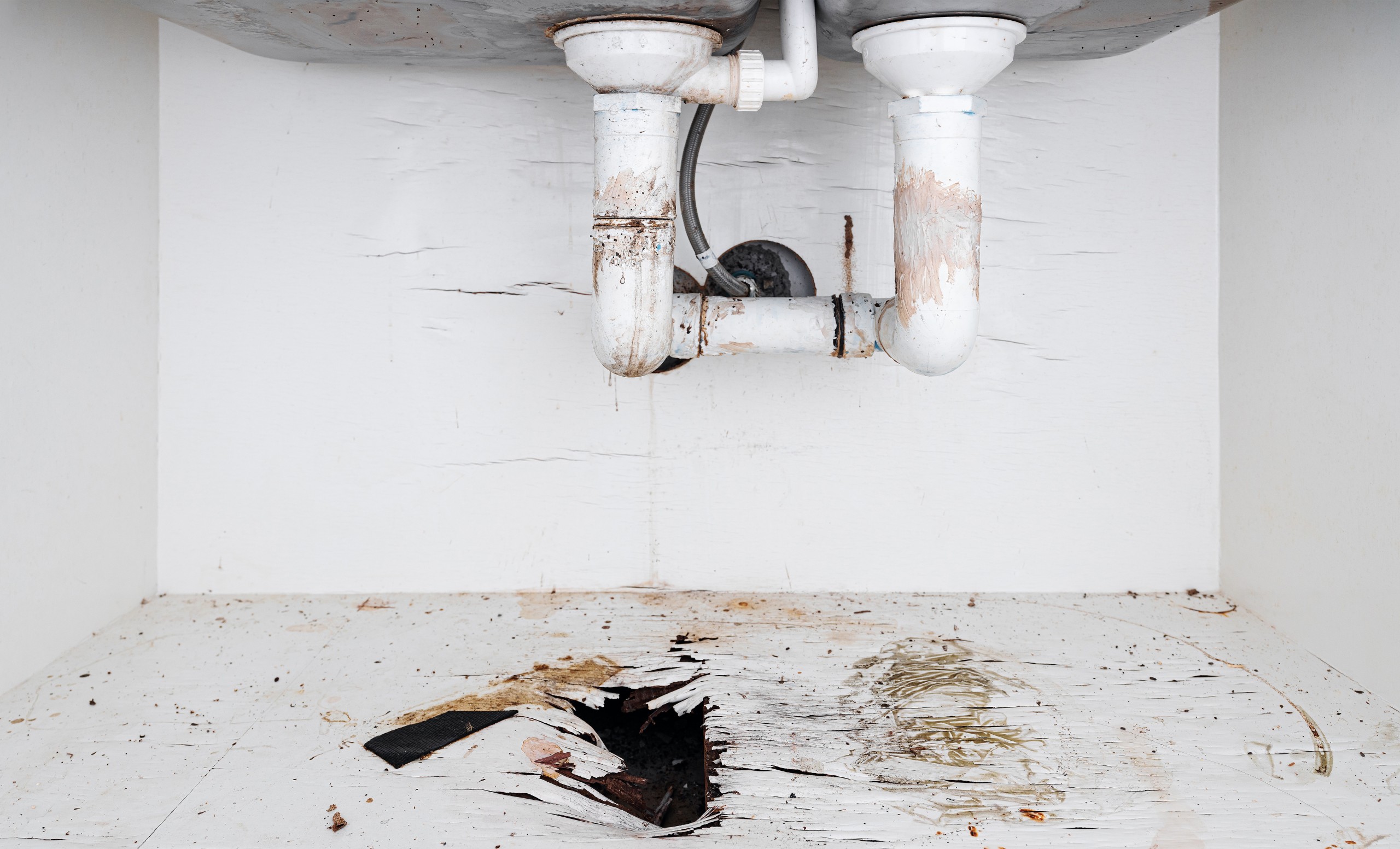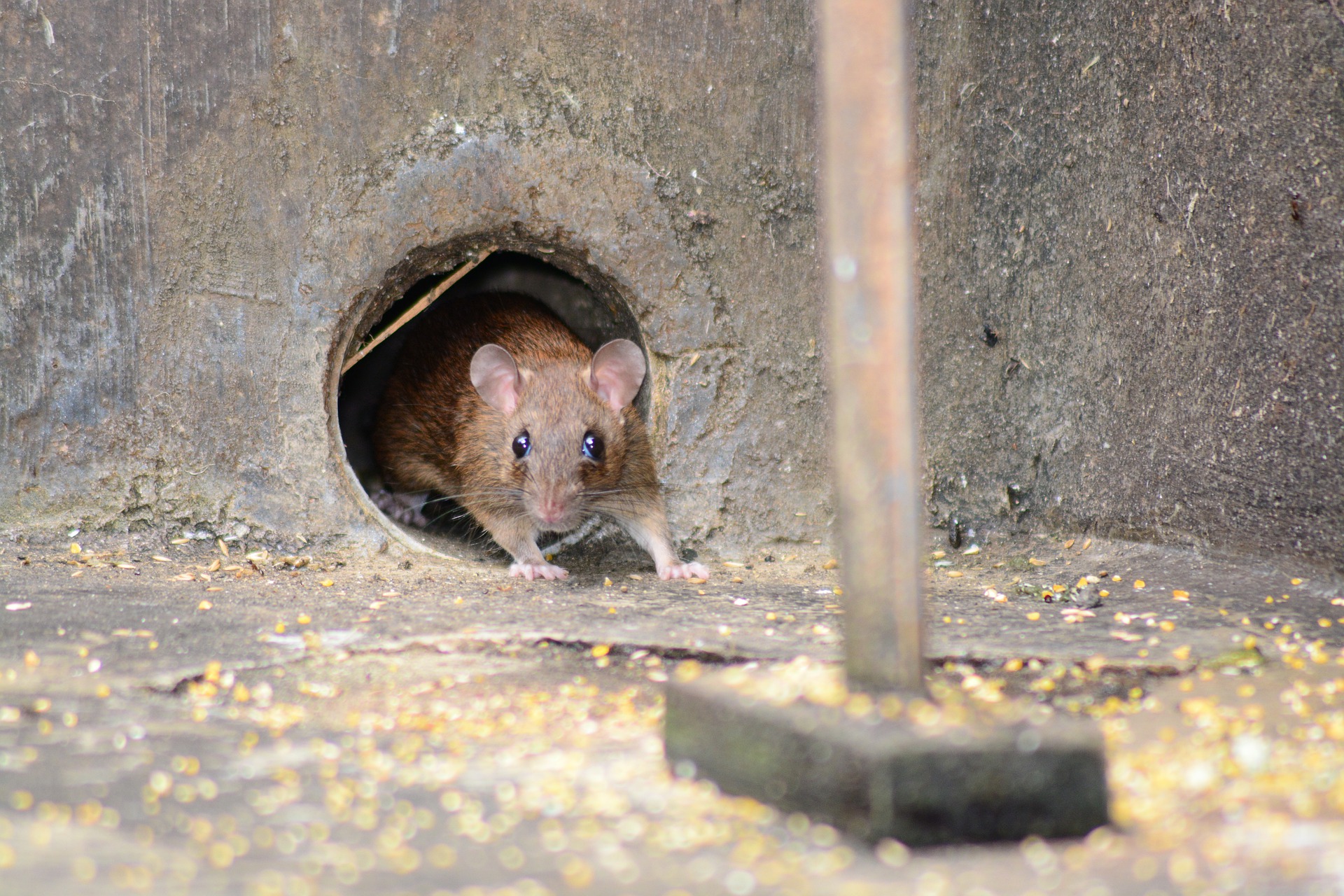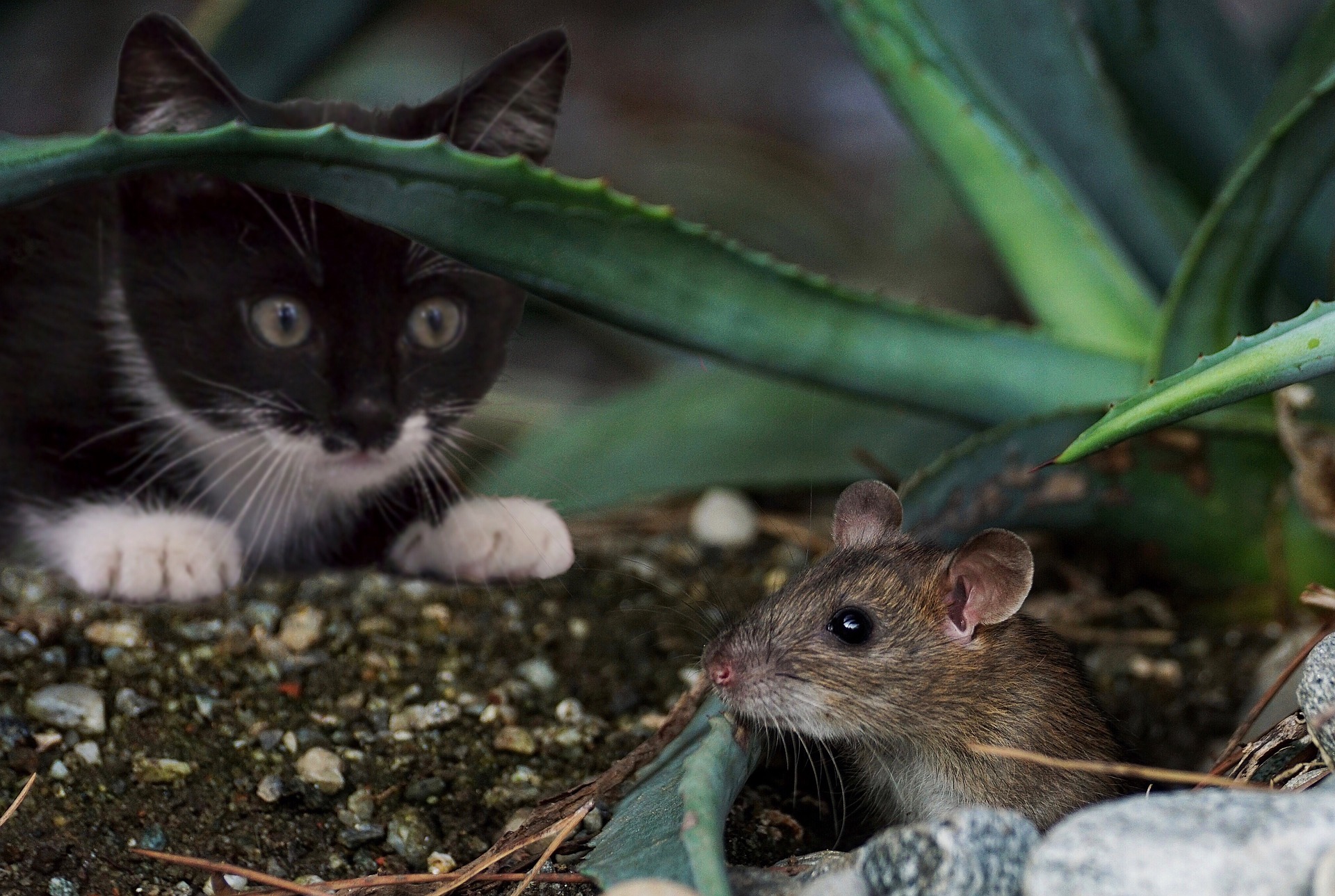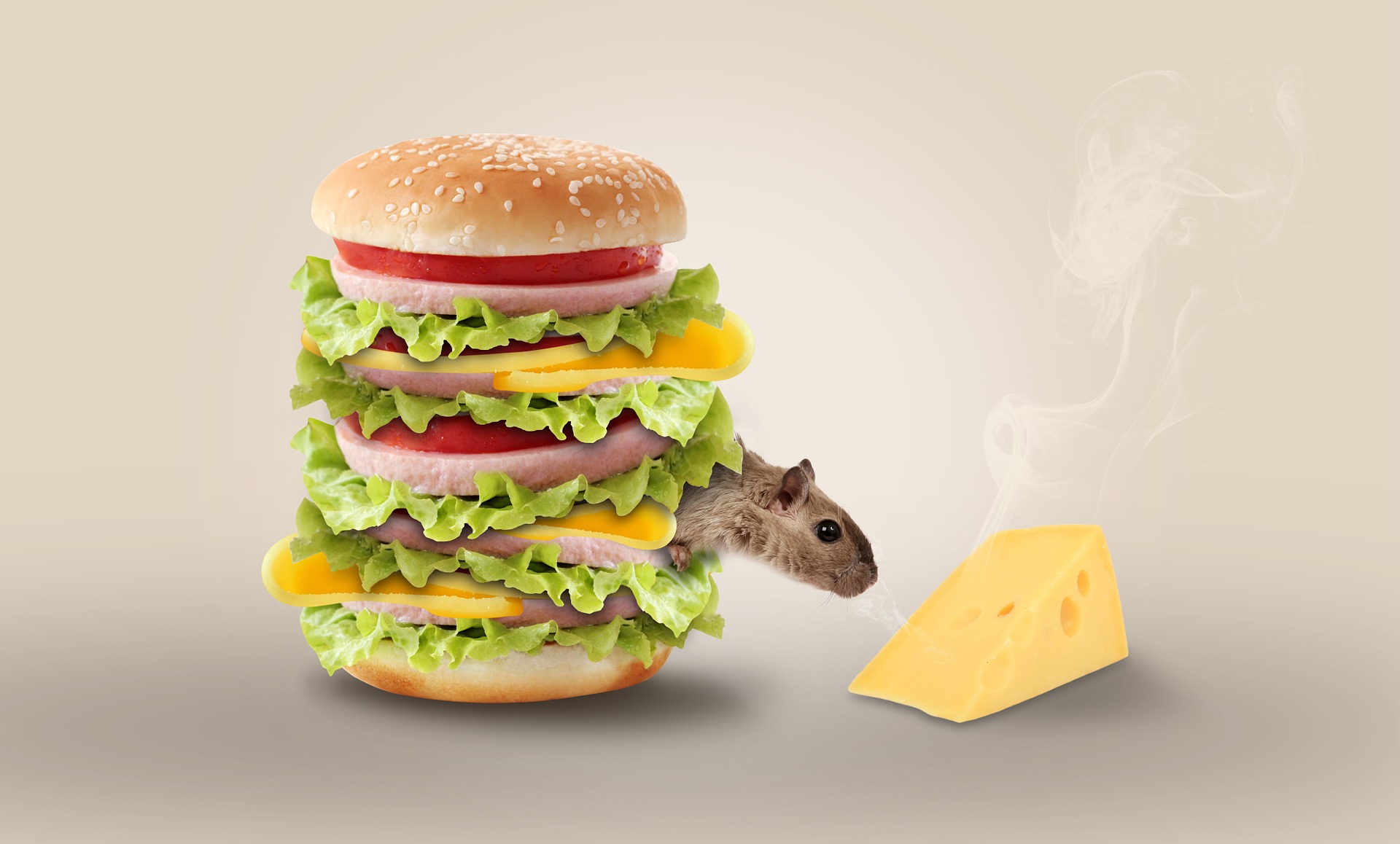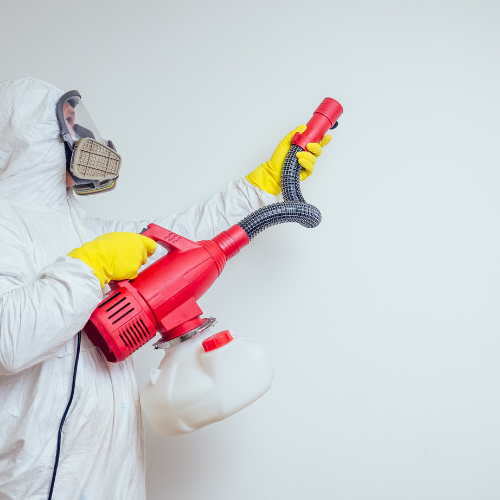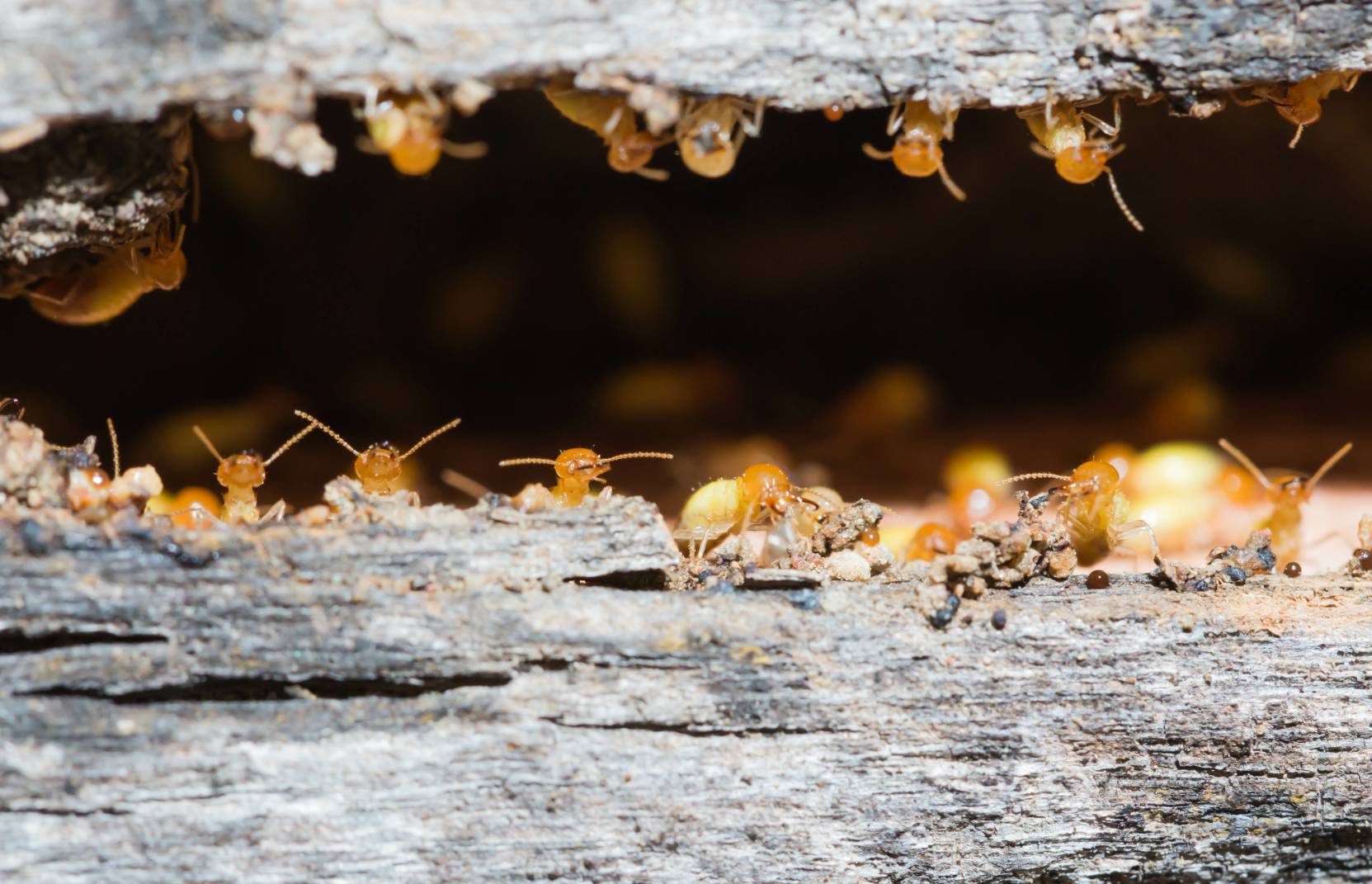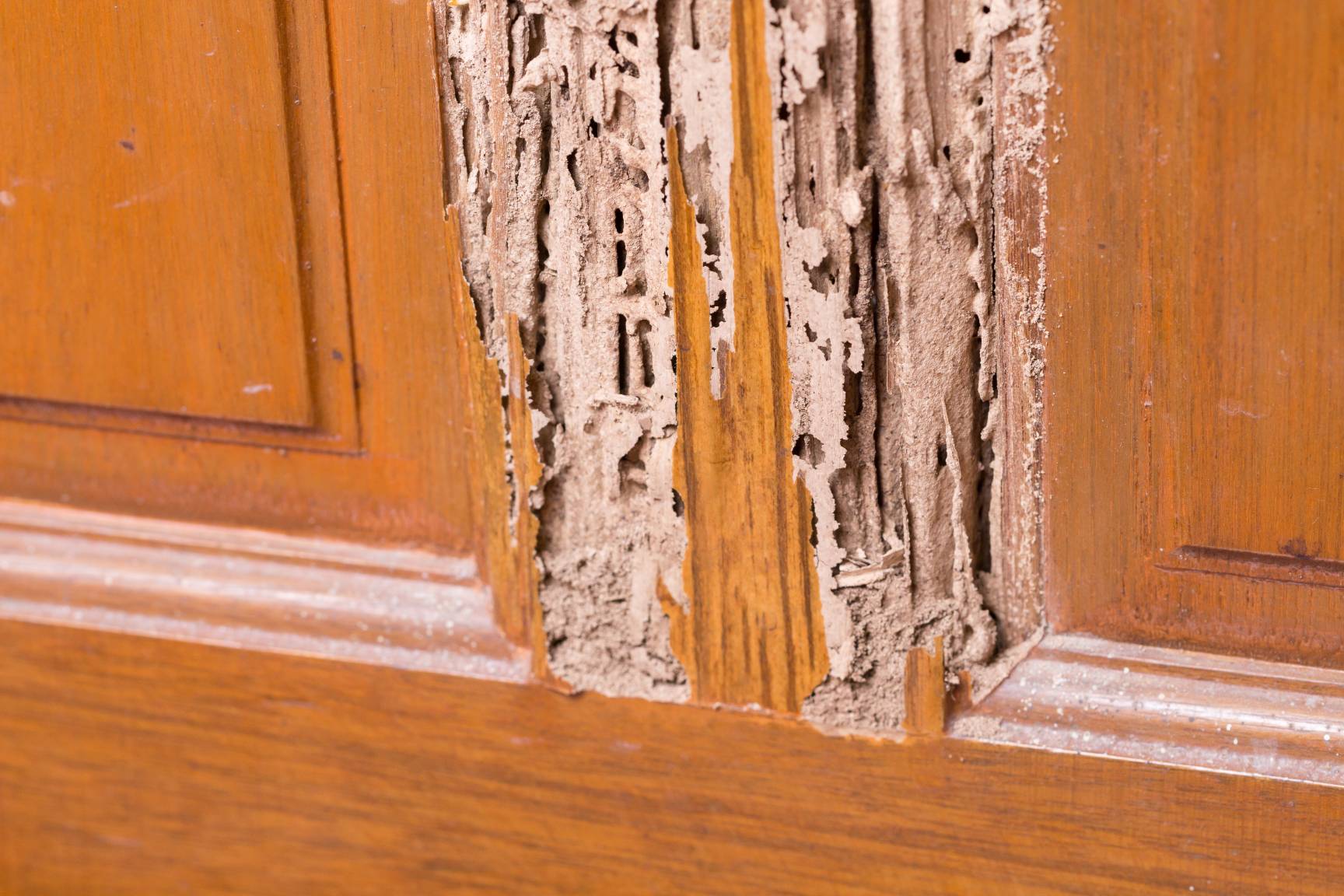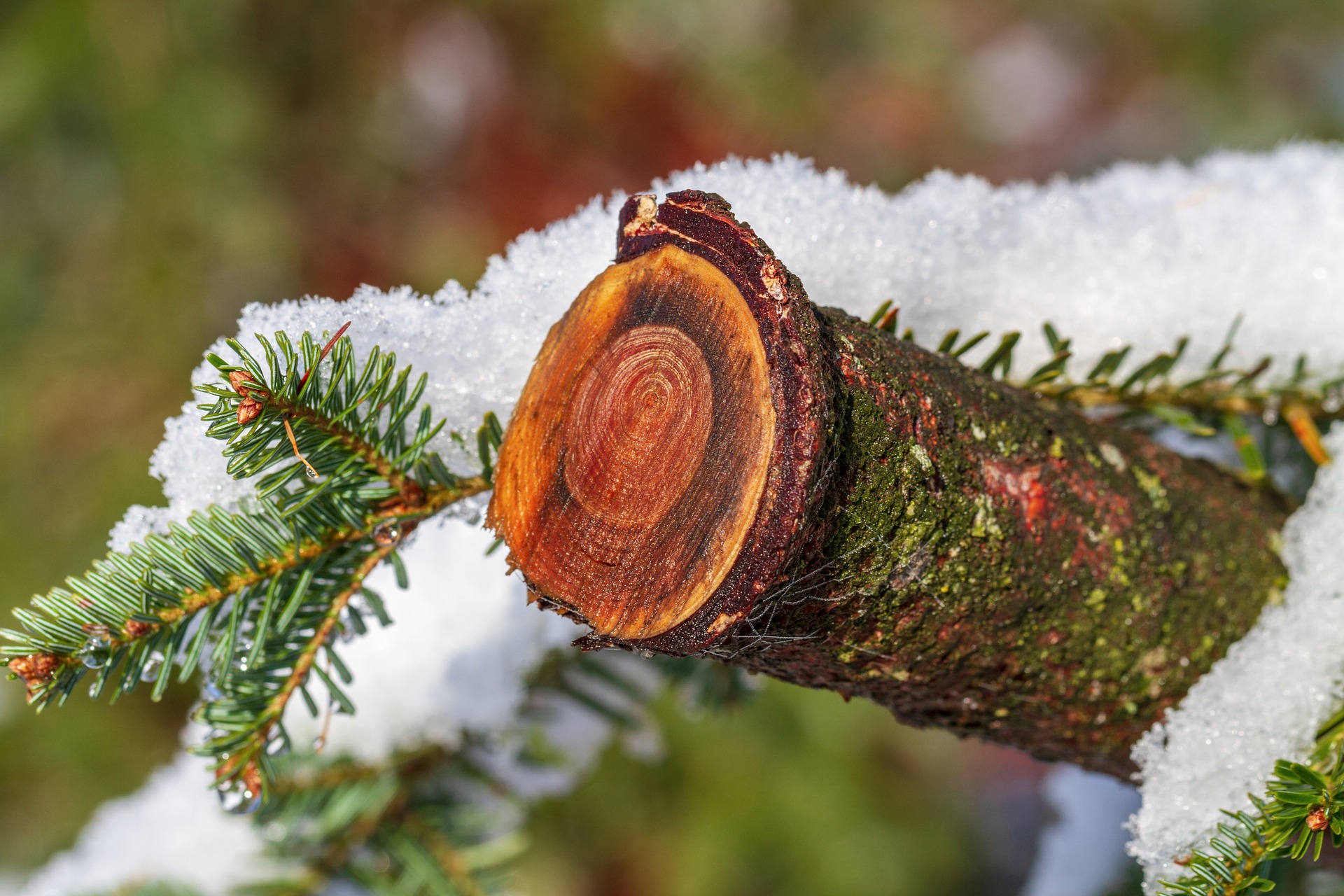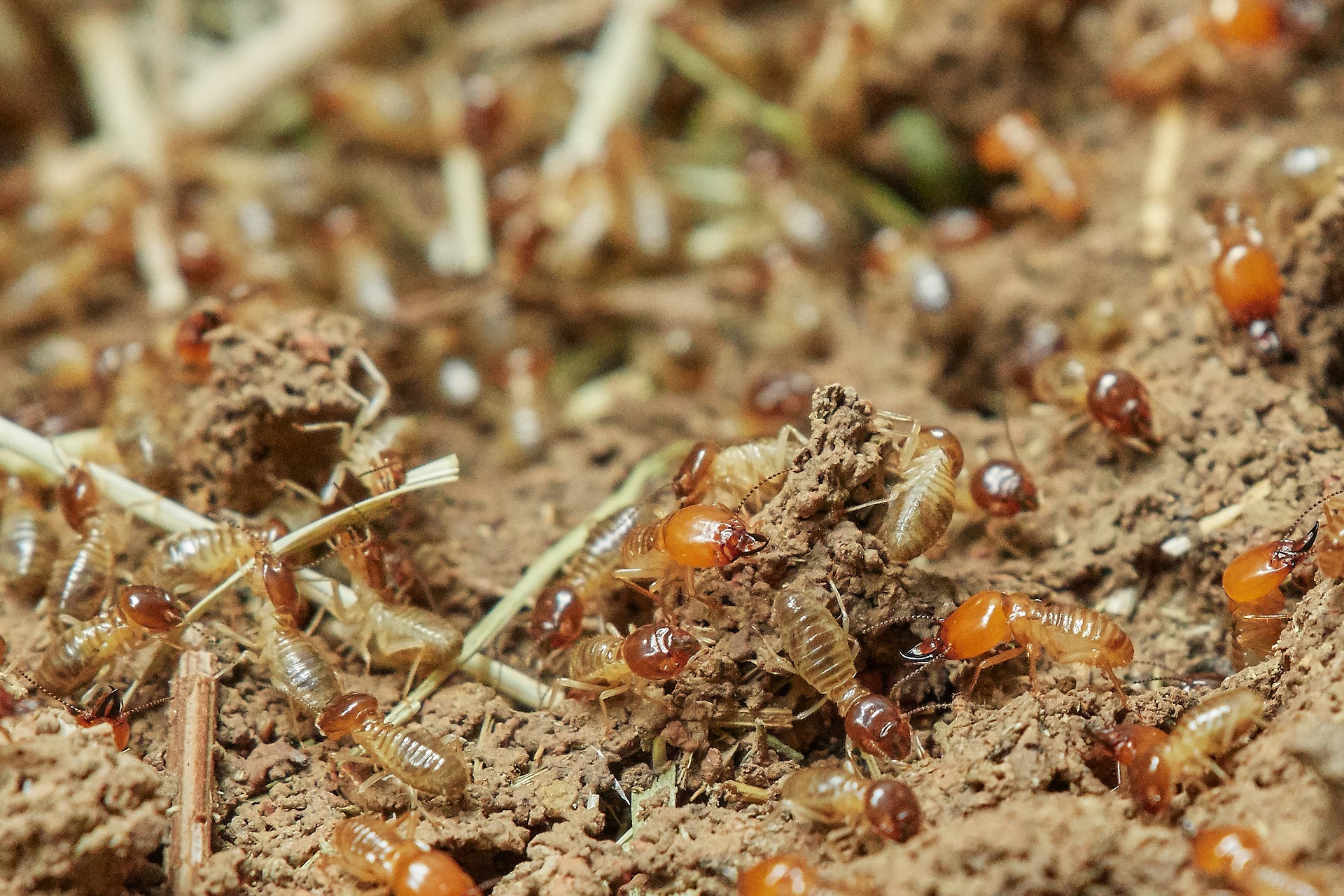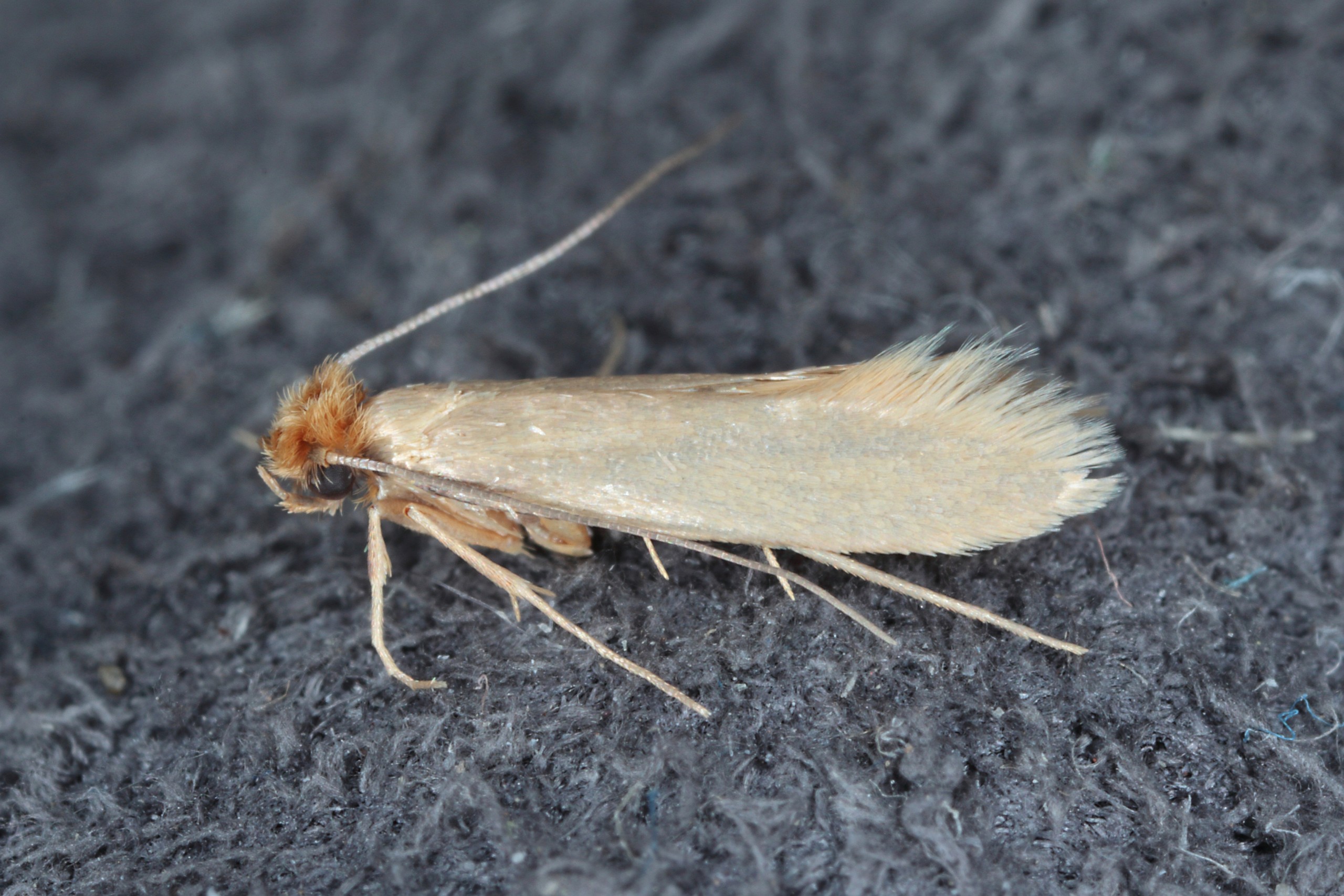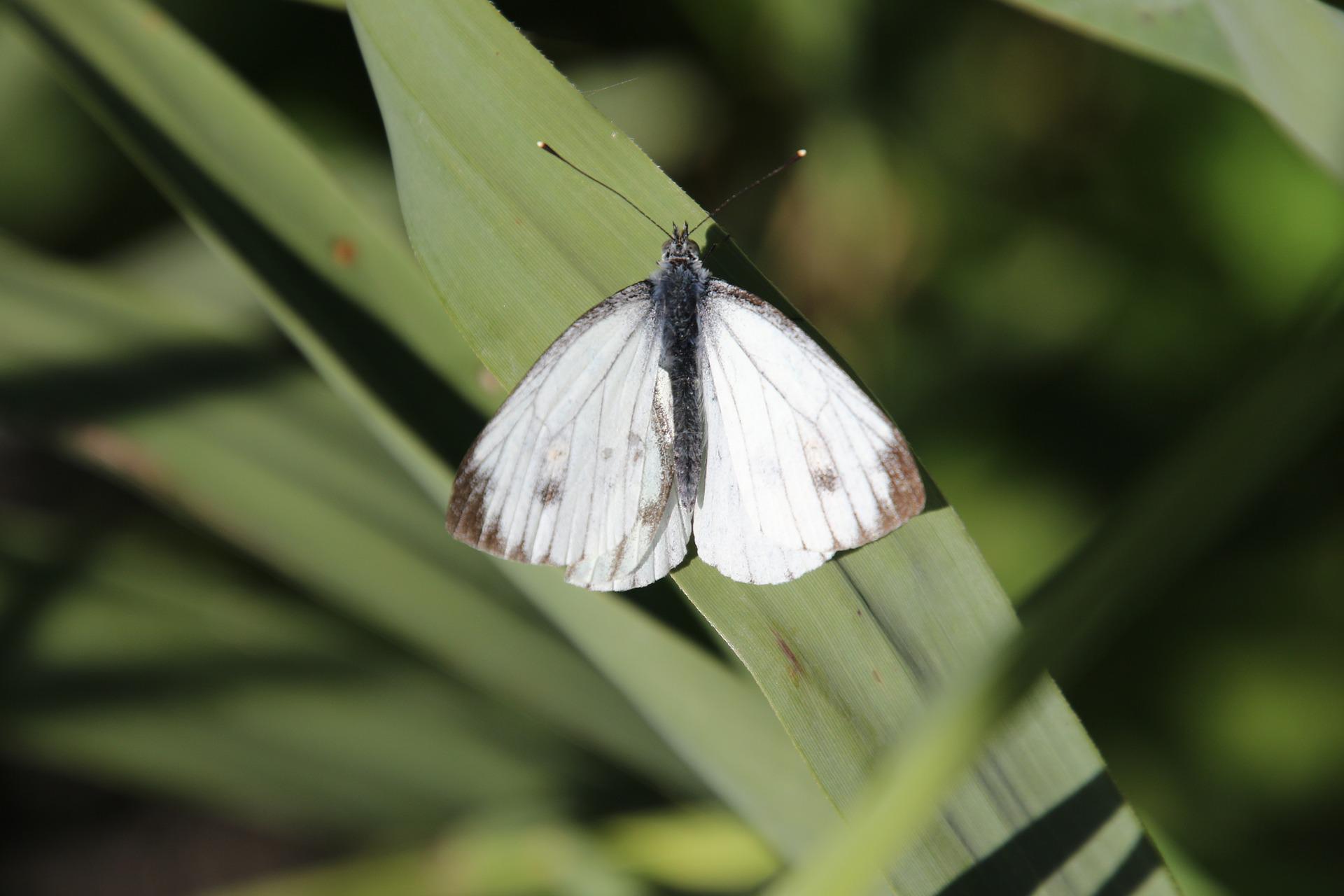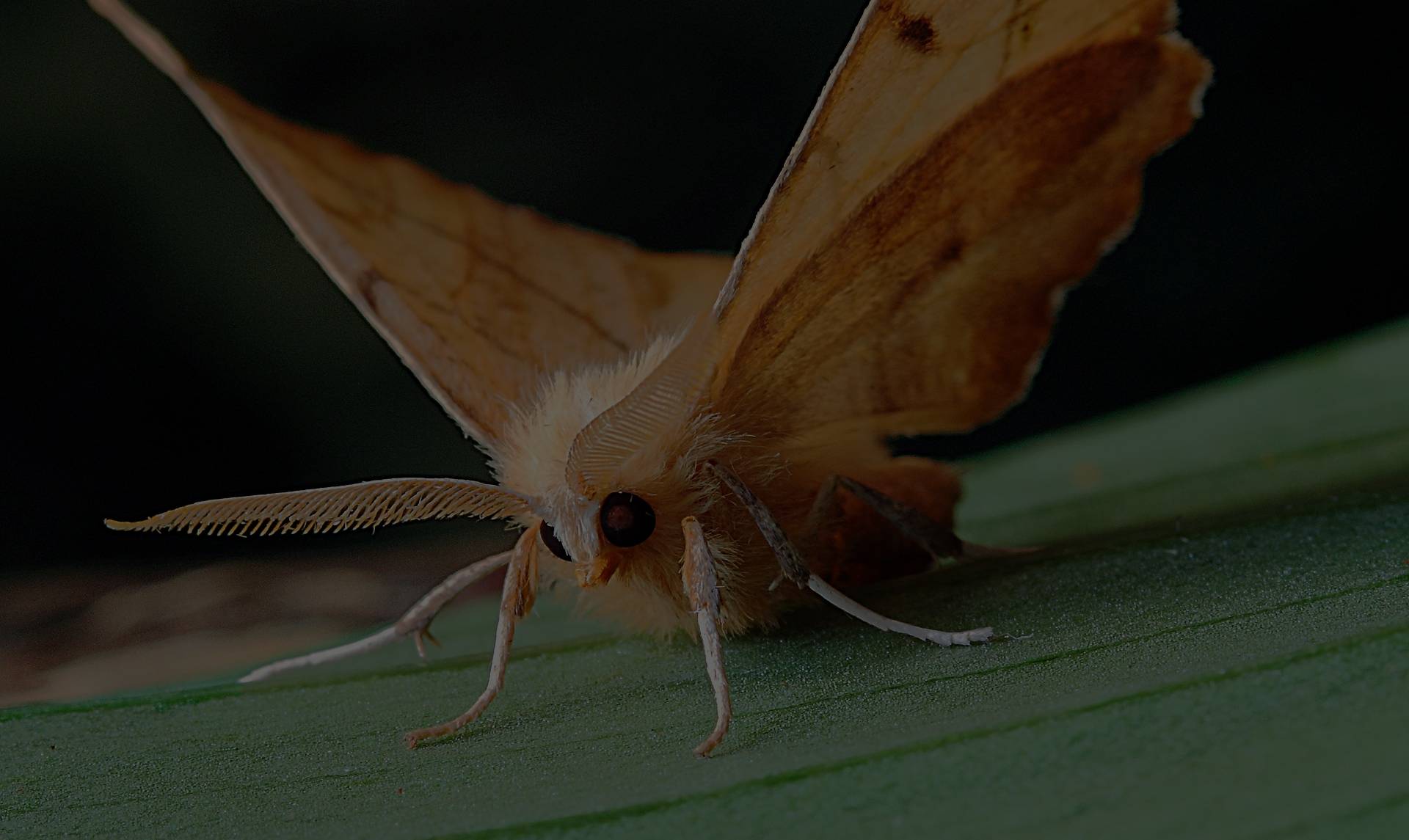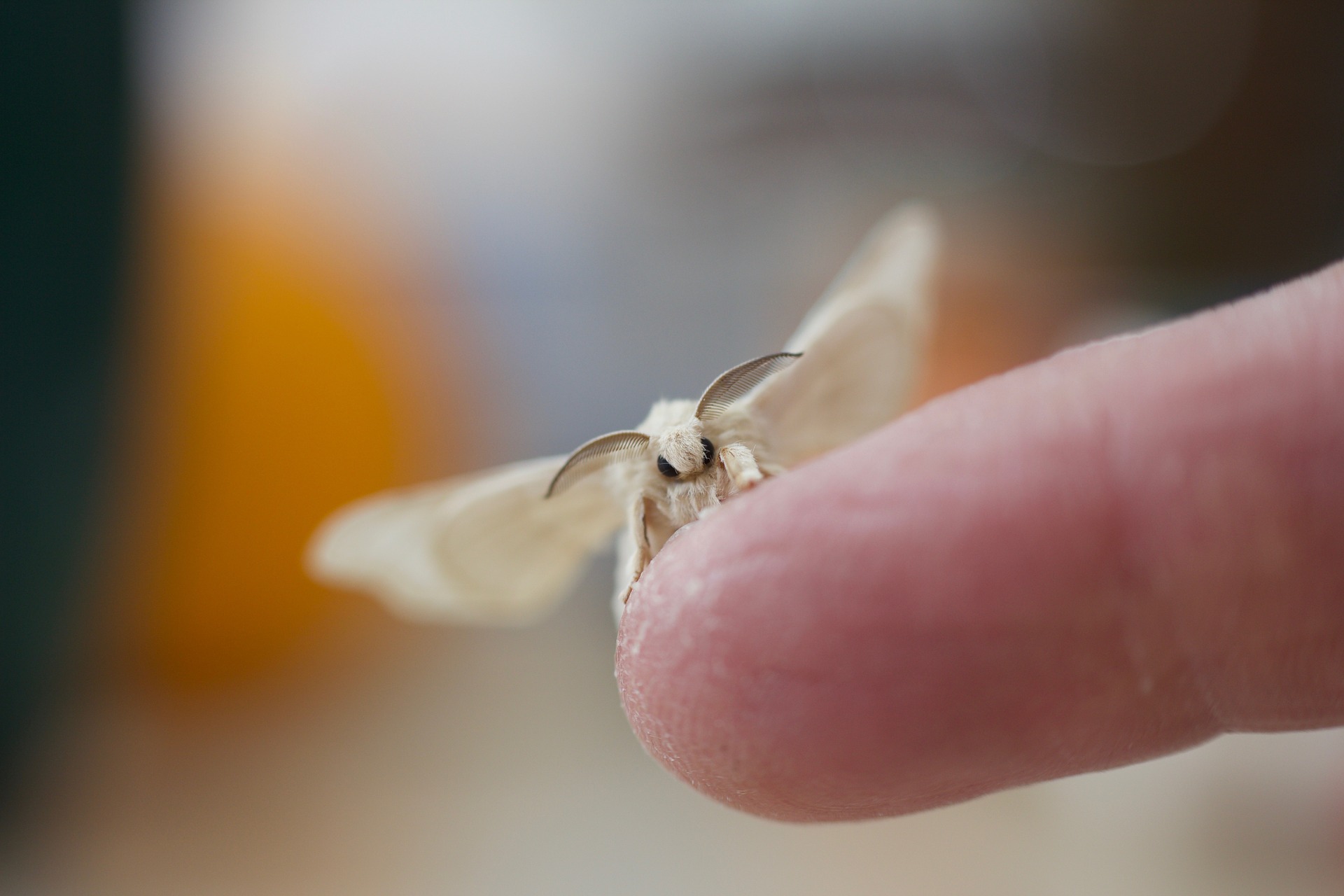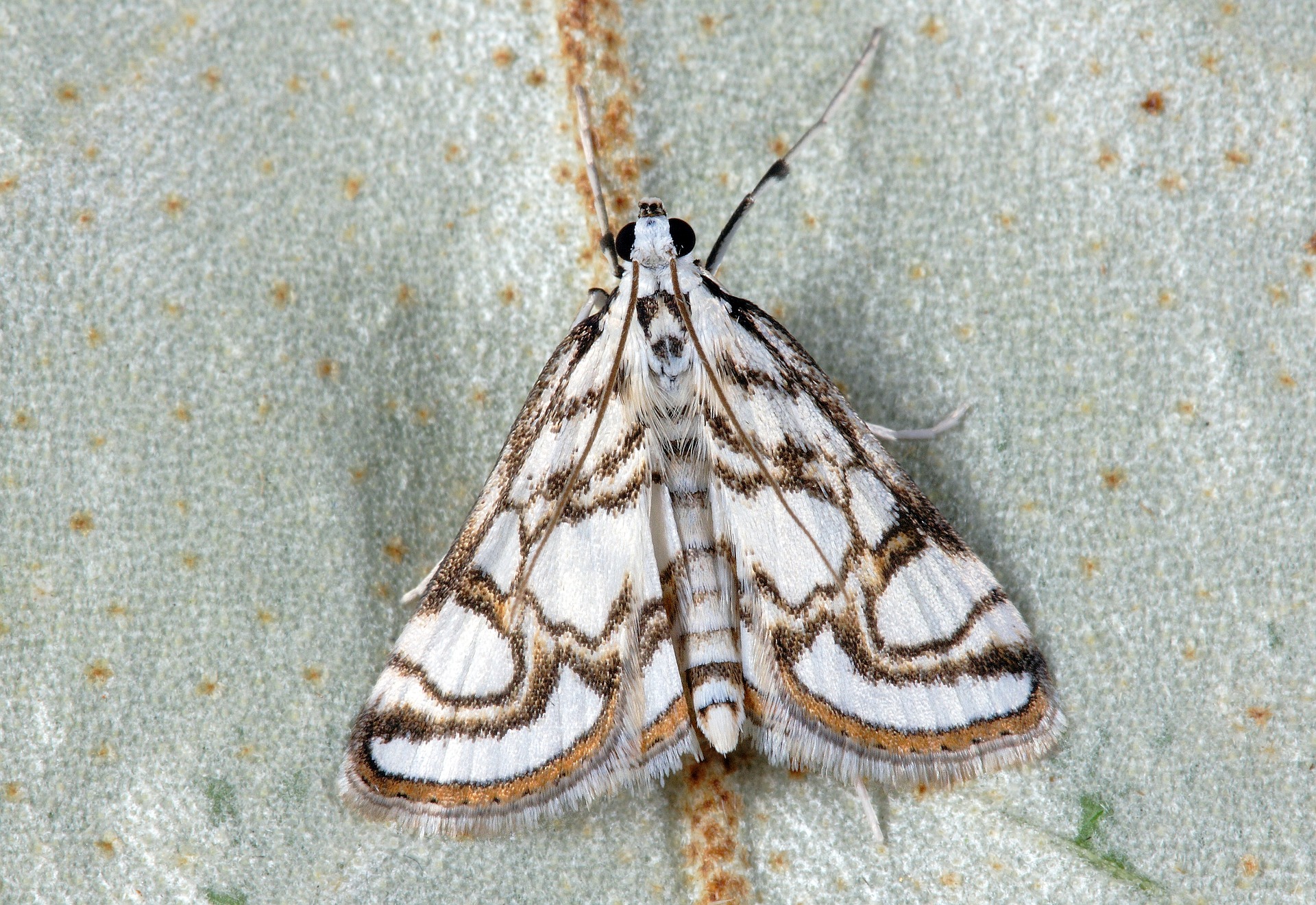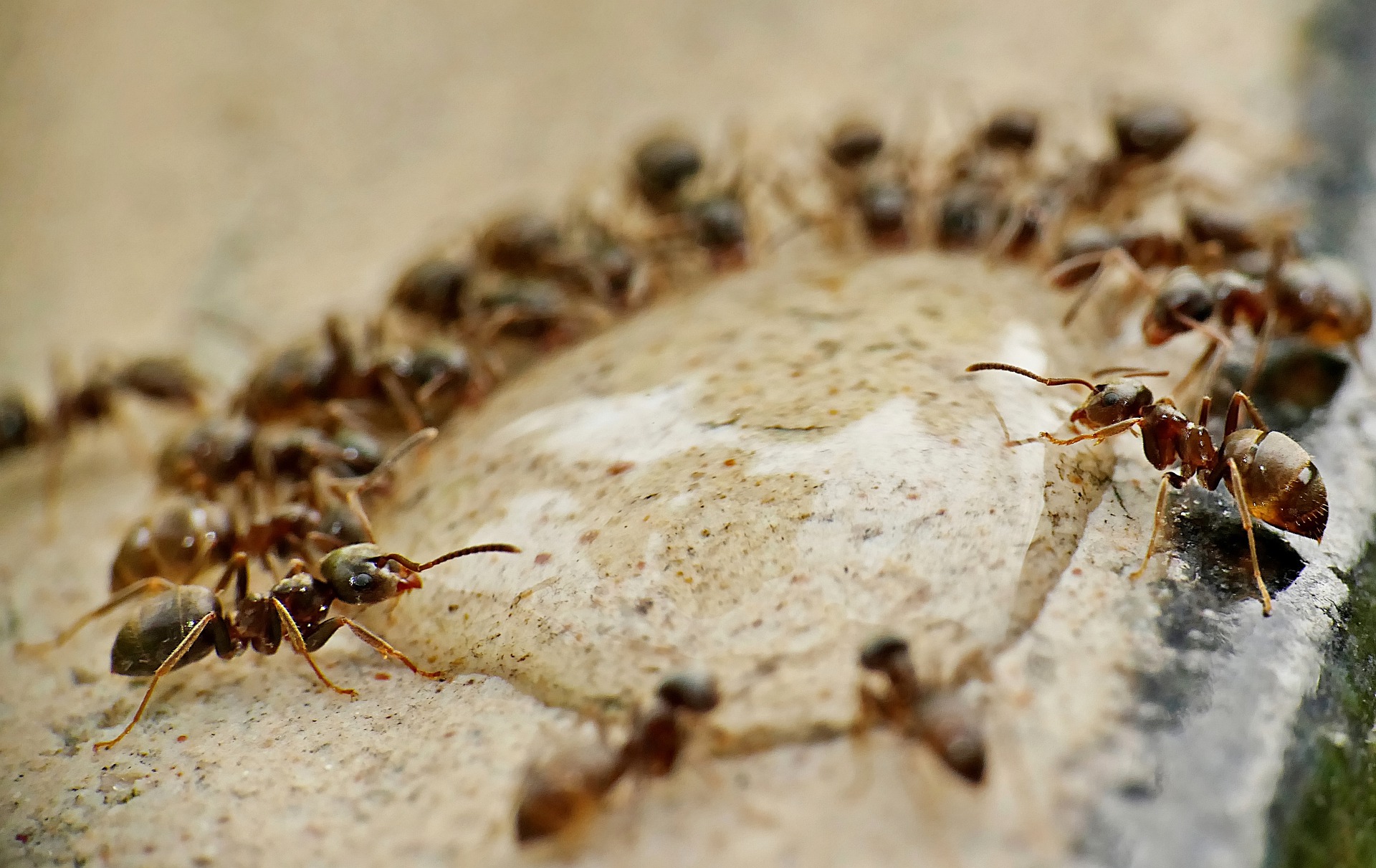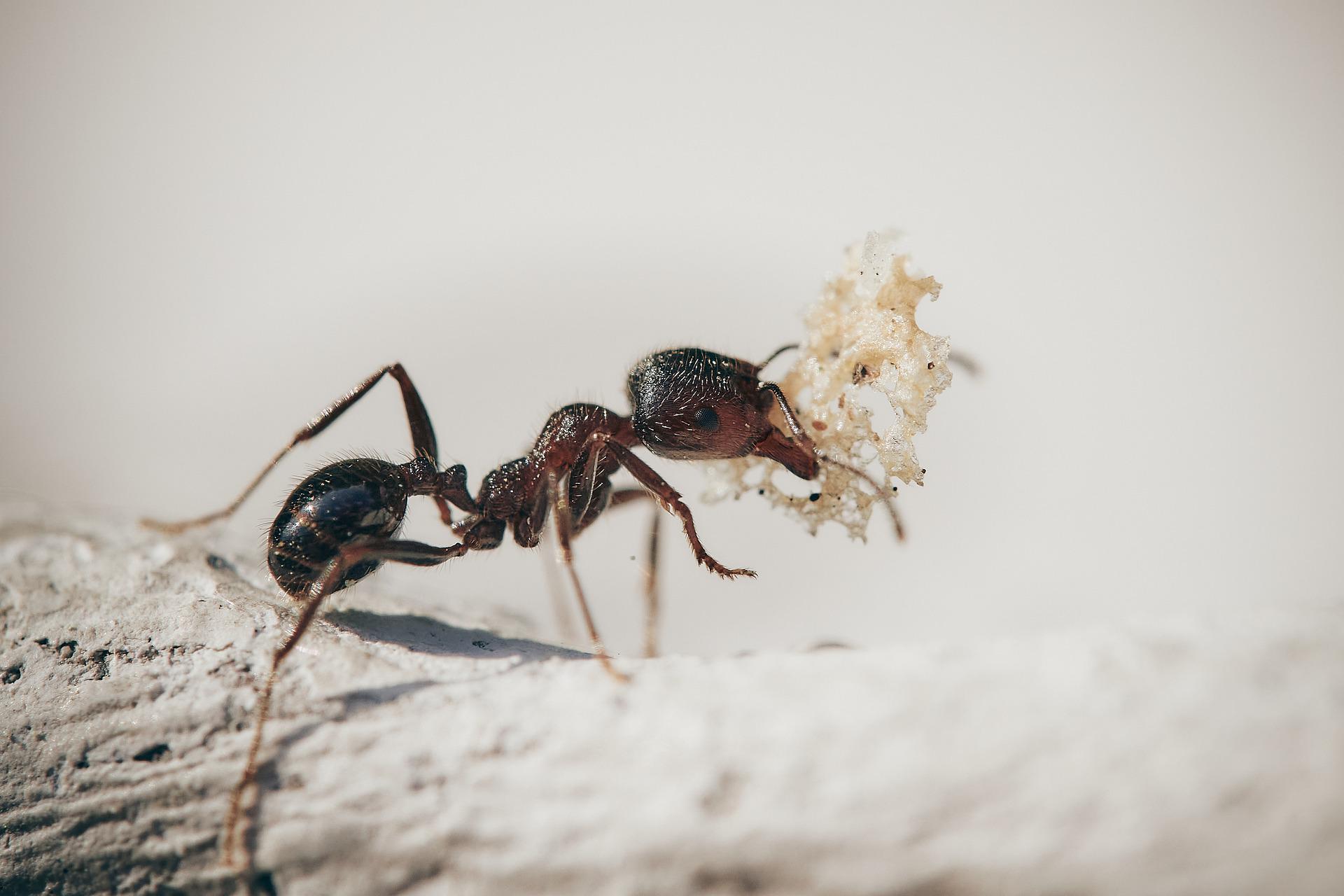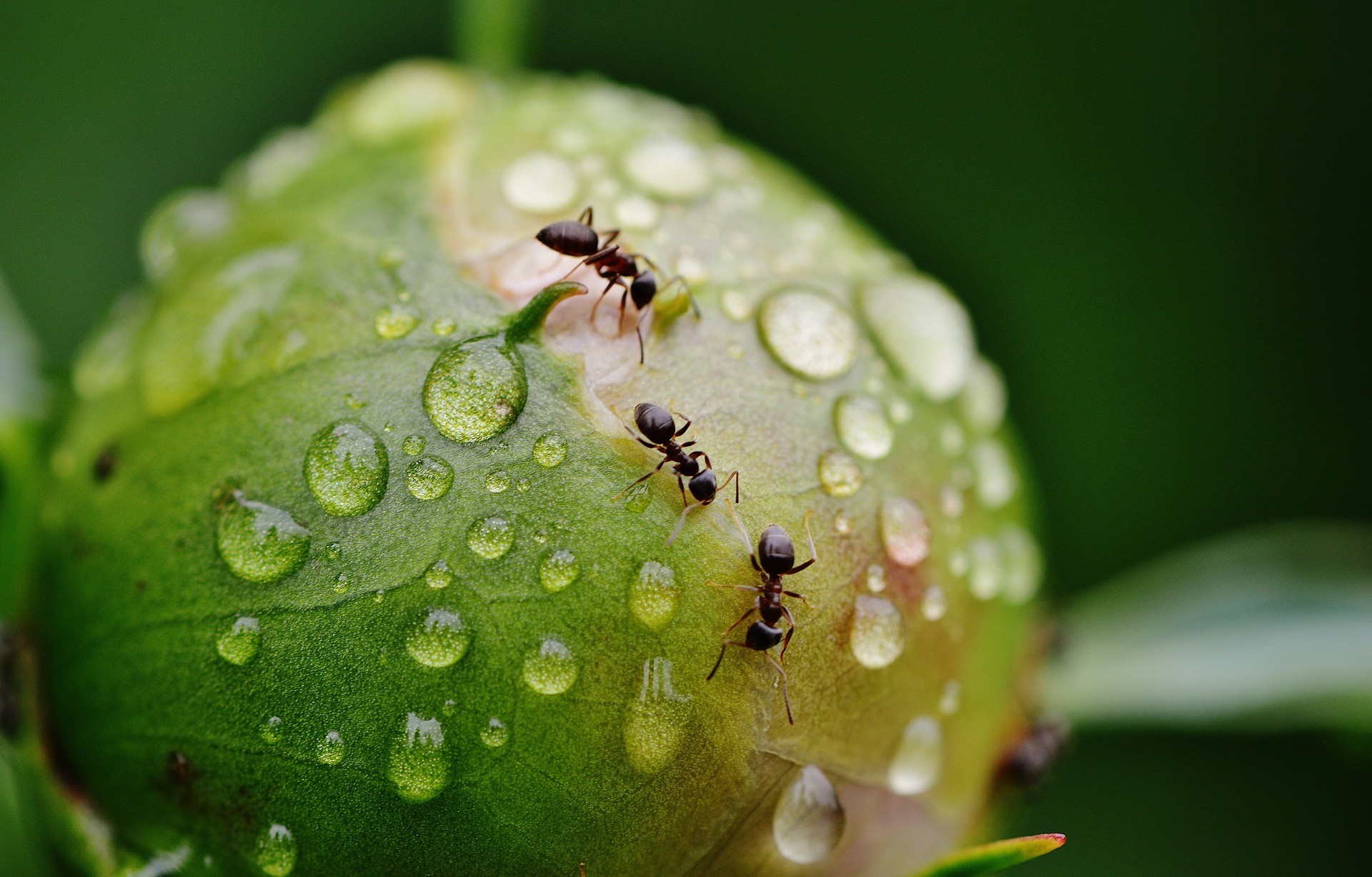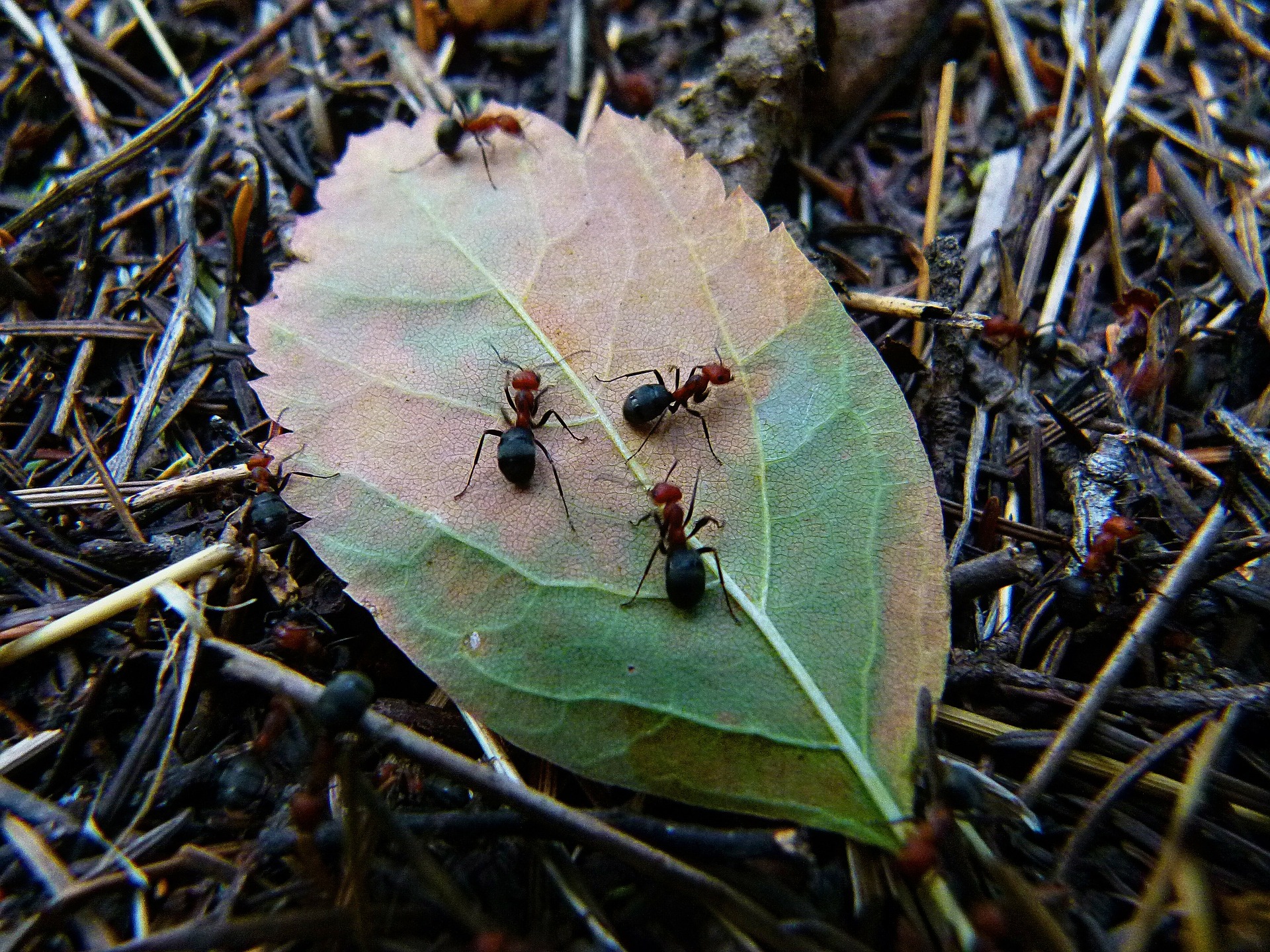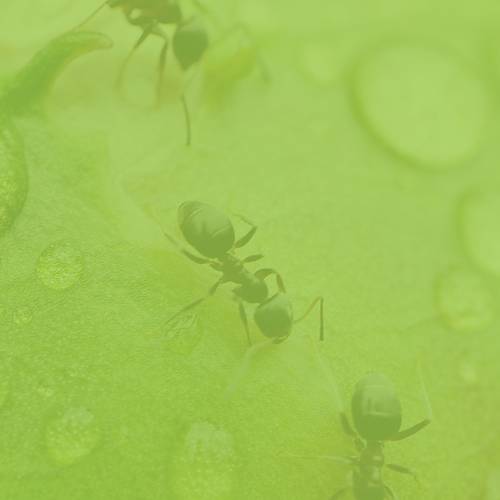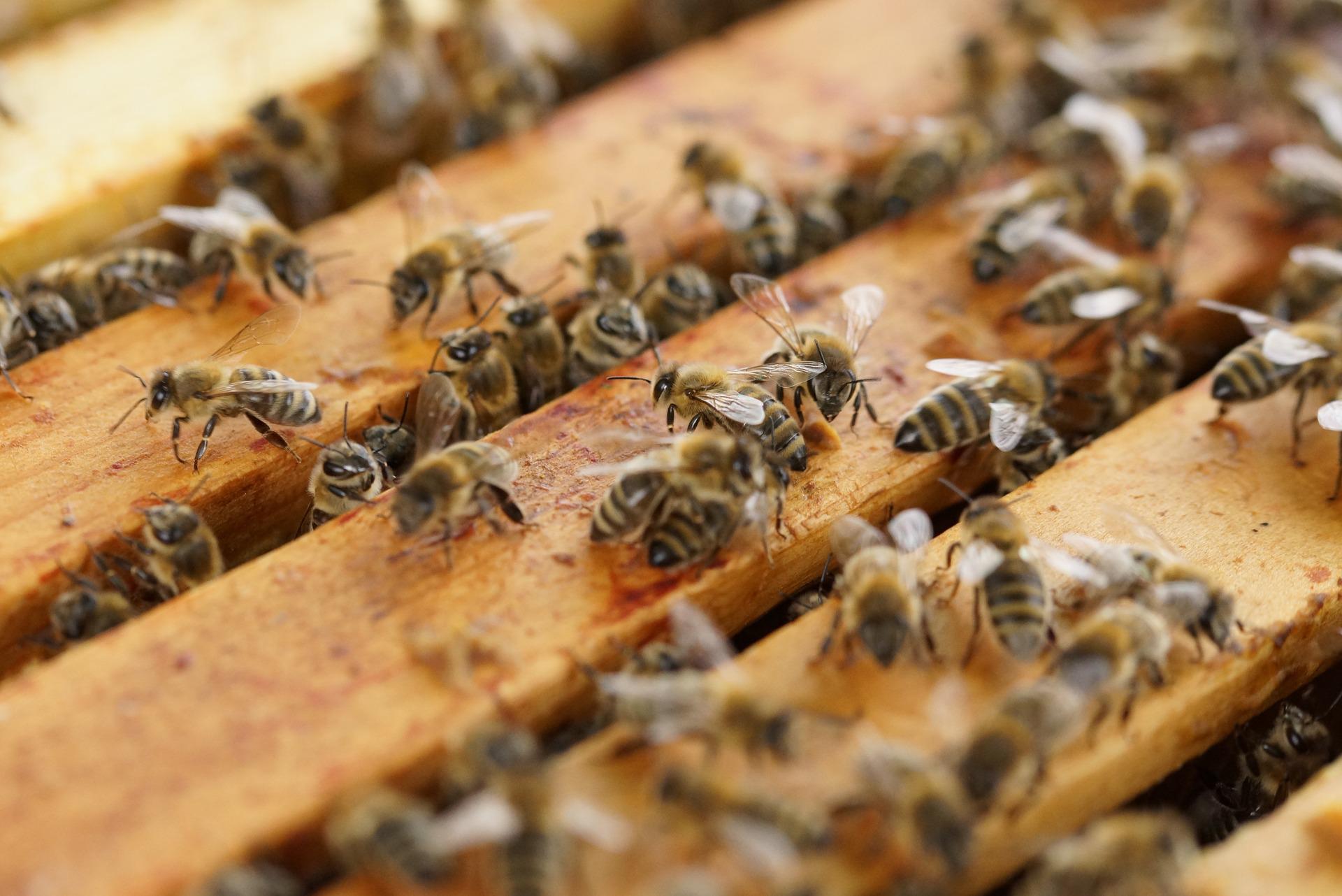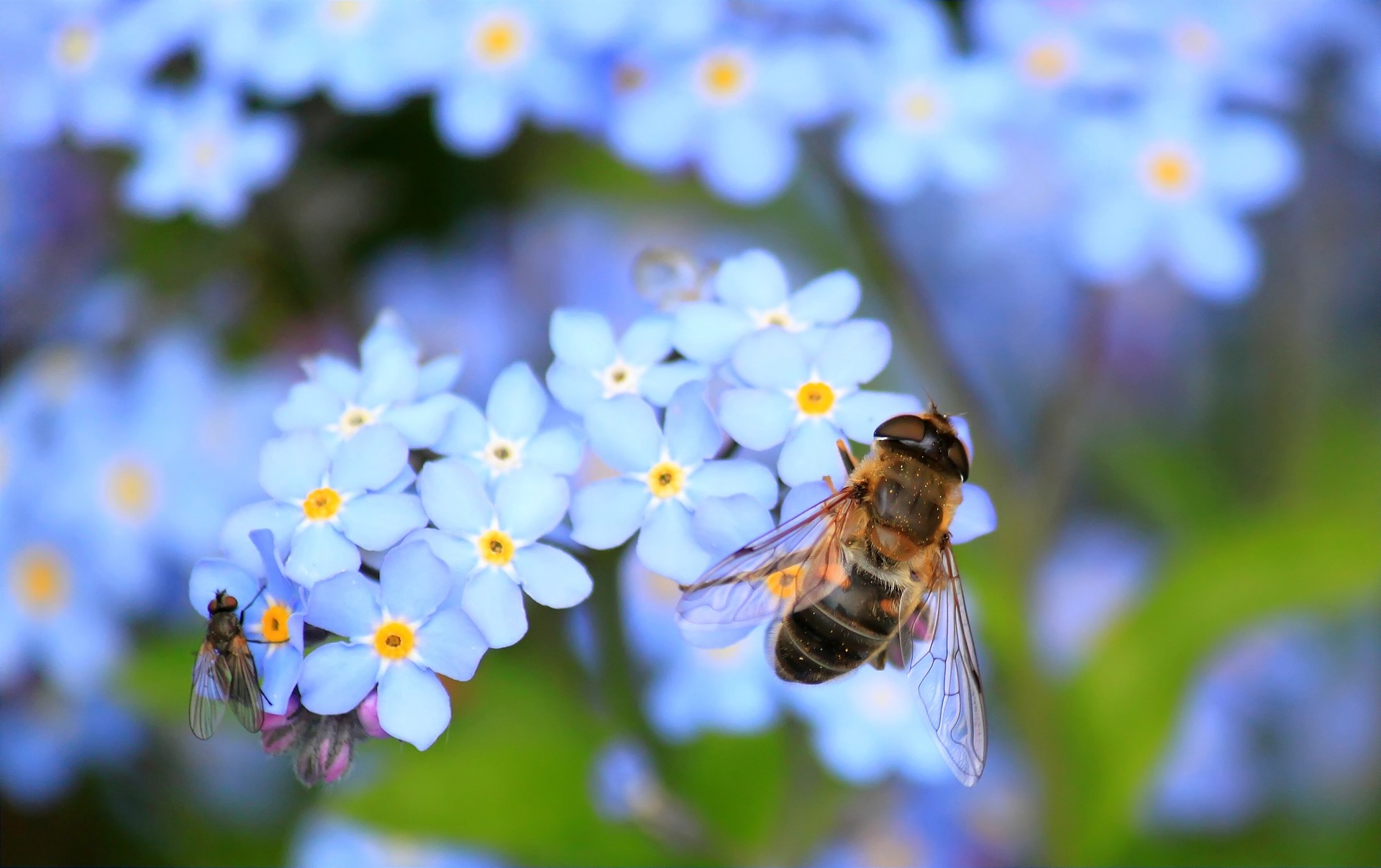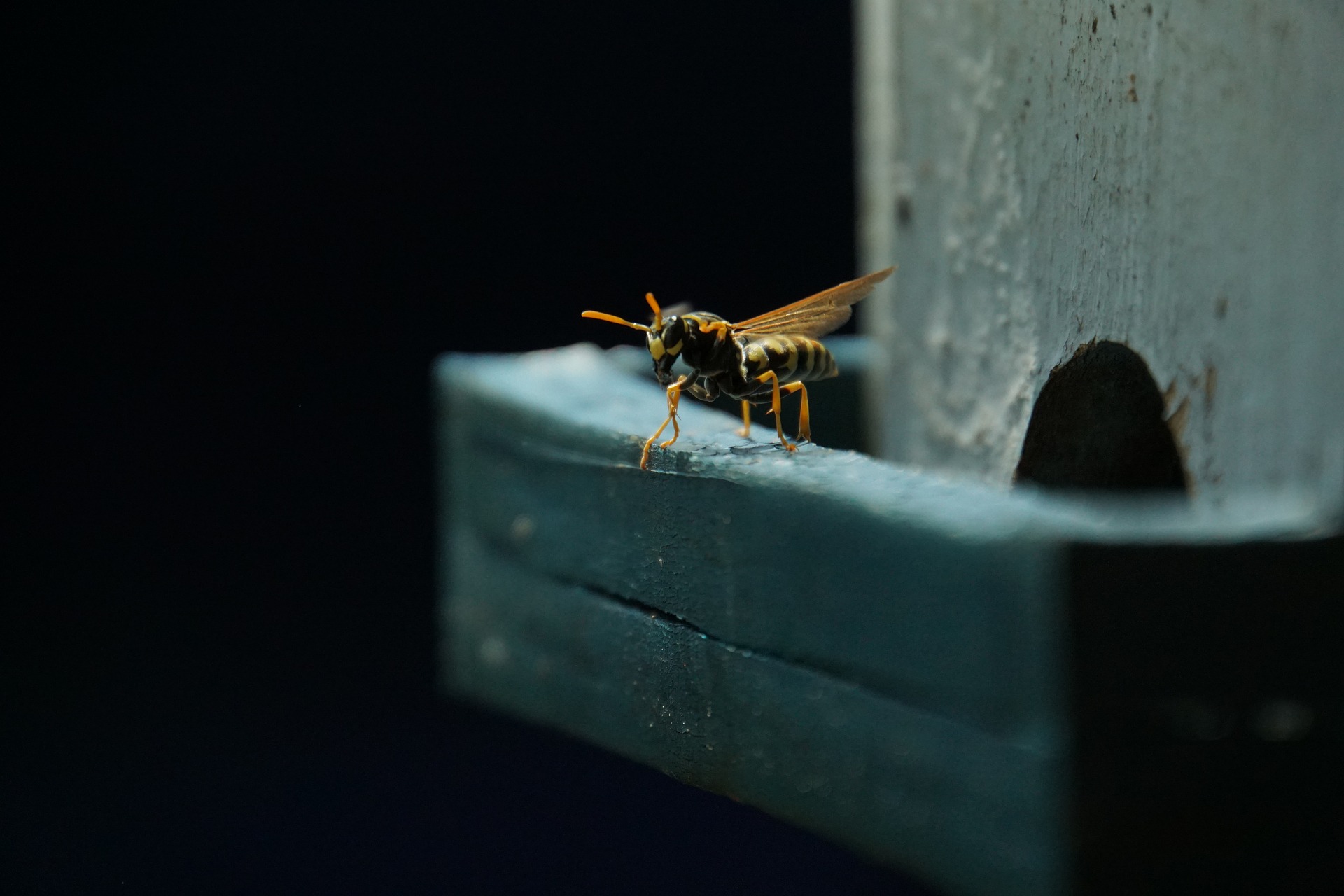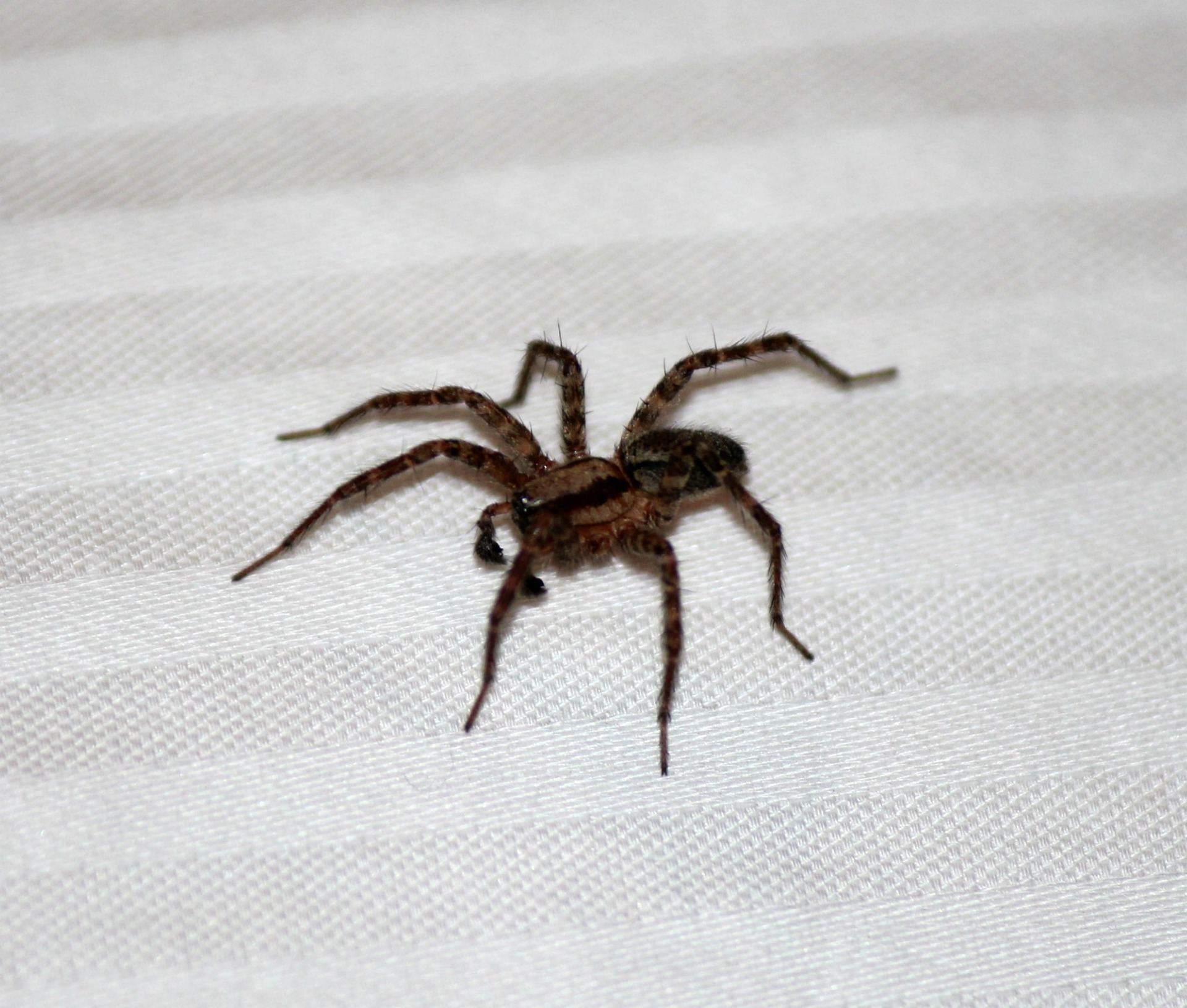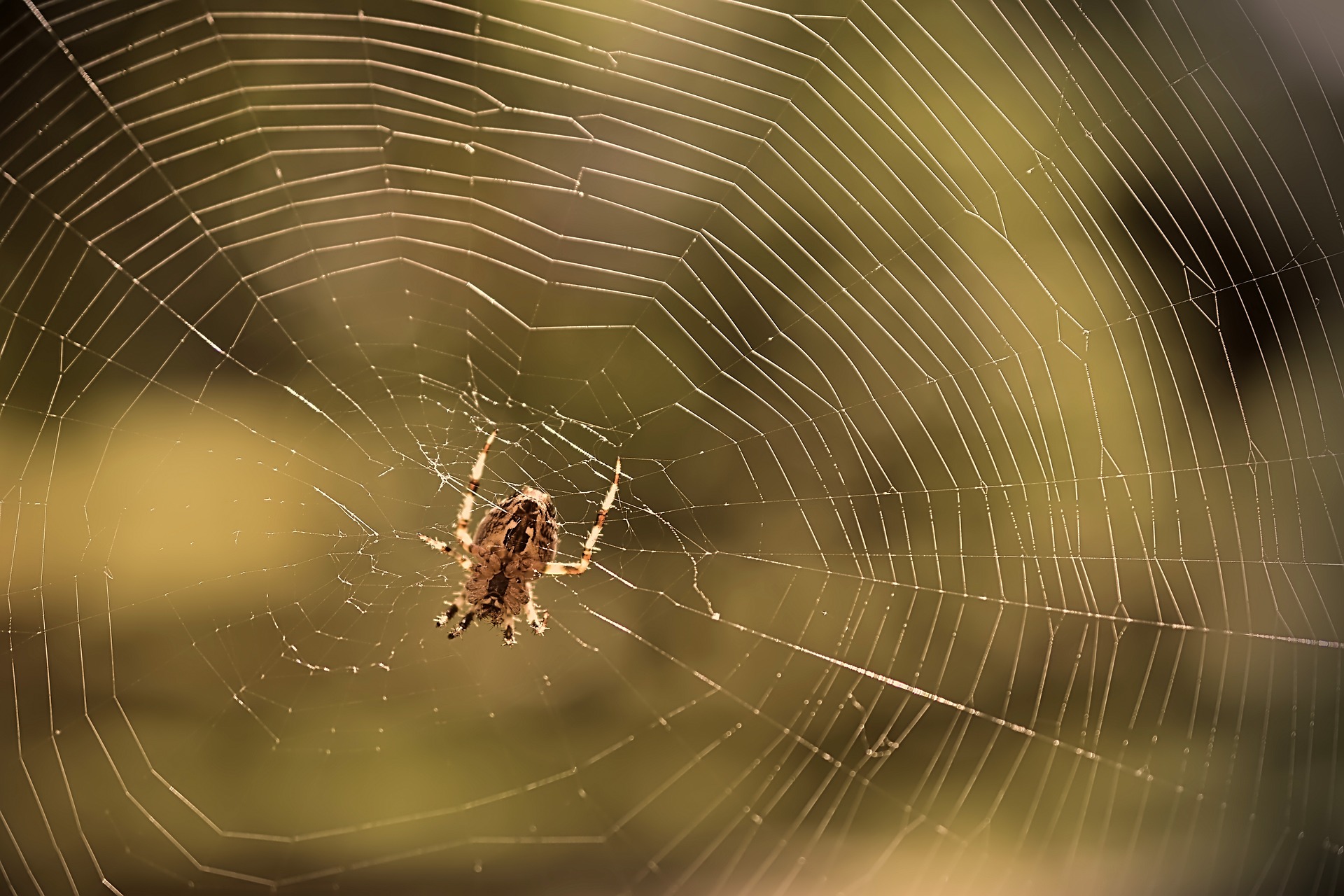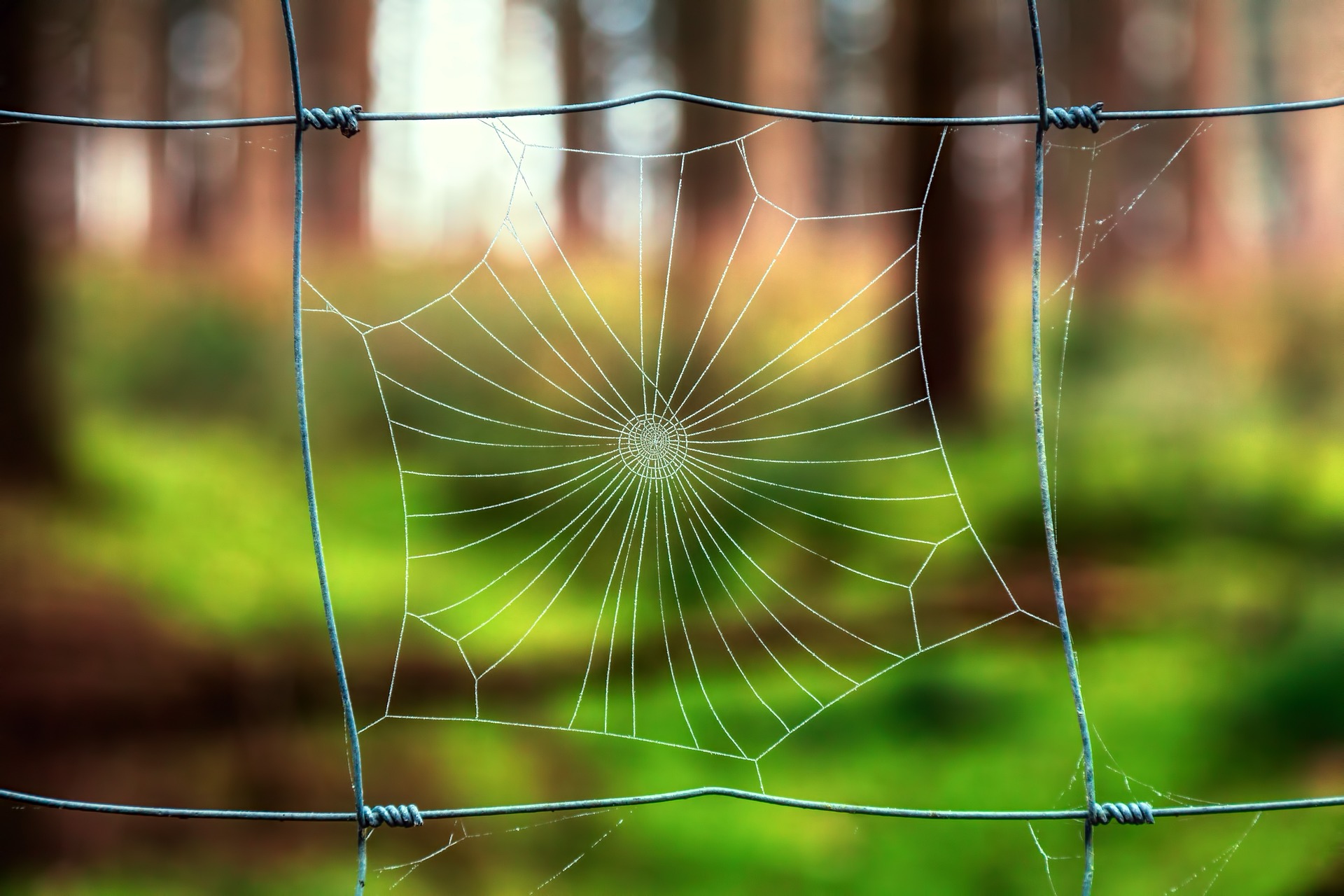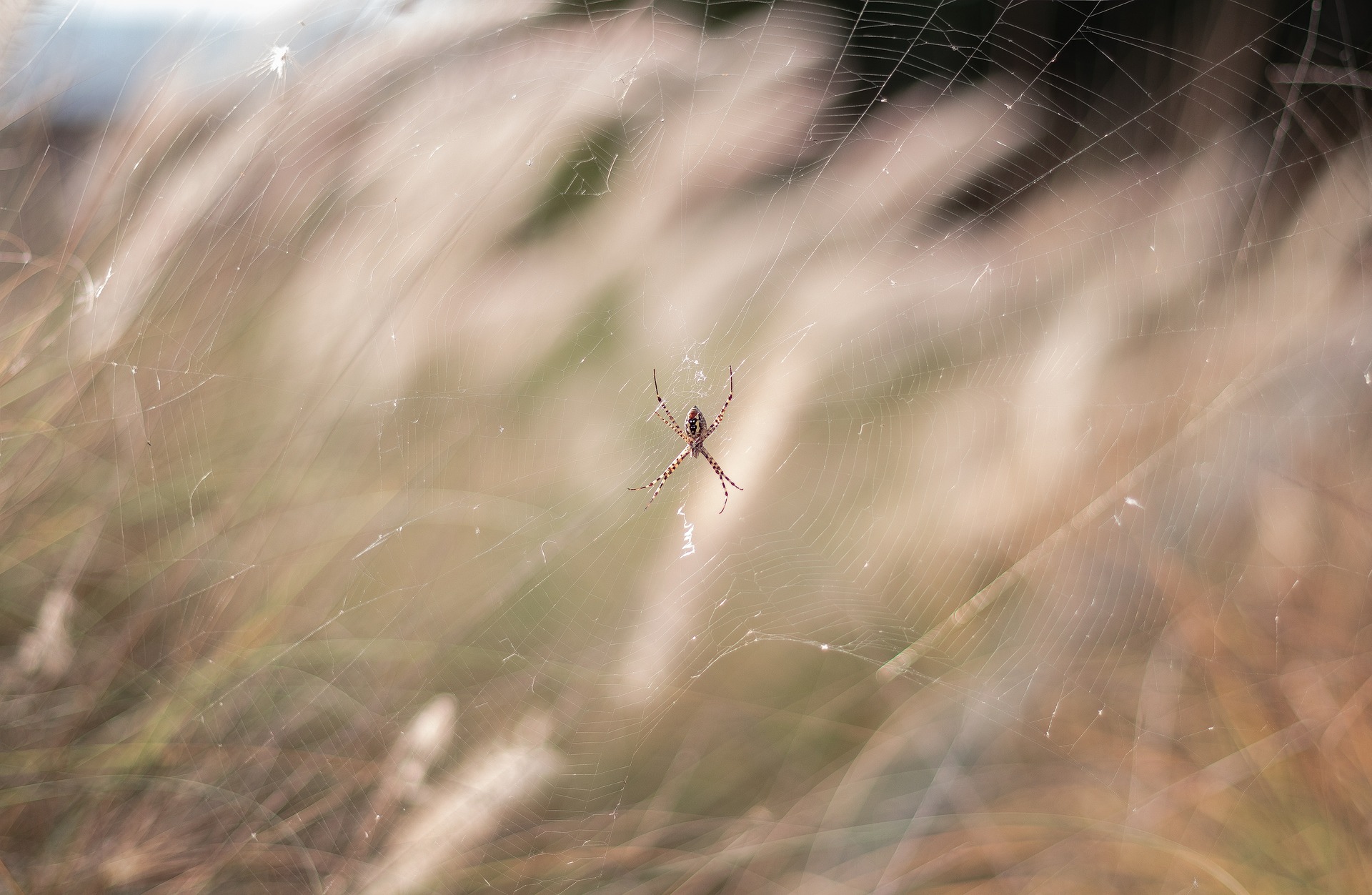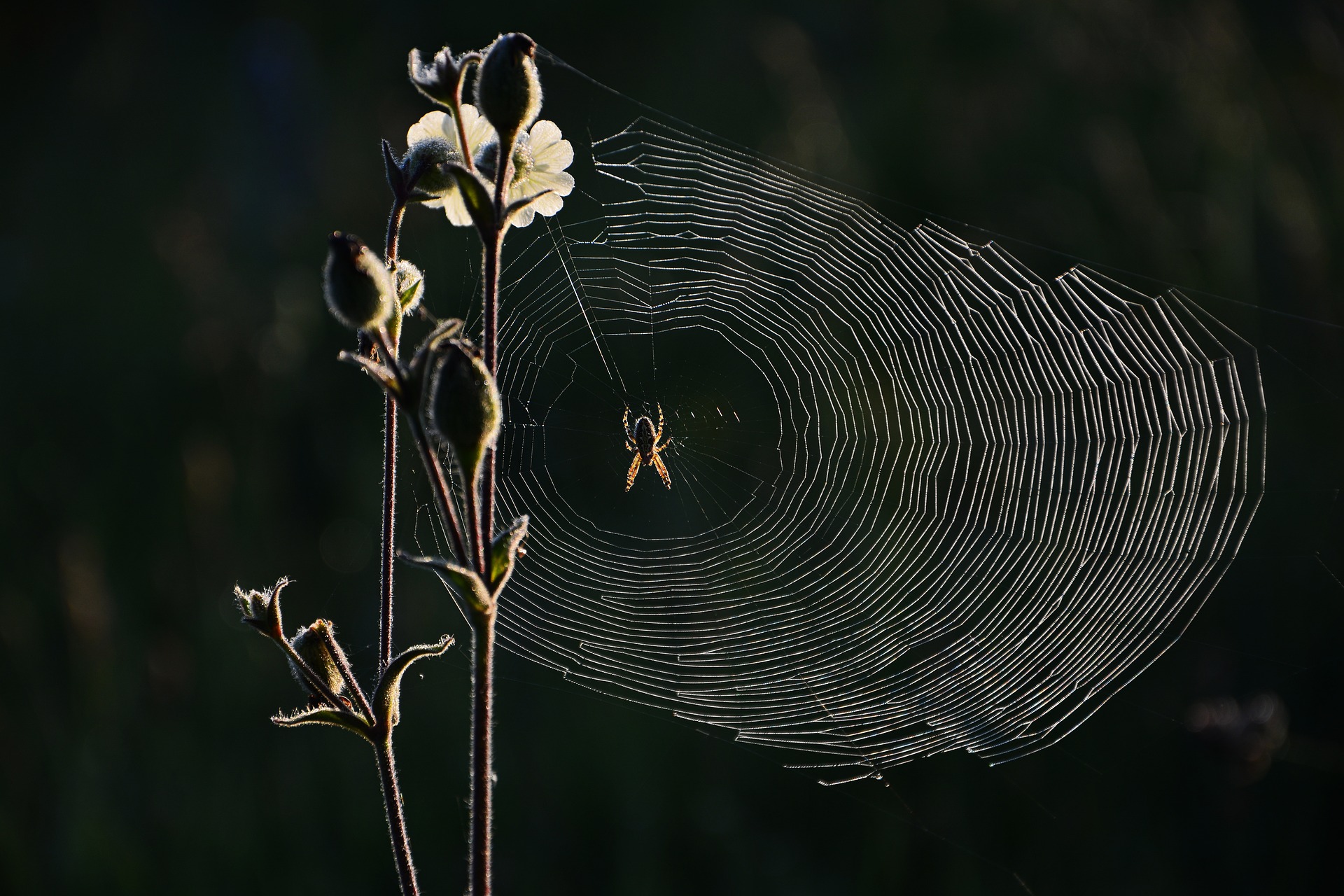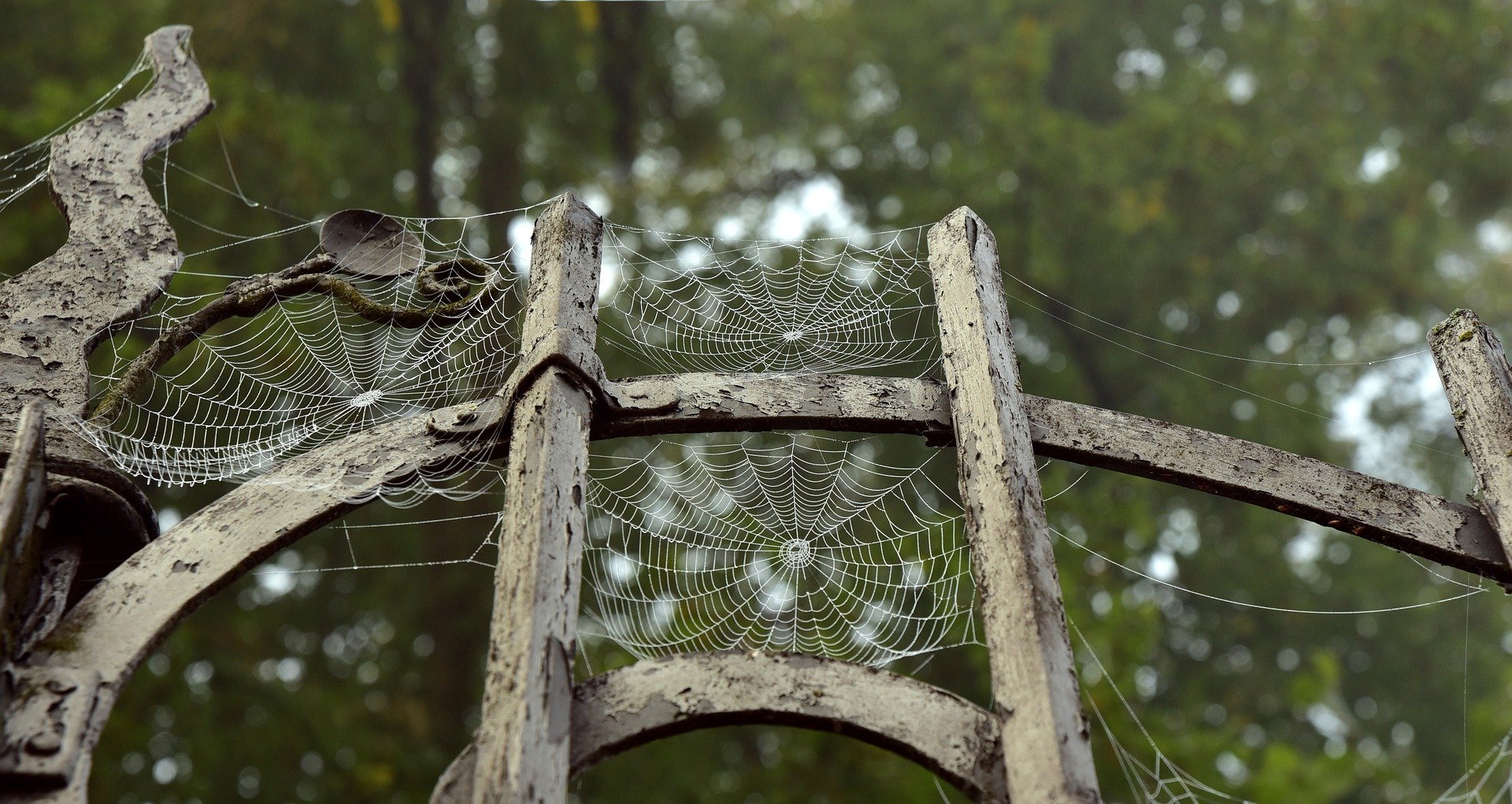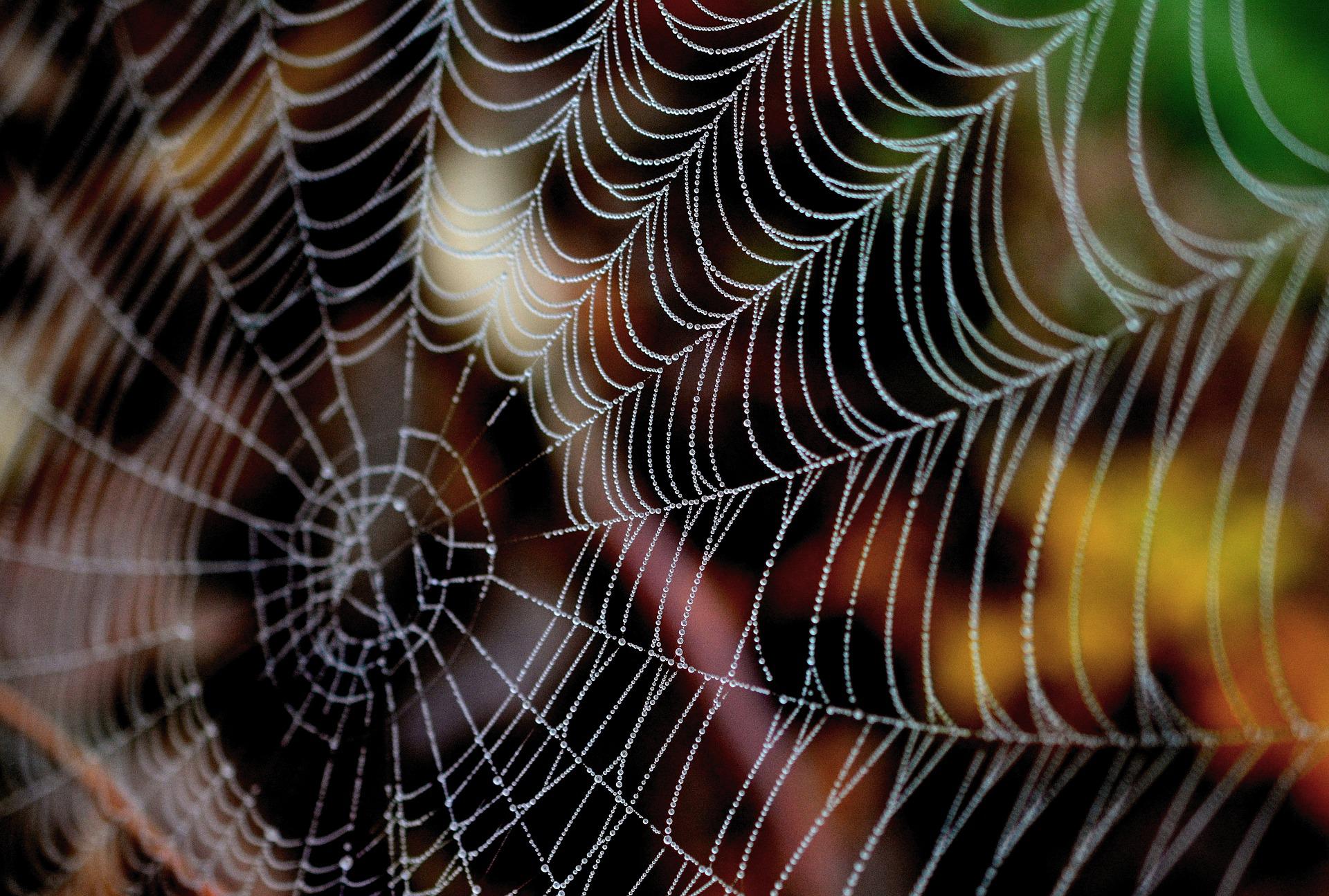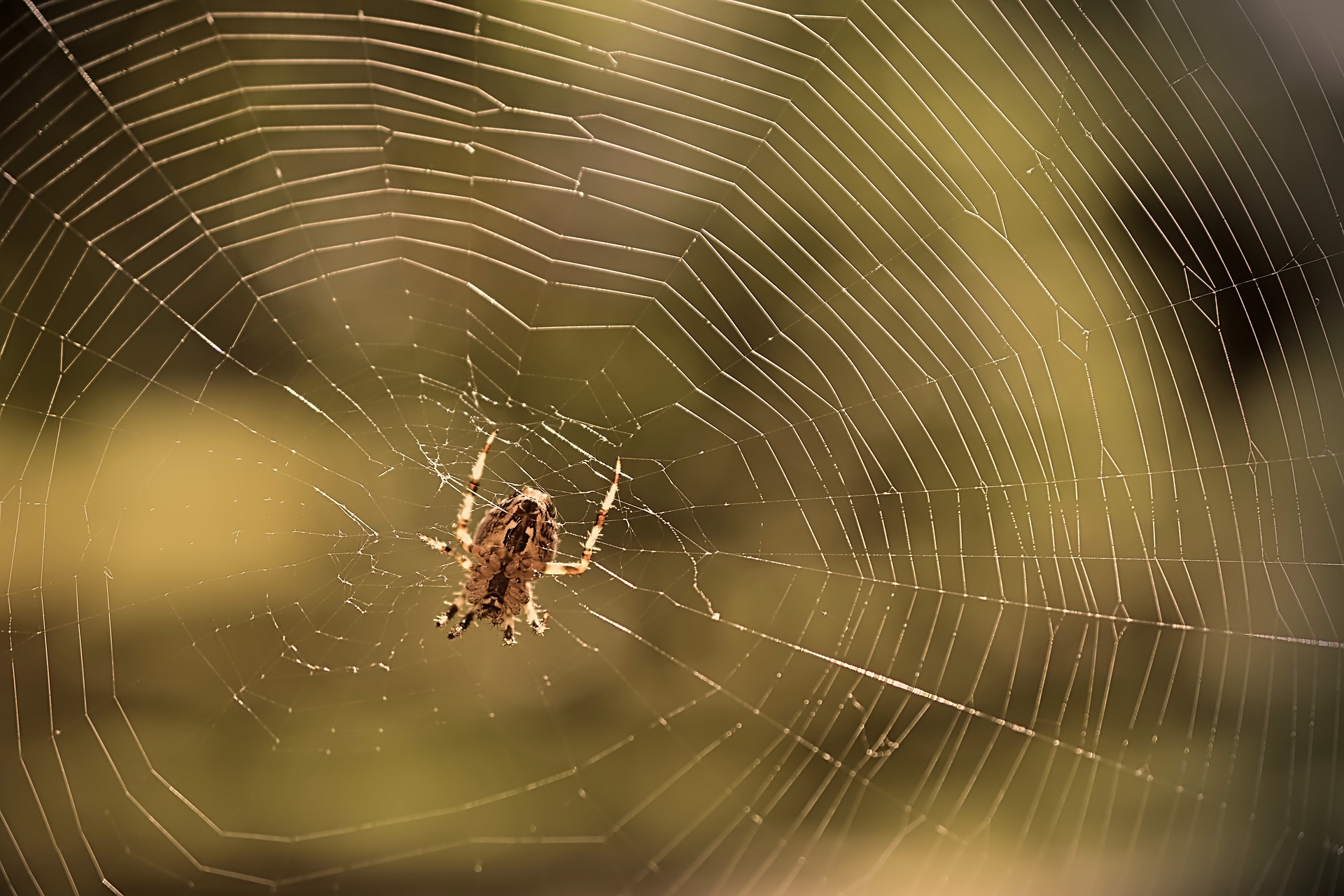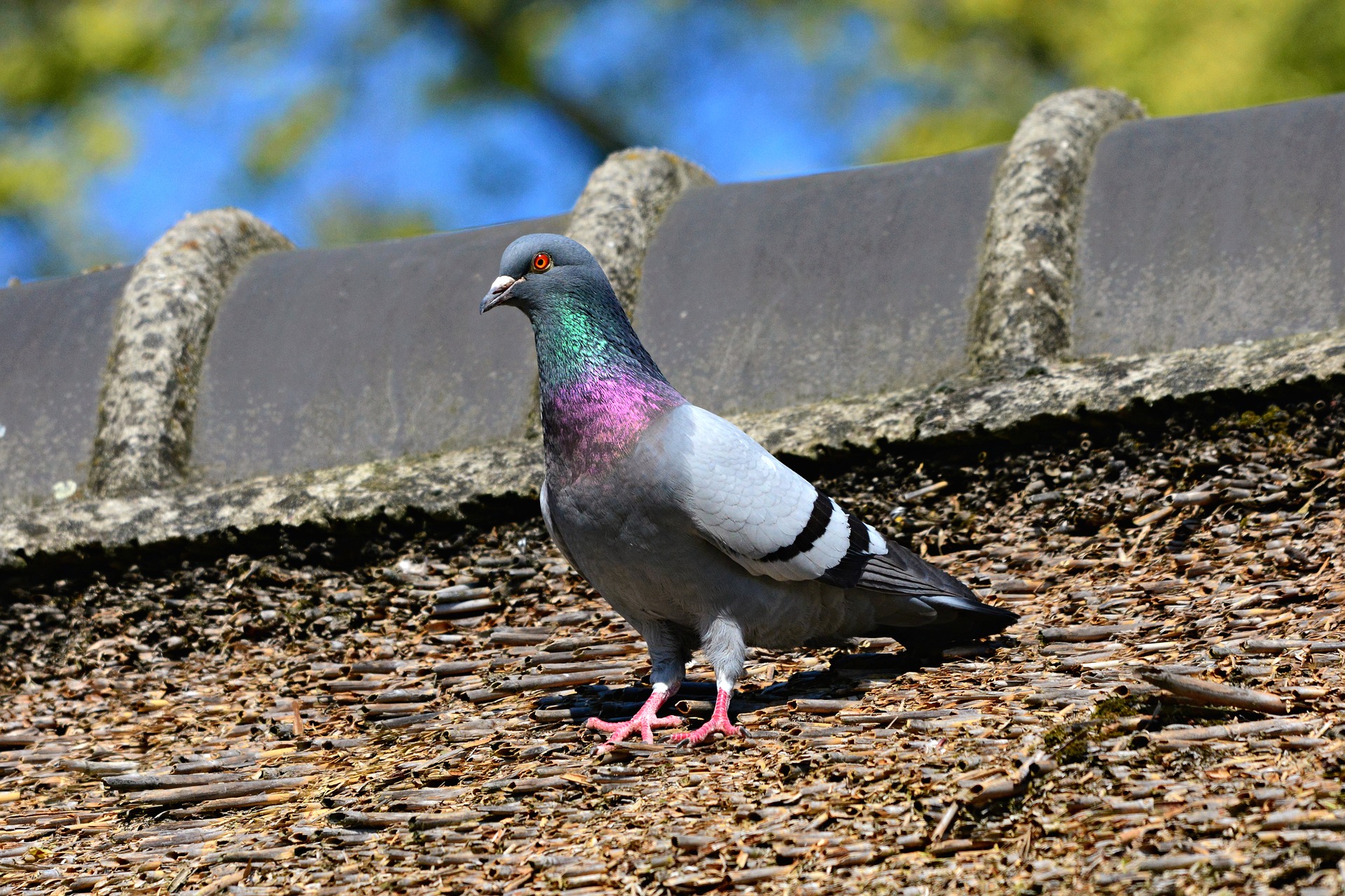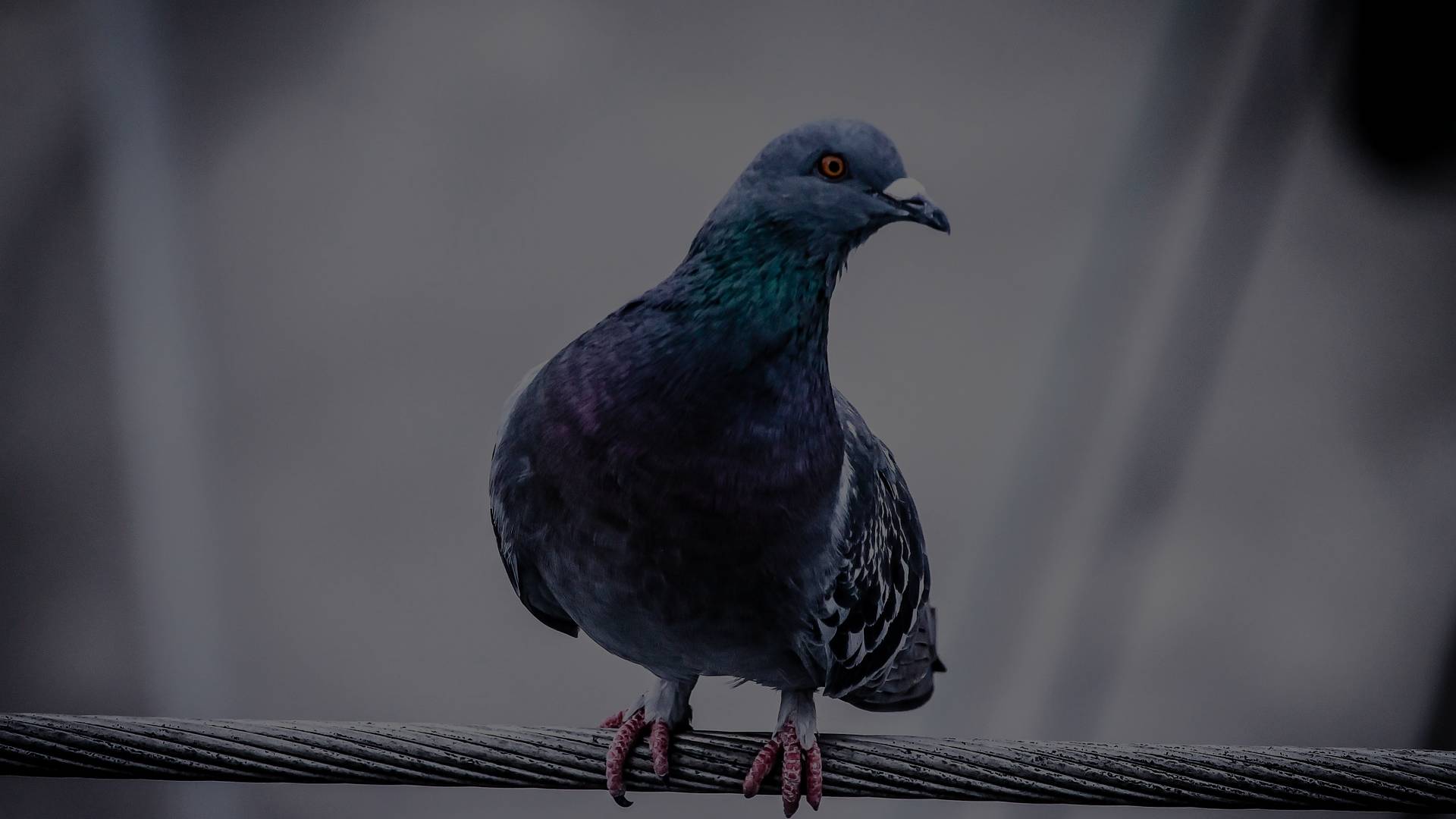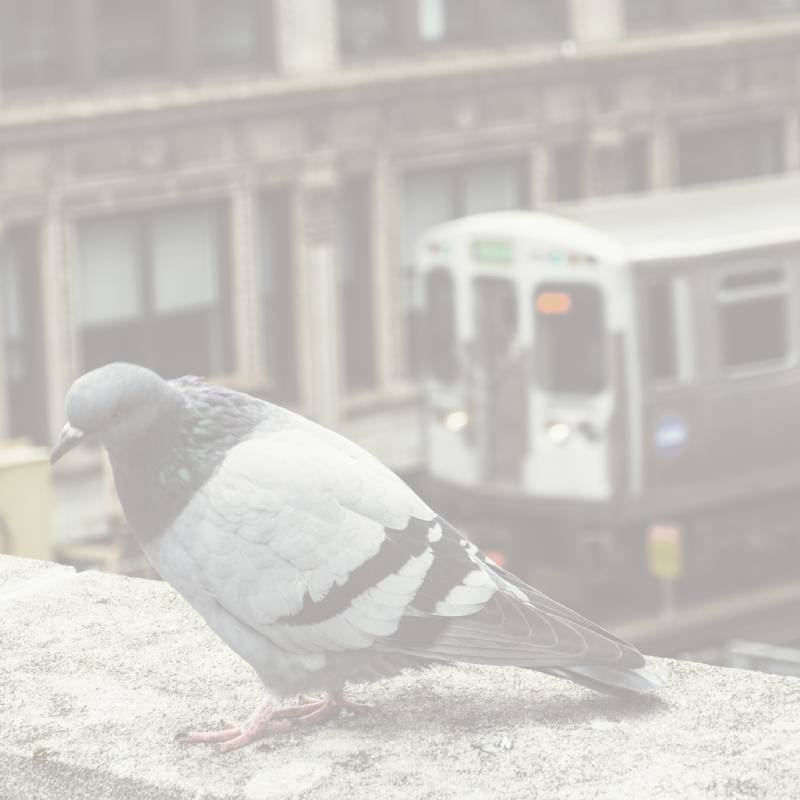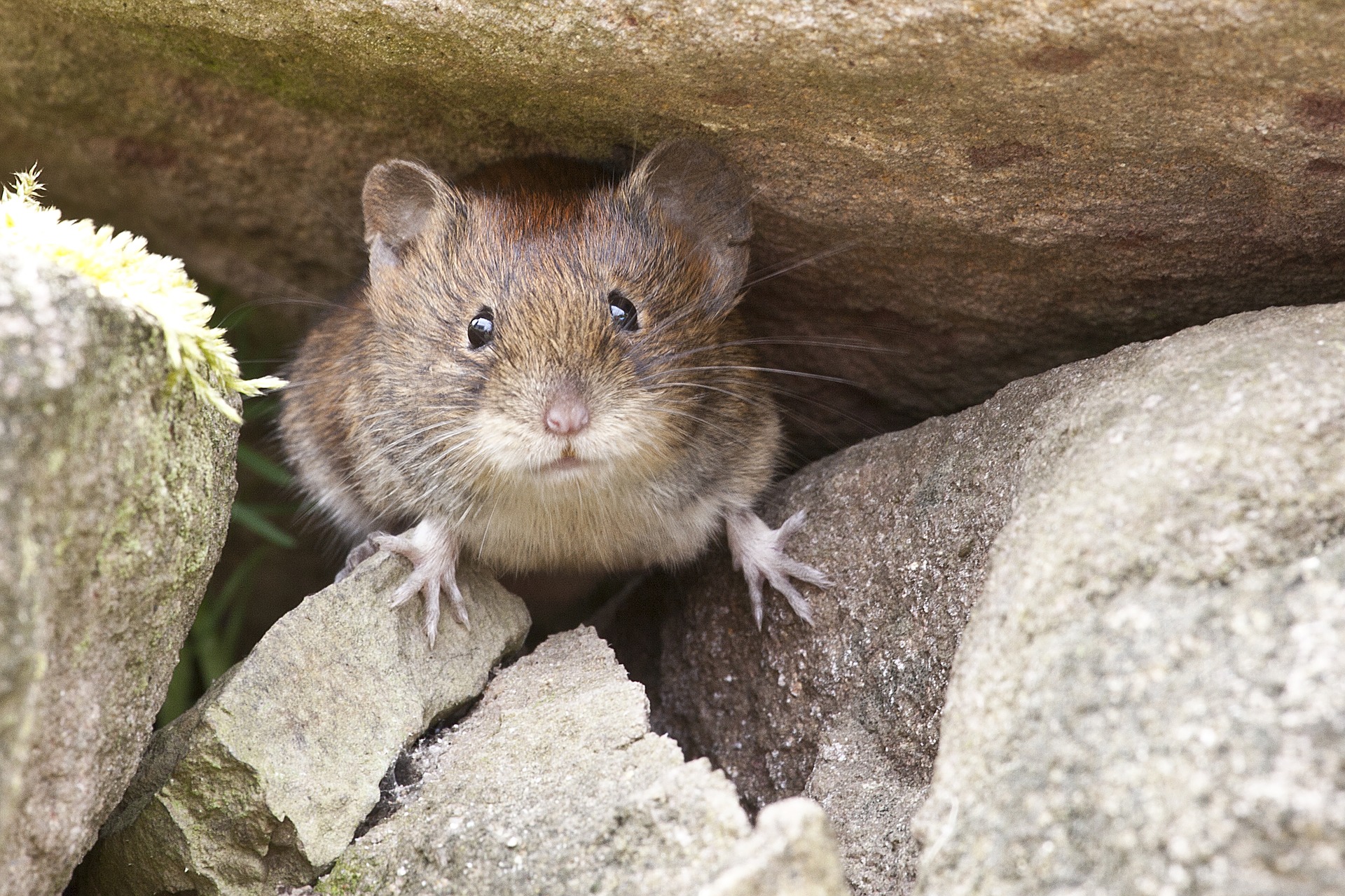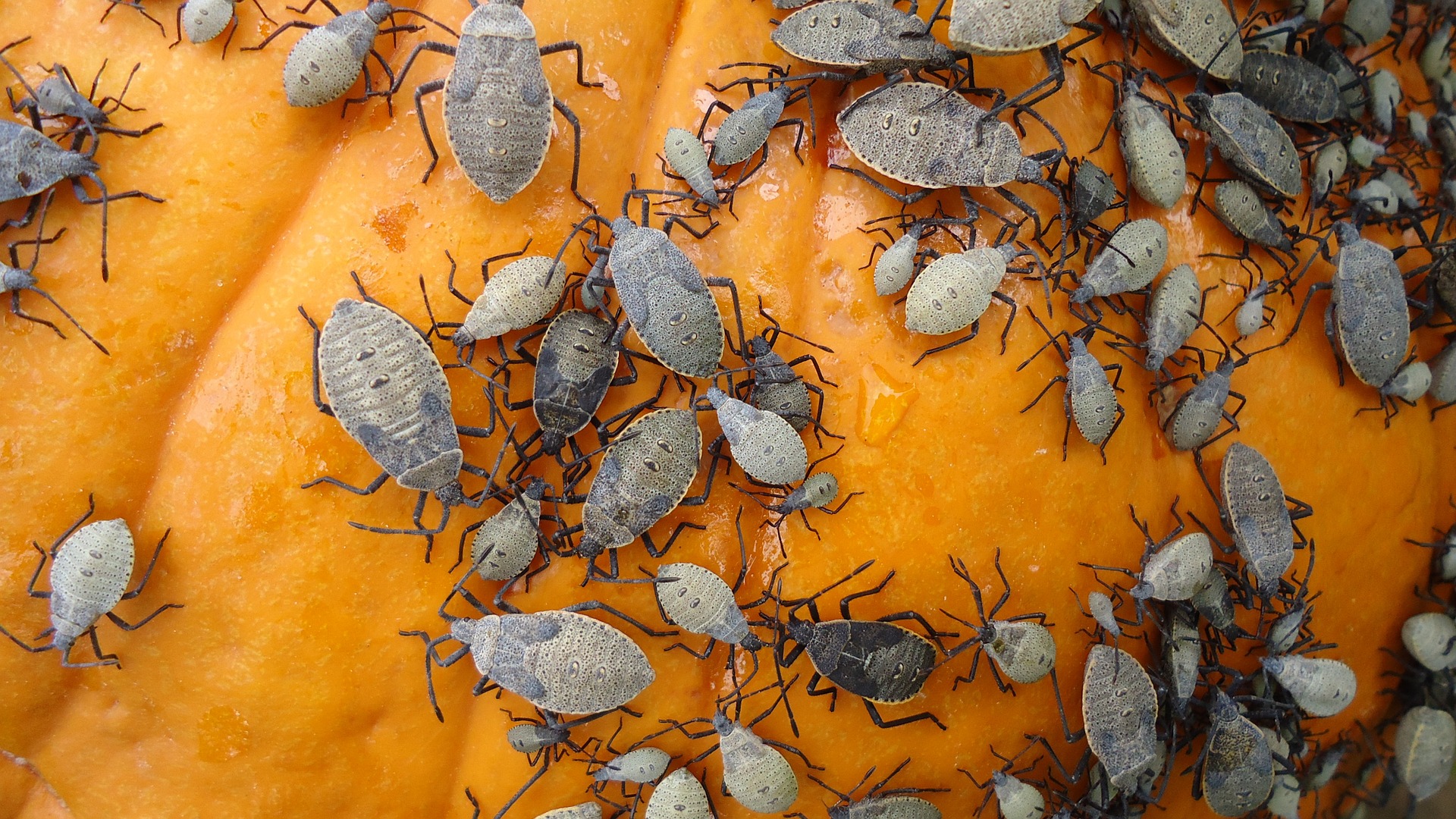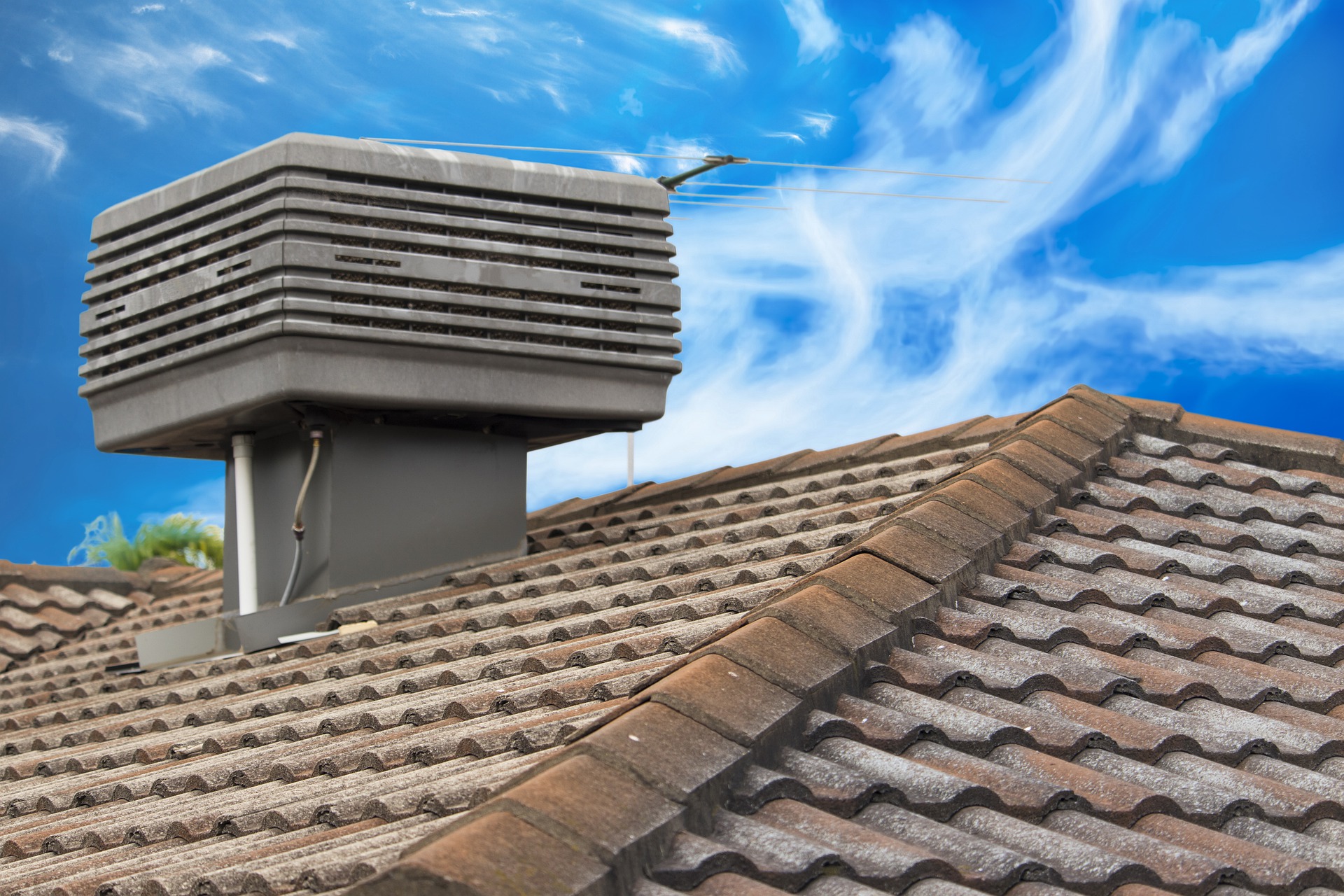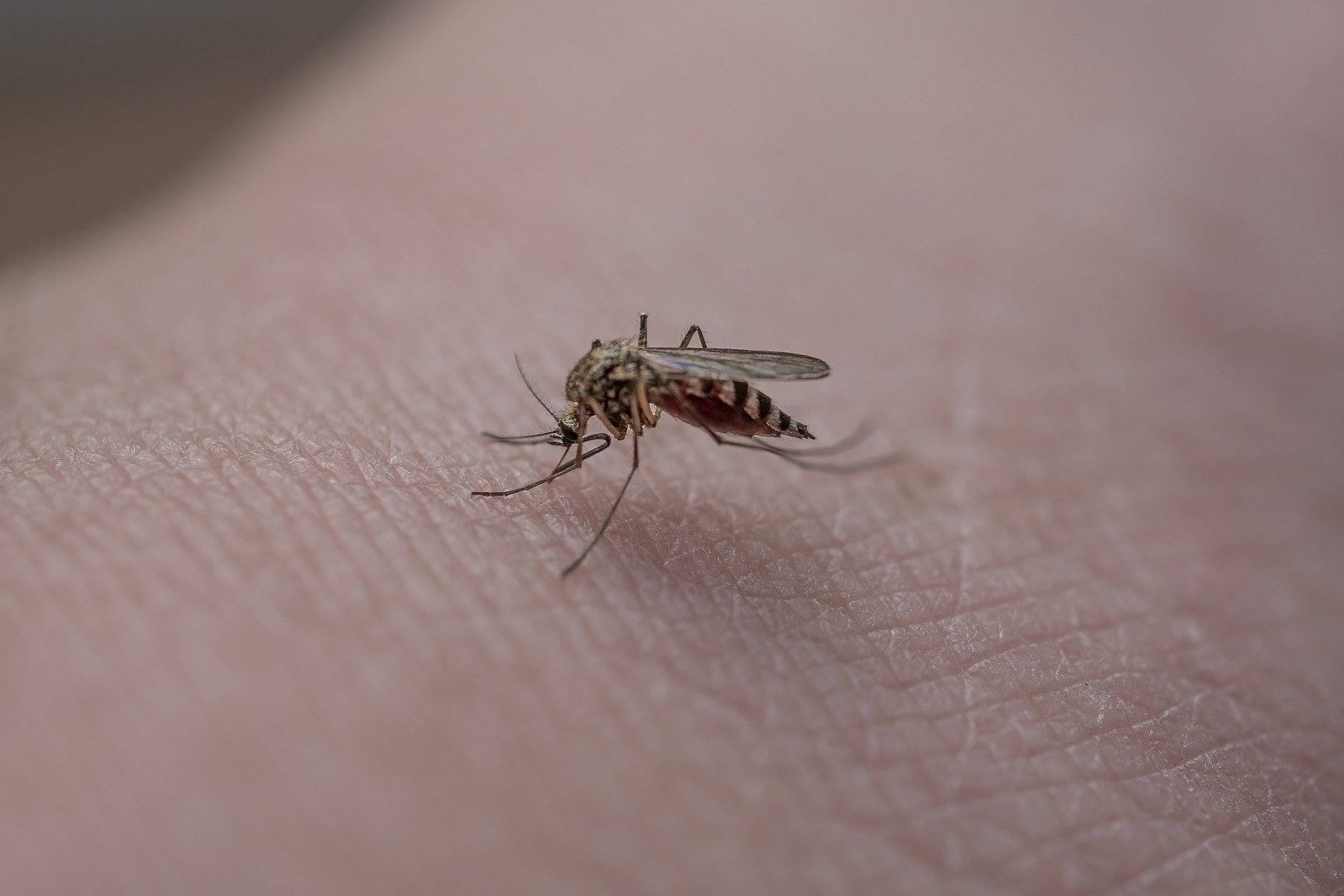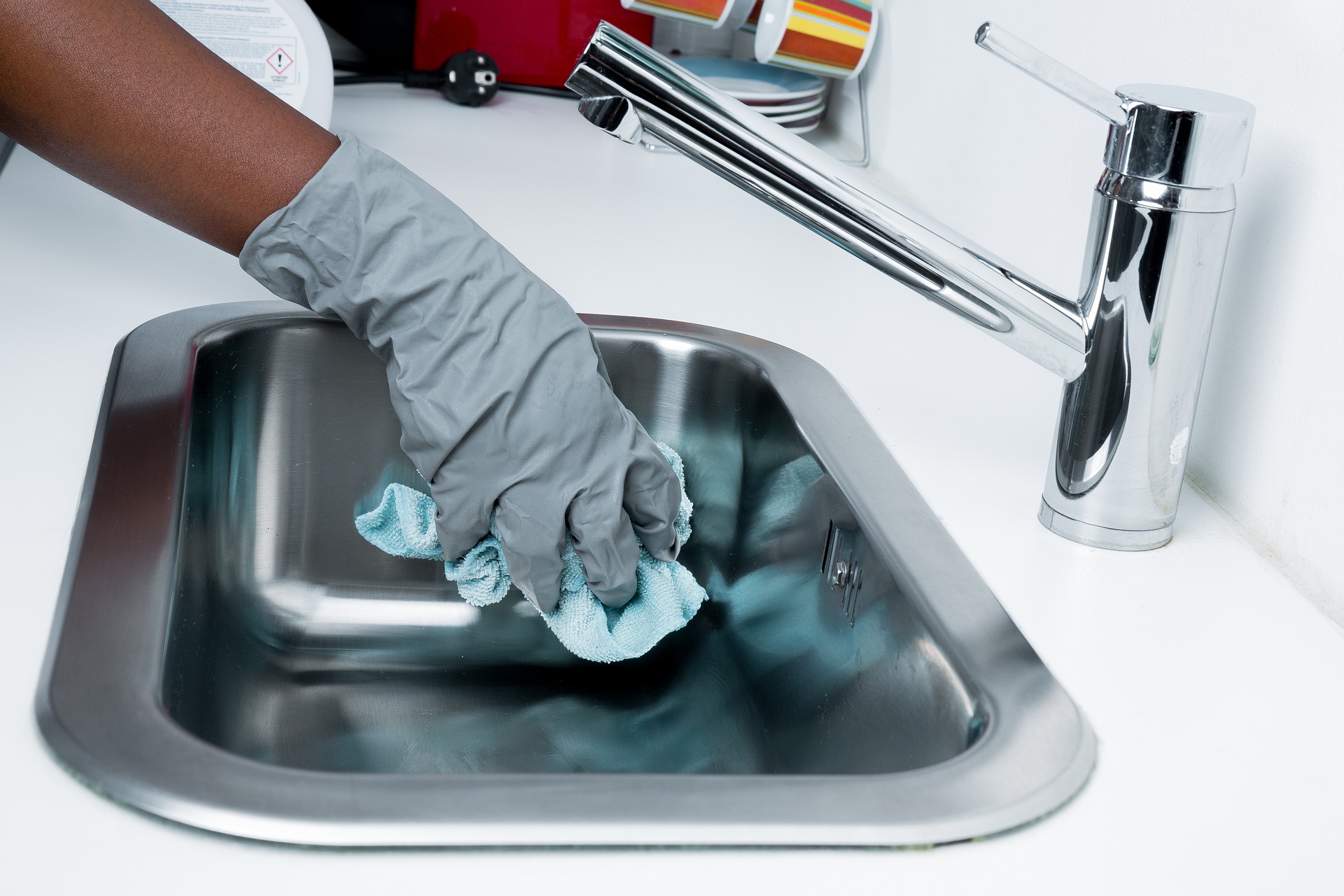Clothes Moth Removal in New York with 24 Hour Pest Control
Clothes moths are small little brownish moths that you might see flying listlessly around your house. They are not dangerous or fast, but they are voracious eaters. If you start noticing clothes moths around your home, it’s possible that your property has many more that are feeding on your clothes and blankets, and once they start they can be difficult to eliminate without professional help.
24 Hour Pest Control provides clothes moth extermination in NYC. With our in-depth inspections and rapid treatments, we can identify and get rid of these destructive pests in order to keep your clothing, furniture, and other belongings safe. Get an estimate for clothes moth removal when you call us at 646-661-7415.
What Are Clothes Moths?
Clothes moths consist of two different moth species – the case making moth and the webbing clothes moth. Unlike other moth species, these fabric moths feed primarily on animal fibers like those used in clothing. The adults in both moths species are pale brown or beige and about ¼ inch long. Even if you have an infestation, you might not see clothes moths flying around your closet. They tend to fly all-around your home, and they’re small and “gentle” looking enough that most people just squish them with a napkin without even a second thought.
But often, the existence of these adults represents a much larger problem. Clothes moth larvae have shiny white bodies with a dark head. The eggs they come from are attached to fabric threads and natural fabrics in the area around where they hatch make up their food source as they grow.
As they grow, the larvae will travel around closets and homes to find organic fibers to feed on. Depending on the presence of food, this growing stage for clothes moth larvae could take between a month and a few years, creating holes in your clothing and belongings the entire time.
Moths that live in heated buildings in NYC can continue to reproduce and develop all year long, meaning there is a chance they could infest a home or property at any time and quickly become a serious problem.
Why Are Clothes Moths a Problem?
With clothes moths, it is the larvae, not the adult moths that cause damage. A larva eats almost continuously as it is growing, and when there are dozens present, the damage can be extreme. The larval stage is relatively long-lasting too when compared to the two to three weeks each adult moth lives.
Clothes moth larvae will eat any fabric that contains animal-based materials. Items with food stains or perspiration are more enticing. Common targets of clothes moths include:
- Leather, Wool, or Silk Clothing
- Fur Coats
- Blankets
- Upholstery
- Curtains
- Rugs
- Down Pillows
Larvae most often eat away at areas that are hidden, such as beneath collars on clothing, in crevices of furniture, and carpet or rugs obscured by a piece of furniture. This makes it more likely that the infestation can last for several months or longer before you notice it. You may not even be able to find the damage until much later, because some people never see the larva – only the adult moths.
Clothes moths may also leave behind feces that stain fabric, causing additional challenges.
Clothes moths are a source of extensive economic damage in New York City every year. Because high-end or heirloom items are the ones most often made from natural fibers, an unchecked clothes moth infestation has financial and sentimental risks.
Even if you do not keep expensive garments or furniture at your property, clothes moths can often still find materials to eat. Synthetic or cotton blend fabric can still have enough of a food source for moth larvae, enabling them to cause costly damage at any property.
How Clothes Moth Pest Control Works
Most of our customers first notice the moths flying around the home, or they may first notice damage in their clothing or furniture. By this time, the infestation can be well established with hundreds of larvae in your home or business, making professional pest treatment a necessity to quickly and fully remove the moths.
Our clothes moth treatment begins with identification. We inspect closets, furniture, rugs, and other areas where moths are likely to hide. We look not just on the surface, but into crevices and cracks where moths retreat when hiding or transforming from larva to adult.
We also search for silken tubes that are distinctive of webbing clothes moths or silk cases made by case-making moth larvae. We can also identify more subtle damage done by cloth moths, like that which occurs on fur.
When we have confirmed clothes moths are in your home and know how far they have spread, we create a treatment plan that will rapidly reduce the population. Options can include:
- Trapping – We use pheromone traps that attract adult clothes moths specifically. The moth flies into the trap and is caught on the sticky sides. Traps offer some population control as they reduce the number of moths available to mate. They are also useful in monitoring clothes moths as trapped adults usually mean destructive larvae are nearby.
- Reduce Moth Habitats – A form of pest exclusion, we work with you to eliminate the factors that attracted clothes moths into your home and the places that allowed them entry. Small cracks in the sides and foundations of buildings are one of the main ways clothes moths get in and we can seal up those we locate.
- Insecticide Treatments – We can apply dust treatments to closets and spaces where moths have collected to kill those moths not currently on fabric. Spray insecticides can treat fabric items directly, making it possible to handle objects that cannot be laundered or exposed to certain conditions like heat.
- Fumigation – For the most extreme infestations, fumigation offers an effective way to remove every moth. This comprehensive method is rarely needed, however, as we can typically get rid of clothes moths with less invasive methods.
We know that many of the items that clothes moths inhabit and consume will be some of your most prized possessions. If the clothes moths are on your clothing or furniture, you are also regularly in contact with these surfaces. We use nontoxic treatments that are safe around you and your family, as well as methods that will not cause any additional damage to your belongings.
Each treatment is especially considered for your home and the objects we are treating. We take care with your belongings, ensuring we choose methods that will preserve delicate furniture, garments, or rugs while still removing any moths or larvae.
We also take steps to educate our customers on the biology and habits of clothing moths. By pointing out the signs and sharing prevention techniques, we can help you reduce the chance of a recurring infestation later on.
DIY Clothes Moth Prevention and Removal
Preventing damage from clothes moths requires limiting their easy access to a food source, which is most often the closet. These steps can be performed regularly by homeowners to make an infestation less likely:
- Launder Clothing – Food stains and sweat can further attract moths to your clothing. Laundering regularly will remove stains and wash off any existing eggs or larvae.
- Keep Closet Lights On – Larvae dislike light. Leaving the lights on makes it difficult for them to find a hiding place.
- Store Clothes for the Long Term – When putting clothes into long-term storage, use vacuum sealed bags or similar methods to keep larvae from getting into them.
- Vacuum Regularly – Vacuuming, including inside closets, can pick up larvae in carpets and on floors.It also removes pet hair and other debris that can be a food source.
If clothes moths have already infested your closet, you can attempt DIY removal by first disposing of any garments or items that have been irreparably damaged. Seal them in plastic bags before throwing them out.
With any remaining clothes, vigorously use a vacuum or brush to sweep away the remaining moth larvae. Dry cleaning clothing and washing garments or curtains in at least 120-degree water for 20 minutes can kill moths that vacuuming missed. Finally, use the vacuum on floors, walls, and shelving to pick up any remaining eggs or larvae.
Why Choose 24 Hour Pest Control NYC LLC for Clothes Moth Extermination?
24 Hour Pest Control is a local, full-service pest control company in NYC. We use the latest pest science in our treatments in addition to a highly trained and experienced team. They are able to find the most elusive pests, get rid of them fast, and help you keep them from coming back. Along with professional service at a competitive price, we can also promise:
- Licensed pest control services.
- Dependable and on-time service that prioritizes our customers.
- Guaranteed effectiveness.
Our clothes moth extermination is available to homes, apartments, condos, and commercial properties throughout NYC, including all 5 boroughs and Long Island City. If you want to stop clothes moth damage fast or if you’ve already tried to eliminate this pest with little success, 24 Hour Pest Control offers NYC clothes moth extermination at an affordable price. Contact us anytime to get started.

